Want Christian homeschool science curriculum you and your children will love? Check out three options for elementary, middle, and high school students.
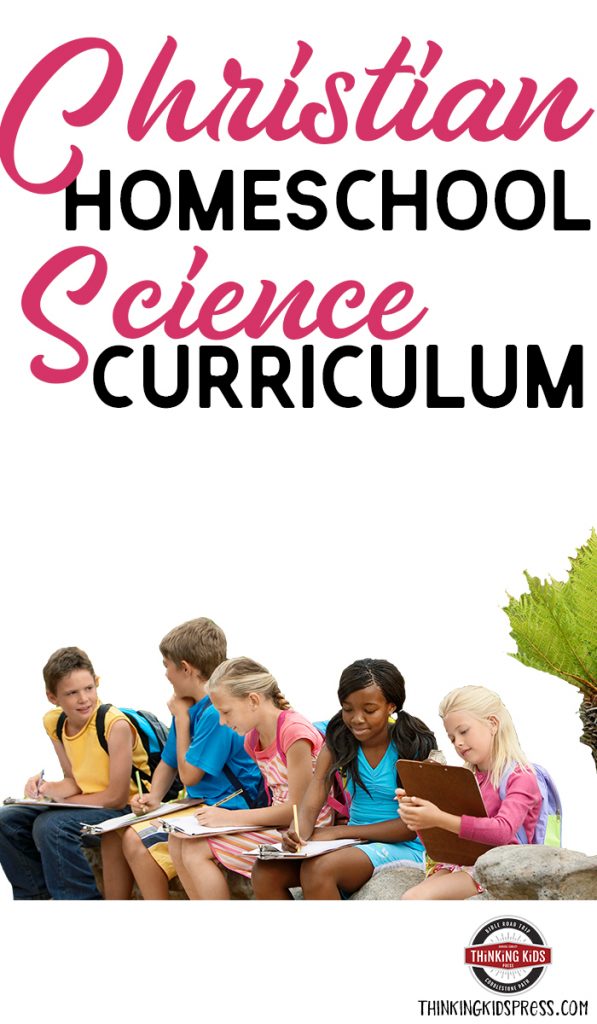
Science. The very word used to bring to mind long algebraic formulas, brain-numbing laws, and useless facts. Oh… and repetition. Lots and lots of repititious experiments.
Mind you, it’s not that I don’t have a solid background in science. I was, after all, pre-med for almost two years before I suddenly decided to become an artist. Now I write–there are so many great things to do with one’s life!
It’s just that from the very beginning for me, science was a spiral of facts and disciplines, never spending enough time in any one area to truly interest me until college. By that time, it was no longer interesting to me–it was brain-numbing. Sure, there were the occasional bright spots–like the day I caused an explosion in the lab and we had to use that awesome shower. But for the most part, science put me to sleep.
When we decided to teach our kids at home (gasp), science had me sweating. The boys wanted to be scientists, and one of the great disappointments of their little lives was that the Christian school they attended didn’t allow them more time in the incredible science lab.
How could I meet their needs? I didn’t even have a science lab!
That’s when a friend suggested Apologia Science. Oh, how I love Apologia’s elementary science series, written by Jeannie Fulbright.
We’ve gone on through high school, using amazing Creation science homeschool curriculum, all of it focused on the Creator–God, who made all of the heavens and the earth and everything that holds it all together. We added some really fun resources, and used other curriculum to supplement (I mentioned that my boys LOVE science, right?).
Here are our three favorite homeschool Creation science companies, and the resources I suggest.

Elementary Homeschool Science Curriculum
1) Apologia Exploring Creation Series
We used all of the Apologia Exploring Creation series, except for Chemistry and Physics, because it was published after our kids had already moved on to middle school science. We loved notebooking with their notebooks as well!
What do I love about Apologia elementary homeschool science curricula? Let me give you a list:
- It focuses on God and His design of creation.
- It is in-depth, and kids come away with quite a bit of knowledge in the area they’ve studied.
- It’s fun and interesting.
- We can do it together as a family, rather than individually studying science at different levels.
- The experiments use regular household items, and almost always work. When they don’t (only twice), I am quite certain the failure is mine, as it was the day I caused that nifty lab explosion.
- There are about 14 lessons, so at two days a week, we could cover a book in 28 weeks. We’ve also sometimes did a lesson a week (rather than every two weeks), but my kids tended to get really involved in whatever we were studying, so it was nice to have extra time. For example, oncewe spent an entire morning “birding” in our backyard. They were so excited! Even at an early age, they were using technical language and classifying birds according to the rules of taxonomy.
- The accompanying notebooking journals are fantastic. (There are also junior notebooks, but we haven’t used them). They’re fun, they’re colorful, and they reinforce everything we were learning. Once, my boys spent an entire day gathering different leaves, classifying them, and taping them in their notebooks. They also journaled three pages worth of information about different types of nests. They had so much fun. The journals also have vocabulary crosswords, places to take notes, projects, experiment pages, copywork, minibooks, and a unit test.
- The kids can also make their own notebooks if they wish.
- When there is something humans just don’t know about science, Jeannie Fulbright–the author–is quick to point it out. When there is evidence against evolution and for creation, she is quick to point that out as well.
In elementary school, the boys drew pictures in their journals while I read aloud. At the end of each little section, I paused, we discussed, and they took notes. That usually took two of the four days we spent on each lesson. We spent another day working on written review (minibooks, a vocab crossword, etc), and the fourth day covered an experiment, and sometimes an additional activity.
Exploring Creation With Astronomy (Young Explorer Series) (Young Explorer (Apologia Educational Ministries)) Exploring Creation With Botany (Young Explorer (Apologia Educational Ministries))
Exploring Creation With Botany (Young Explorer (Apologia Educational Ministries)) Exploring Creation with Zoology 1: Flying Creatures of the Fifth Day (Young Explorer (Apologia Educational Ministries))
Exploring Creation with Zoology 1: Flying Creatures of the Fifth Day (Young Explorer (Apologia Educational Ministries)) Exploring Creation With Zoology 2: Swimming Creatures of the 5th Day (Young Explorer (Apologia Educational Ministries))
Exploring Creation With Zoology 2: Swimming Creatures of the 5th Day (Young Explorer (Apologia Educational Ministries)) Exploring Creation with Zoology 3: Land Animals of the Sixth Day (Young Explorer Series)
Exploring Creation with Zoology 3: Land Animals of the Sixth Day (Young Explorer Series) Exploring Creation with Human Anatomy and Physiology (Young Explorer Series)
Exploring Creation with Human Anatomy and Physiology (Young Explorer Series) Exploring Creation With Chemistry and Physics
Exploring Creation With Chemistry and Physics
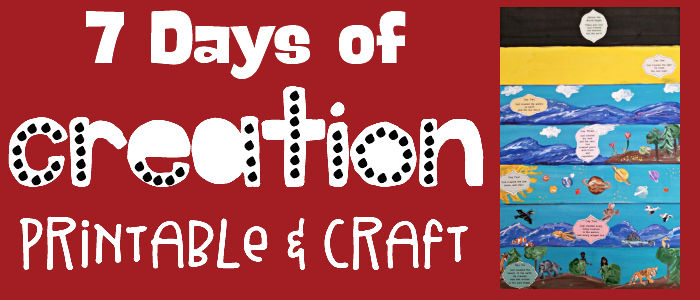
2) Berean Builders by Dr. Jay Wile
This series by Dr. Jay Wile (who wrote many of Apologia’s middle and high school science curricula) was published after my boys were out of elementary school. The set looks wonderful, and covers science in a historical manner.
The series is described as: “A hands-on, multilevel elementary science series that introduces scientific concepts using history as its guide. Because each lesson is built around an activity or experiment, it is engaging for all K-6 students. In addition, there are three levels of review for each lesson, so the parent/teacher can choose the depth at which each student is expected to grasp the material. The course contains roughly 90 hours of instruction, 35 of which are composed of hands-on activities.”
I love that! I’m already a fan of Dr. Wile’s, as we used all of his materials for our middle and high school science.
Wondering how presenting science in the context of history works out? Here’s the description of the first book: “The beginning of history is given in the Bible’s creation account, and this book uses the days of creation as a way of introducing a wide range of scientific concepts including the nature of light, energy conservation, the properties of air and water, introductory botany, our solar system, basic zoology, and some aspects of human anatomy and physiology. As the students learn about these scientific concepts, they are constantly reminded of the Creator who fashioned the marvels they are studying.”
I think this sounds like a wonderful option for studying science.
Science in the Beginning: Textbook + Hints and Helps (Teacher’s Guide) Set by Jay Wile Science in the Ancient World by Jay Wile, Textbook + Teacher’s Guide, Homeschool Science Textbook
Science in the Ancient World by Jay Wile, Textbook + Teacher’s Guide, Homeschool Science Textbook Science in the Scientific Revolution: Textbook + Hints & Helps Teacher’s Guide
Science in the Scientific Revolution: Textbook + Hints & Helps Teacher’s Guide Science in the Age of Reason Set
Science in the Age of Reason Set Science in the Industrial Age, Hardbound Textbook + Hints and Helps Teacher’s Booklet
Science in the Industrial Age, Hardbound Textbook + Hints and Helps Teacher’s Booklet Science Through History, Complete Boxed Set: Science in The Beginning, Ancient World, Scientific Revolution, Age of Reason, Industrial Age
Science Through History, Complete Boxed Set: Science in The Beginning, Ancient World, Scientific Revolution, Age of Reason, Industrial Age
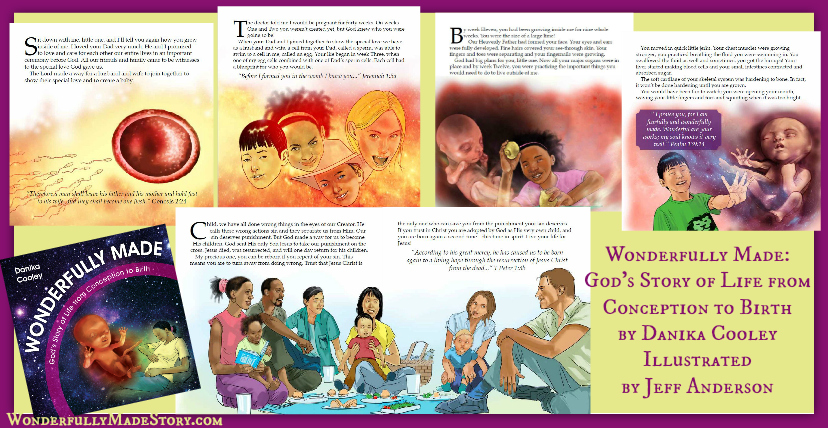
Check out God’s story of life from conception to birth with your elementary aged kids!
3) Master Books
We have really enjoyed the science resources from Master Books. Their books come with Teacher Guides and can be used as curriculum.
I personally think the MB line of science resources is less intense than Apologia resources (and than I suspect Berean Builders curriculum is). We added their resources to our readings because they are gorgeous and informative. They were so much fun to read! I loved this anatomy set by Dr. Lainna Callentine.
Elementary Anatomy: Nervous, Respiratory, & Circulatory Systems Teacher Guide (God’s Wondrous Machine) The Electrifying Nervous System (God’s Wondrous Machine)
The Electrifying Nervous System (God’s Wondrous Machine) The Breathtaking Respiratory System (God’s Wondrous Machine)
The Breathtaking Respiratory System (God’s Wondrous Machine) The Complex Circulatory System (God’s Wondrous Machine)
The Complex Circulatory System (God’s Wondrous Machine)
Middle School Homeschool Science Curriculum
1) Apologia by Dr. Jay Wile
We continued using Apologia resources in Middle School. Our kids enjoyed using both General Science and Physical Science, and they set up a great foundation for high school science. Each was an overview of a broad range of subjects.
Exploring Creation with General Science Solutions and Tests for Exploring Creation with General Science, 2nd Edition
Solutions and Tests for Exploring Creation with General Science, 2nd Edition Exploring Creation with Physical Science Text Only
Exploring Creation with Physical Science Text Only Solutions and Tests for Exploring Creation With Physical Science
Solutions and Tests for Exploring Creation With Physical Science
2) Master Books
We love the resources available from Master Books. The Wonders of Creation series was perfect for adding to our studies in late elementary / early middle school. In middle school the boys also read The Exploring series by John Hudson Tiner.
Both series are wonderful. You can purchase parent teacher guides, or just allow your kids to read these fascinating books. If your kids aren’t on a science-heavy track, I think these are perfect.
For kids like ours, who wanted lab-based science, and as much knowledge as they could get their hands on, these were all wonderful additions to our library and to the middle school years. Master Books, like Apologia and Berean Builders, gives glory to the Creator while kids learn about the creation.
The Mineral Book (Wonders of Creation) The New Astronomy Book (Wonders of Creation)
The New Astronomy Book (Wonders of Creation) The New Weather Book (Wonders of Creation)
The New Weather Book (Wonders of Creation) The Fossil Book (Wonders of Creation)
The Fossil Book (Wonders of Creation) The Cave Book (Wonders of Creation)
The Cave Book (Wonders of Creation) The Archaeology Book (Wonders of Creation)
The Archaeology Book (Wonders of Creation) New Ocean Book, the (Wonders of Creation)
New Ocean Book, the (Wonders of Creation) The Ecology Book (Wonders of Creation)
The Ecology Book (Wonders of Creation) The Geology Book (Wonders of Creation)
The Geology Book (Wonders of Creation) Exploring the World of Physics: From Simple Machines to Nuclear Energy (Exploring Series) (Exploring (New Leaf Press))
Exploring the World of Physics: From Simple Machines to Nuclear Energy (Exploring Series) (Exploring (New Leaf Press)) Exploring the World of Chemistry: From Ancient Metals to High-Speed Computers (Exploring Series) (Exploring (New Leaf Press))
Exploring the World of Chemistry: From Ancient Metals to High-Speed Computers (Exploring Series) (Exploring (New Leaf Press)) Exploring Planet Earth: The Journey of Discovery from Early Civilization to Future Exploration (Exploring Series) (Sense of Wonder Series)
Exploring Planet Earth: The Journey of Discovery from Early Civilization to Future Exploration (Exploring Series) (Sense of Wonder Series) Exploring the World of Astronomy: From Center of the Sun to Edge of the Universe
Exploring the World of Astronomy: From Center of the Sun to Edge of the Universe Exploring the History of Medicine
Exploring the History of Medicine Exploring the World of Mathematics: From Ancient Record Keeping to the Latest Advances in Computers (The Exploring)
Exploring the World of Mathematics: From Ancient Record Keeping to the Latest Advances in Computers (The Exploring) Exploring The World of Biology
Exploring The World of Biology
High School Homeschool Science Curriculum
1) Apologia
Just as we loved Apologia for elementary and middle school, we’ve loved it for high school as well. The course work takes about 3-4 hours each week, with a module requiring 2 weeks of labs. This is a wonderful program for college-bound kids who care about science.
We love to use the notebooks with our work. The boys are doing Health and Nutrition this year (along with chemistry), and the student notebook is necessary to complete that course. They are doing the course at the same time they’re doing Discovering Design with Chemistry*, and the workload has been fine.
The boys are currently studying for the Biology CLEP test to earn college credit, and we haven’t encountered many concepts they didn’t cover in Apologia’s Exploring Creation with Biology 2. We’re very happy with this curriculum!
*Note: We are using Dr. Wile’s Discovering Design with Chemistry from Berean Builders. He felt there were serious issues with the 3rd edition of his Apologia Chemistry book after he left the company, so he wrote one for Berean Builders (his own company). We decided to use the Berean Builders text instead.
Exploring Creation with Biology Exploring Creation with Health and Nutrition
Exploring Creation with Health and Nutrition Exploring Creation with Health and Nutrition Student Notebook
Exploring Creation with Health and Nutrition Student Notebook Exploring Creation With Physics
Exploring Creation With Physics Exploring Creation with Advanced Biology: The Human Body
Exploring Creation with Advanced Biology: The Human Body Advanced Biology: THB 2nd Edition, Test and Solutions Manual
Advanced Biology: THB 2nd Edition, Test and Solutions Manual Advanced Chemistry in Creation
Advanced Chemistry in Creation Exploring Creation with Advanced Physics
Exploring Creation with Advanced Physics Exploring Creation with Marine Biology
Exploring Creation with Marine Biology
2) Berean Builders by Dr. Jay Wile
Again, we’ve used Dr. Wile’s Discovering Design with Chemistry as a replacement for his Apologia text, which he felt was impacted negatively by revisions made by the company once he left.
Discovering Design with Chemistry Textbook Digital Labs for Discovering Design with Chemistry
Digital Labs for Discovering Design with Chemistry
3) Master Books
We haven’t tried the high school level science curriculum from Master Books, but I suspect it’s wonderful. It’s a Creation Science option worthy of checking out!
Building Blocks in Earth Science Building Blocks in Life Science
Building Blocks in Life Science Building Blocks in Science (Laying a Creation Foundation)
Building Blocks in Science (Laying a Creation Foundation) The Genesis of Germs
The Genesis of Germs Body by Design: An Anatomy and Physiology of the Human Body
Body by Design: An Anatomy and Physiology of the Human Body
Looking for more Creation Science resources? Check out our lists of books for kids and teens!
Books Make Great Gifts!
Teach Your Kids the Bible with Bible Road Trip™
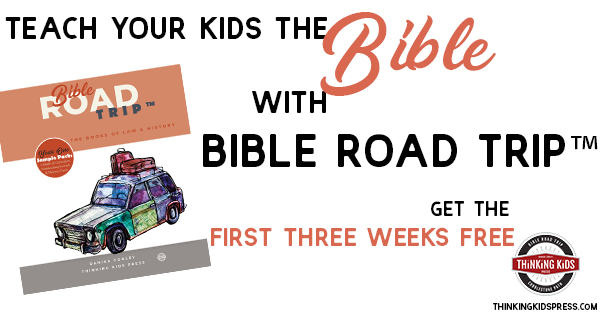
Bible Road Trip™ is a three-year Bible survey curriculum. Take your family through the Bible five times from preschool to high school.
To help you get the most out of your studies, Bible Road Trip™ has an array of coordinating weekly activities:
- Researching the section of the Bible you’re studying
- Reading and discussing the Bible
- Memorizing Scripture
- Notebooking about your studies
- Praying for the nations
- Suggestions for further study
- Crafting about what you’ve learned
- For your older students: A project to share what they’ve learned
- Bible Road Trip™ also has some great tools you can use along with it, such as:
- Notebooking Journals for grades 1-9. Want a structured notebooking journal for high school? Don’t hesitate to use the Dialectic journal (grades 7-9).
- Bible Memory Card Sets for all five levels of study, preschool to high school. These are available in both ESV and KJV.
Grab your Bible Road Trip™ Year One Sample Pack. You’ll get:
- The Bible Road Trip™ Parent / Teacher Guide.
- The first three weeks of the curriculum for all five learning levels. Week Three is where we really dive into the Bible and begin to our systematic study. Week Three will give you a good feel for the rest of the curriculum.
- The first three weeks of the Bible Memory Card sets for all five levels, in ESV and KJV.
- The first three weeks of each of the three leveled Notebooking Journals.
Grab the Sample Pack for FREE:

Disciple your kids by taking your family through the Bible together in a meaningful way!
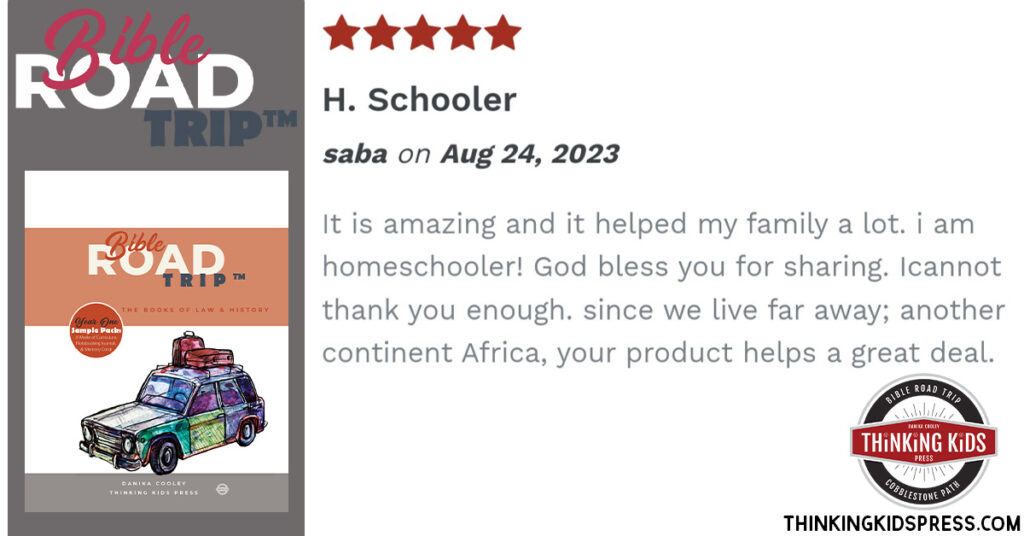
Bible Road Trip™ Curriculum
Take a look inside the Bible Road Trip™ curriculum! Let me show you around:
Bible Resources for Your Kids
Learn More HereLearn More HereLearn More HereLearn More HereLearn More HereLearn More Here
More Thinking Kids Posts You’ll Love
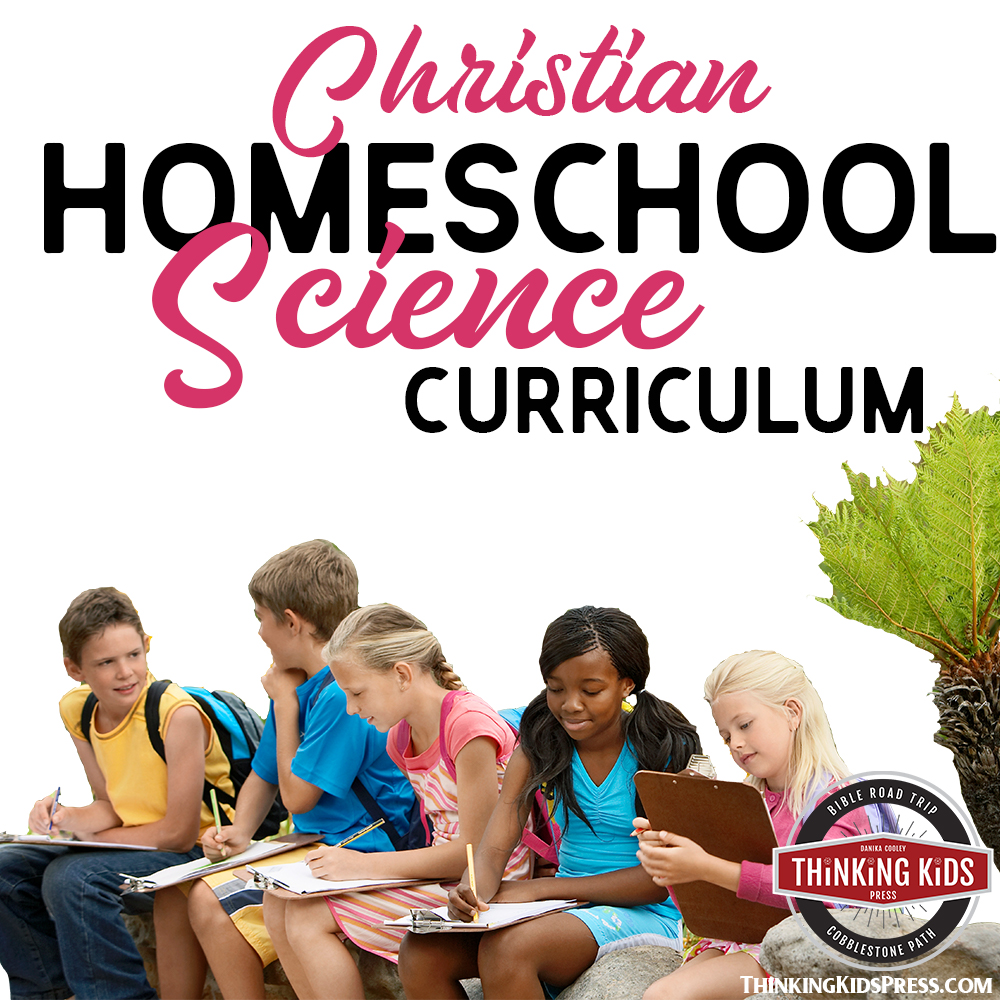
Join the newsletter

Get the Family Prayer Box Project FREE!
Teach your children to pray with this fun project that includes 7 printable sets!













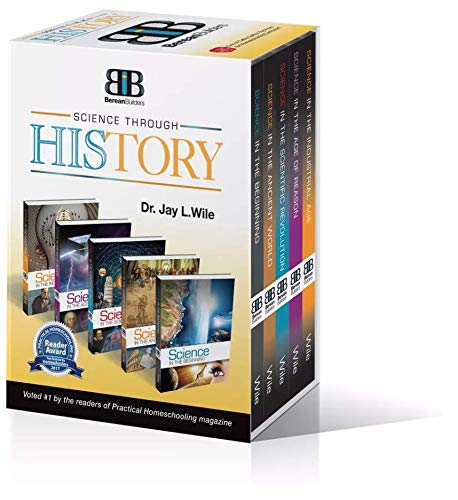
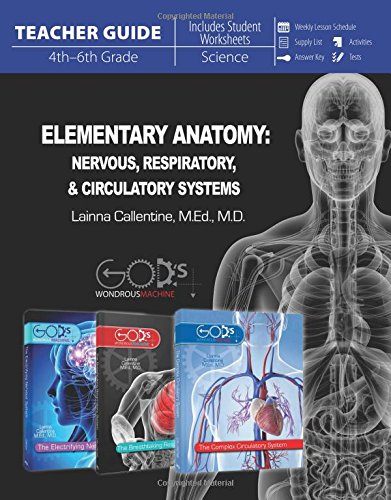

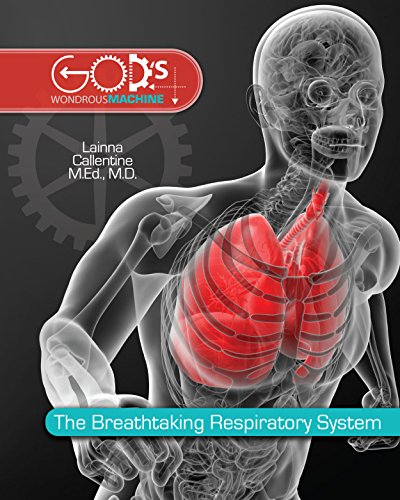





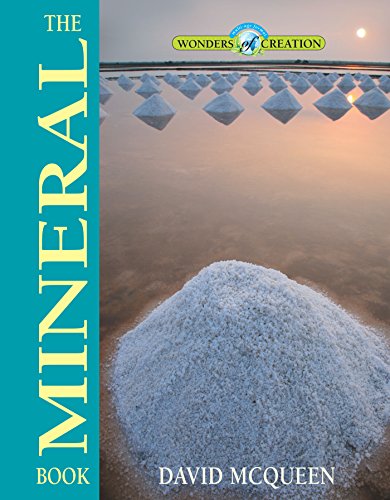



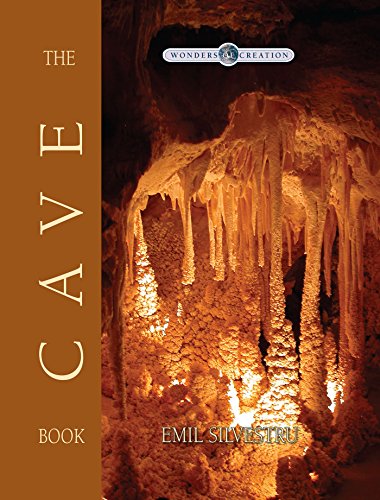









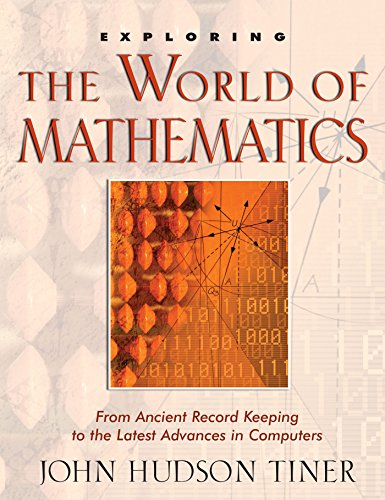
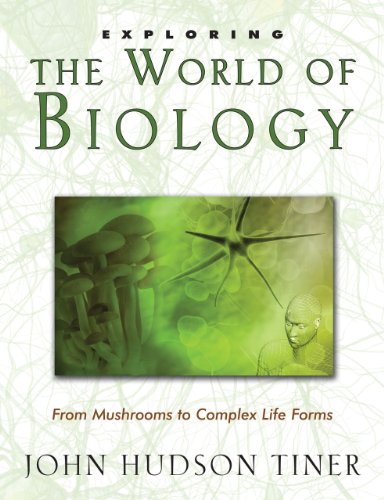
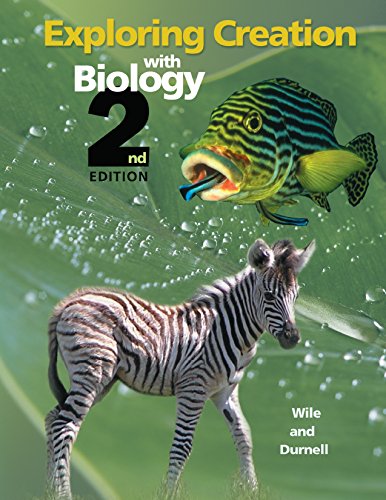

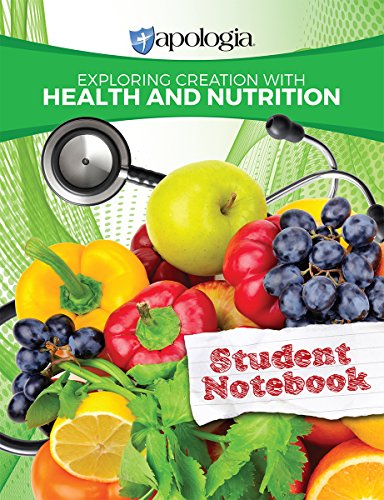



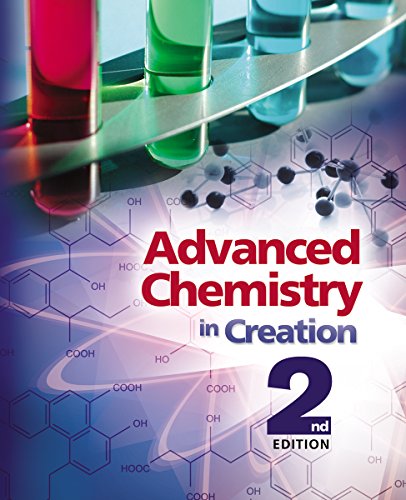
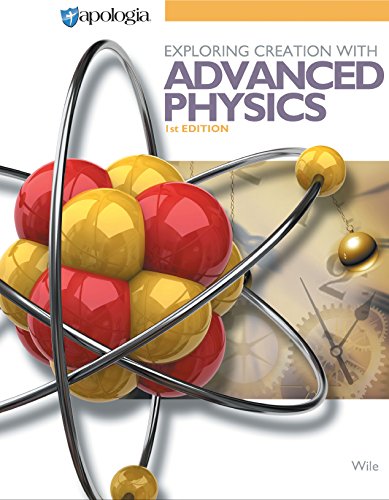


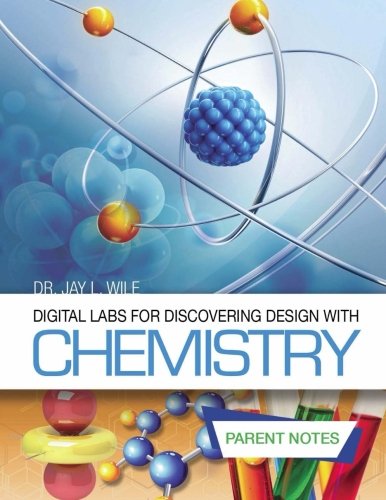
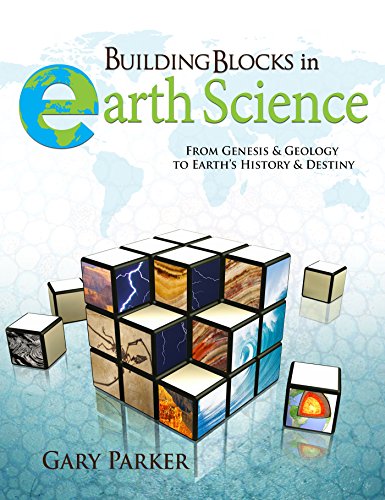
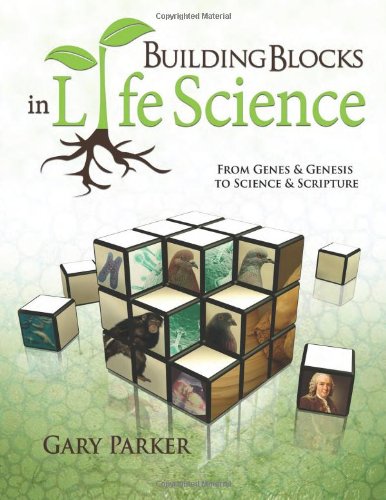
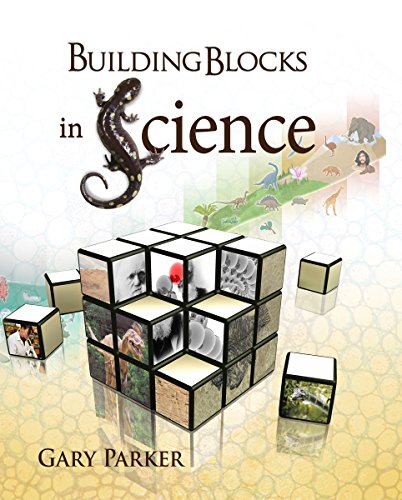
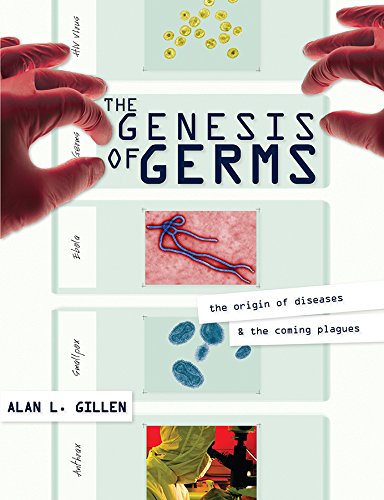













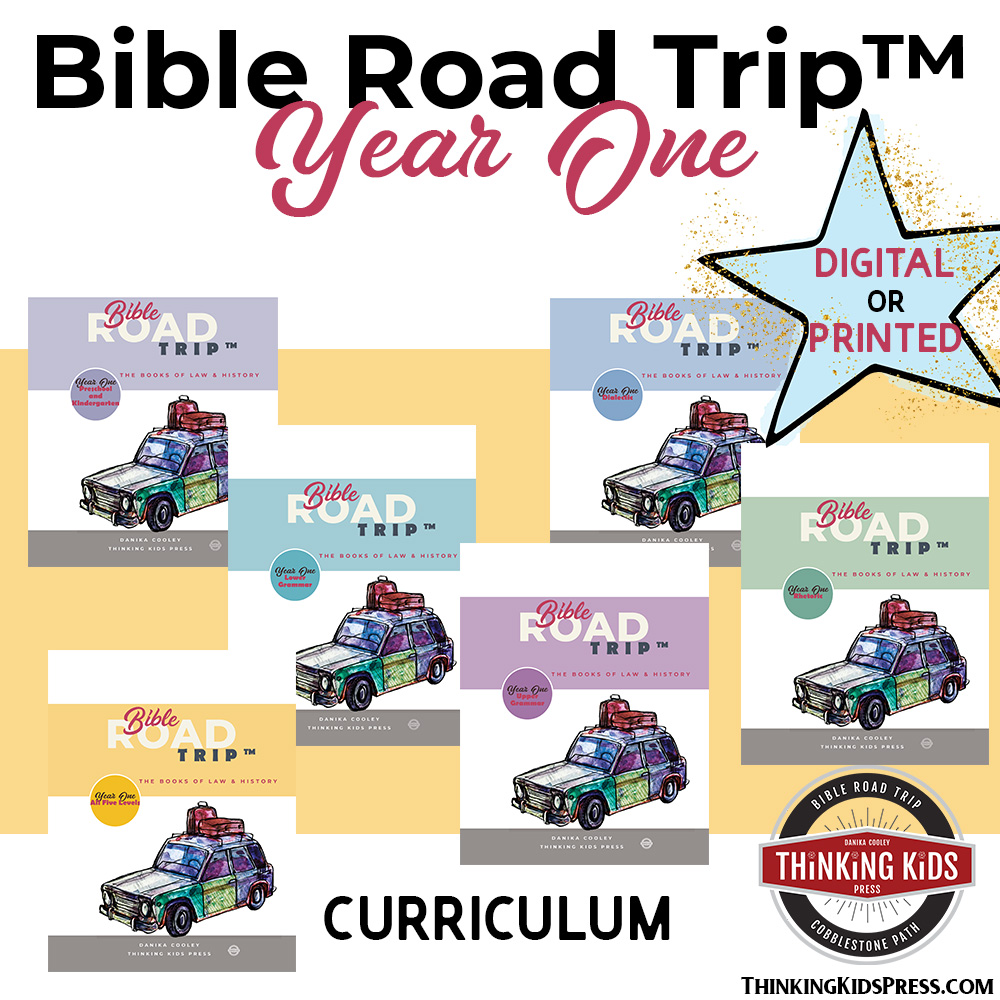
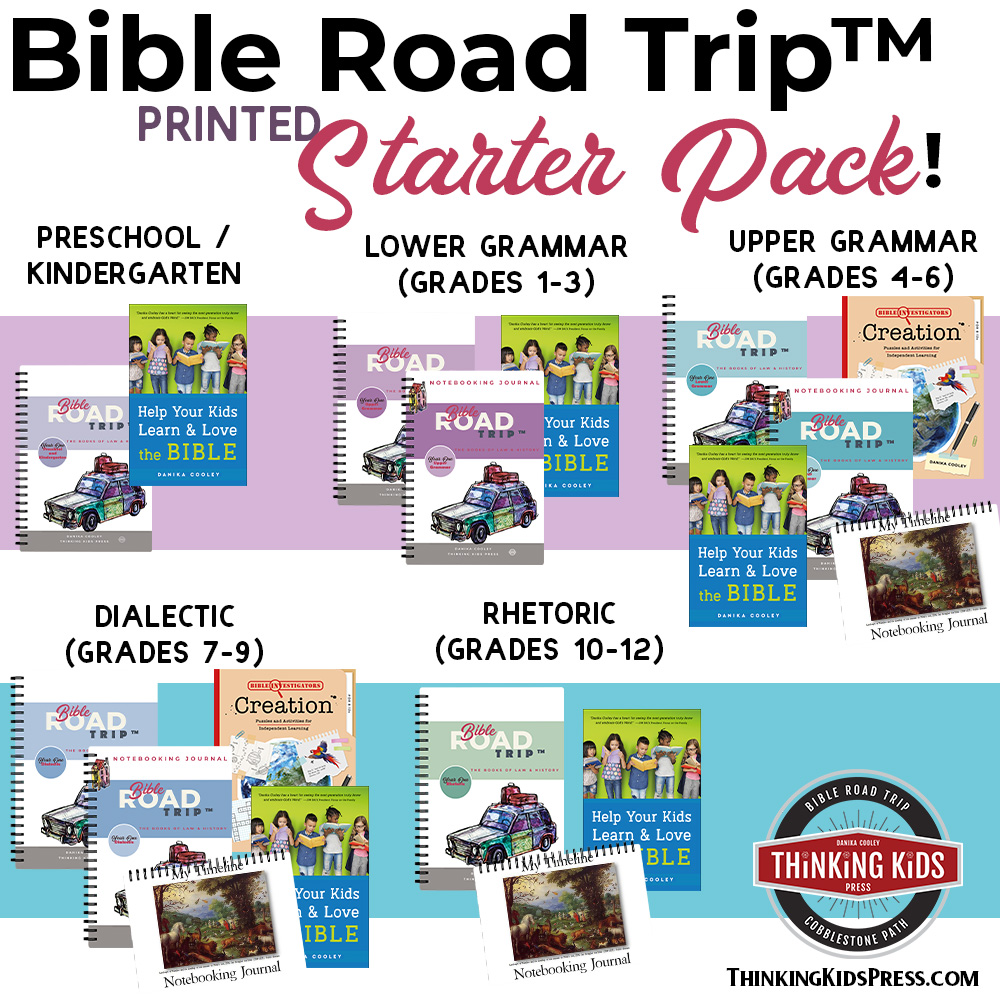
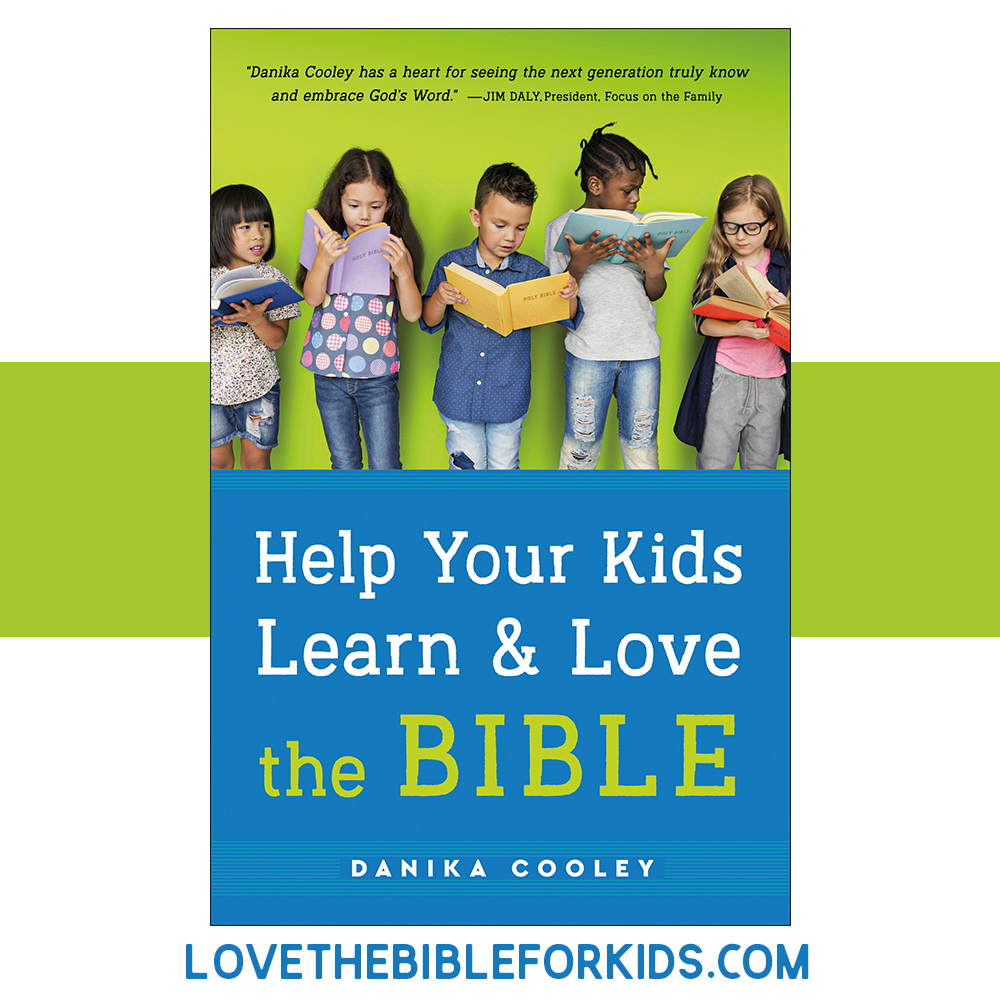
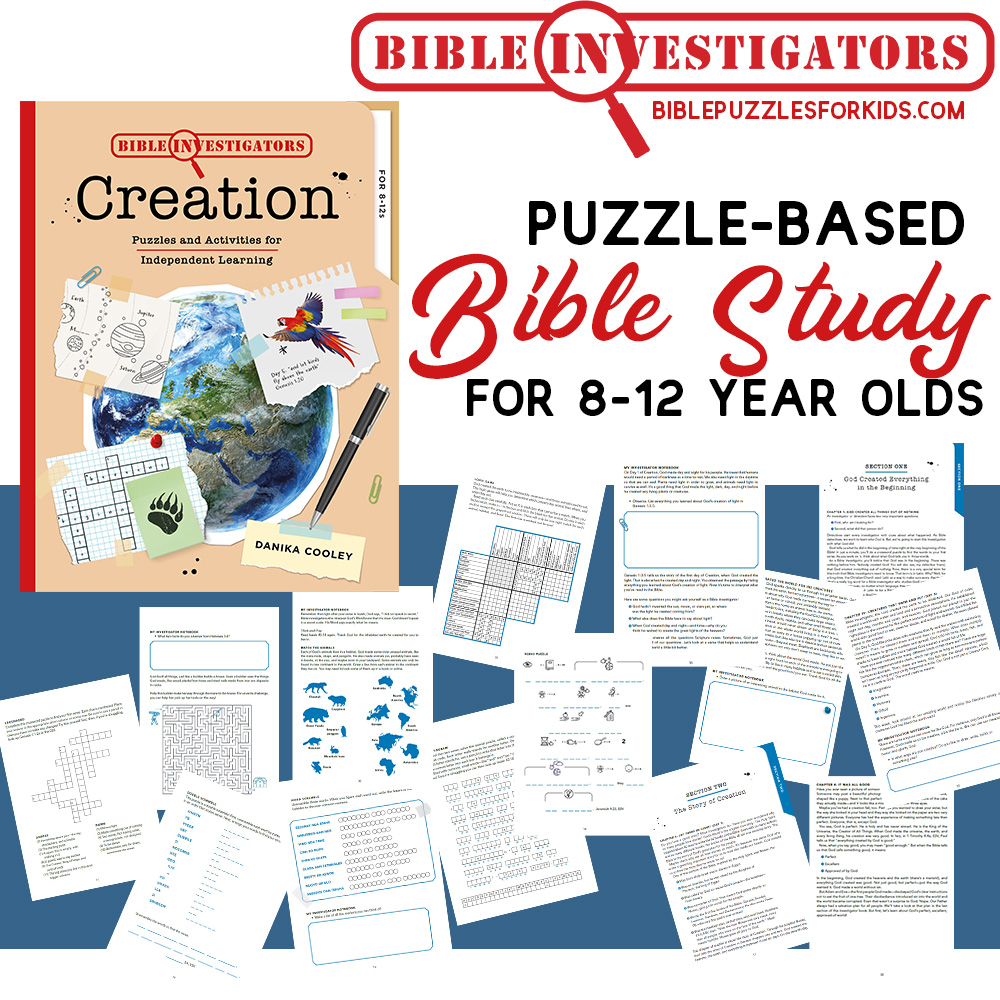
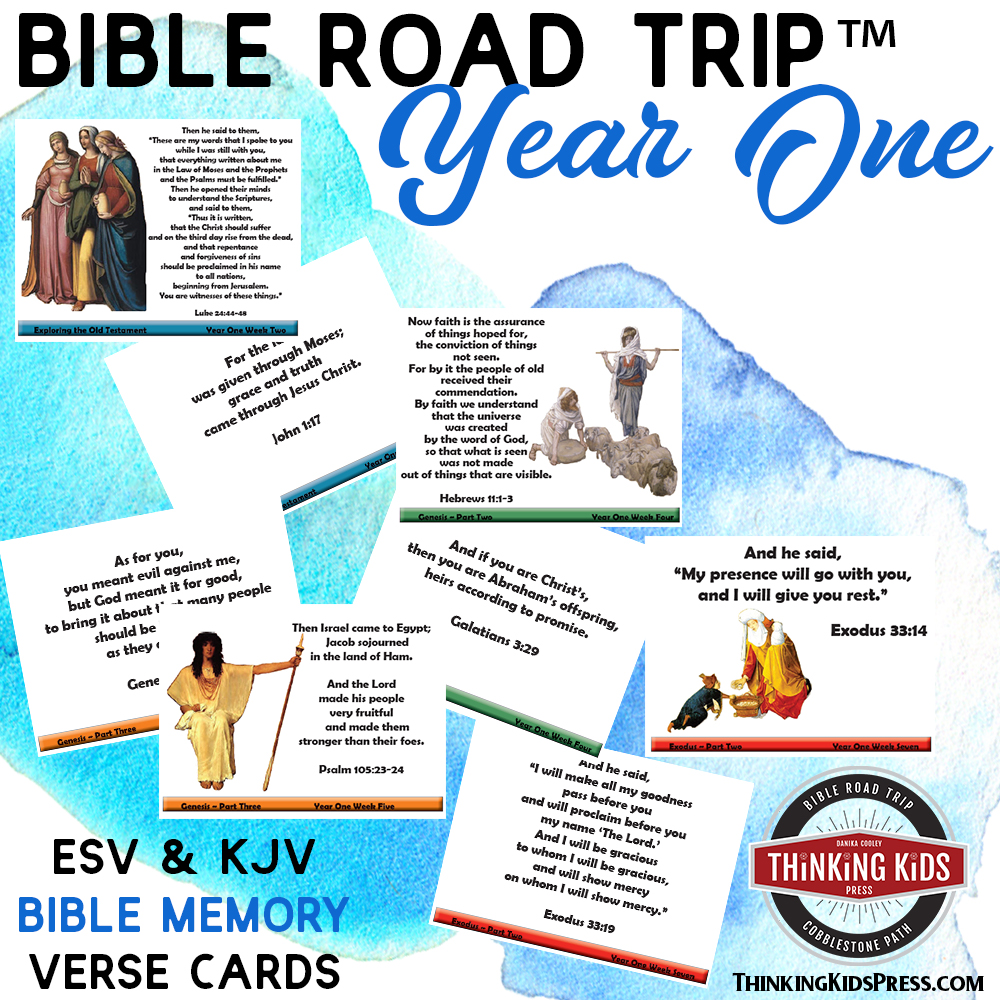
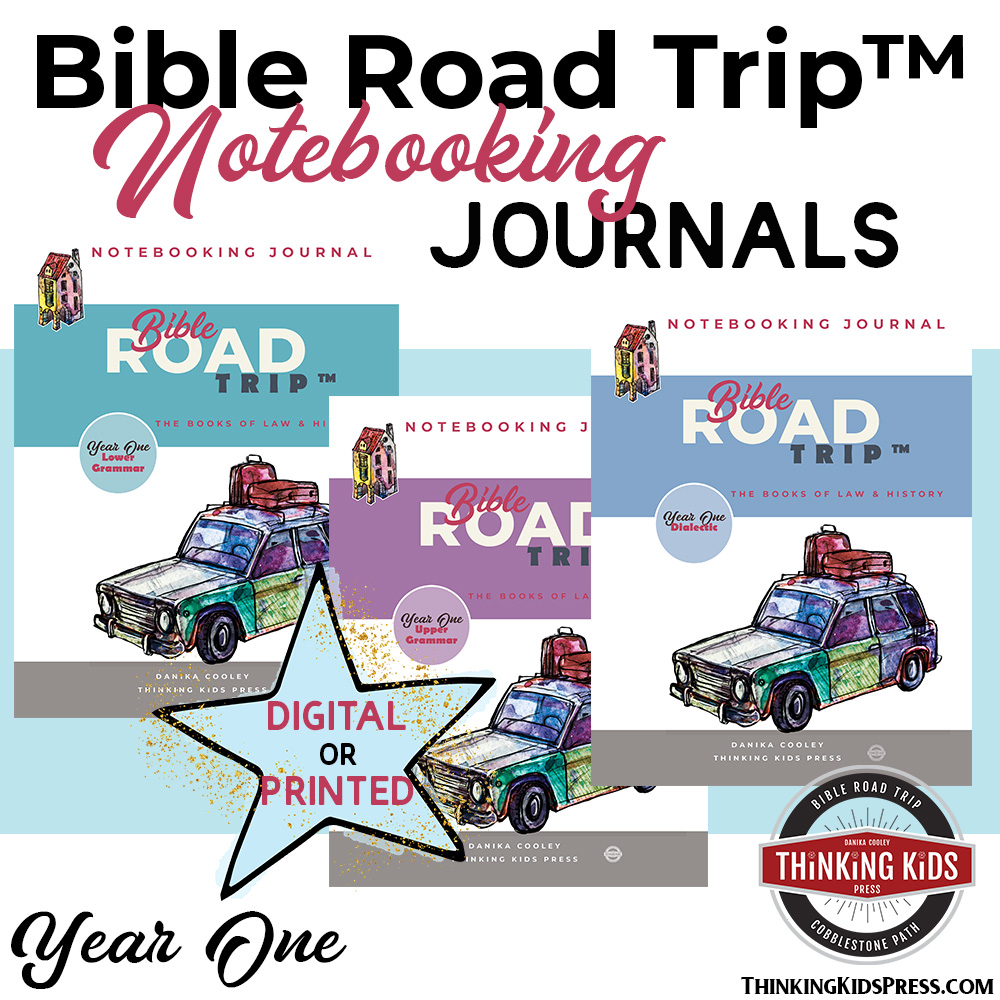
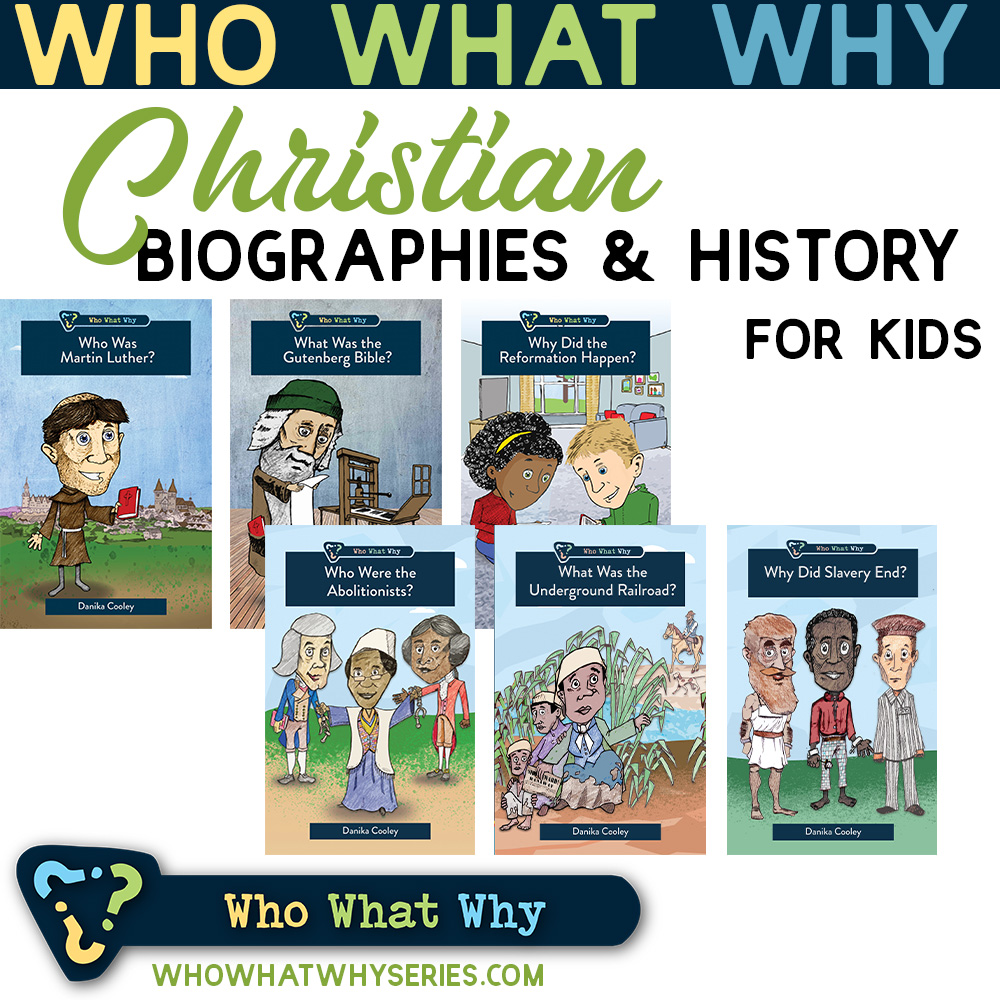
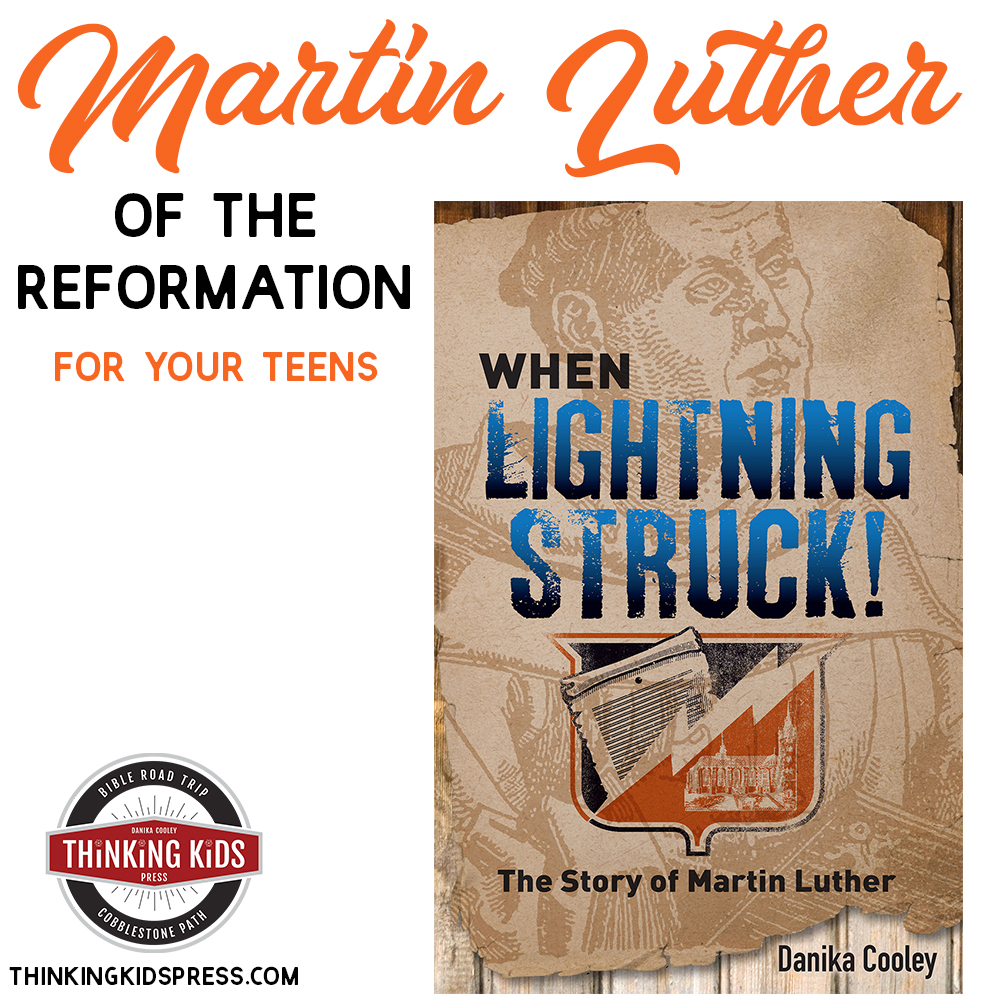
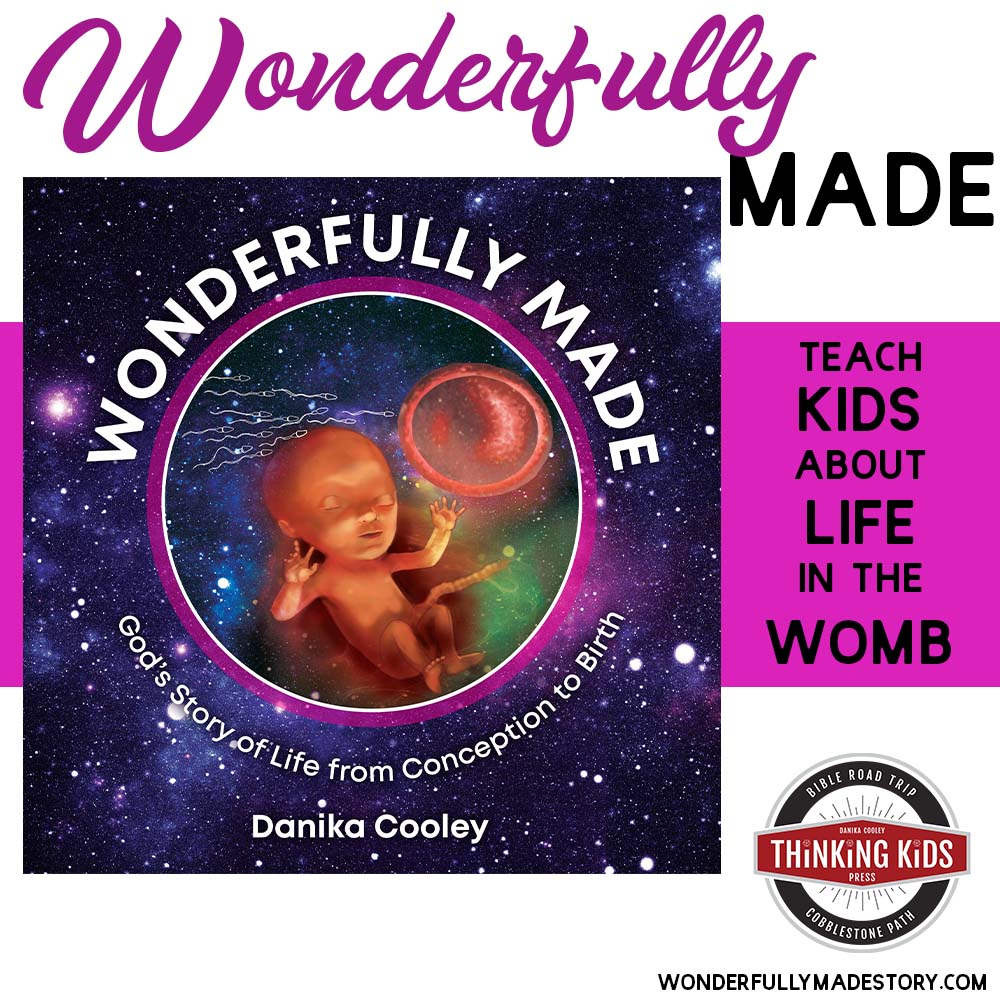
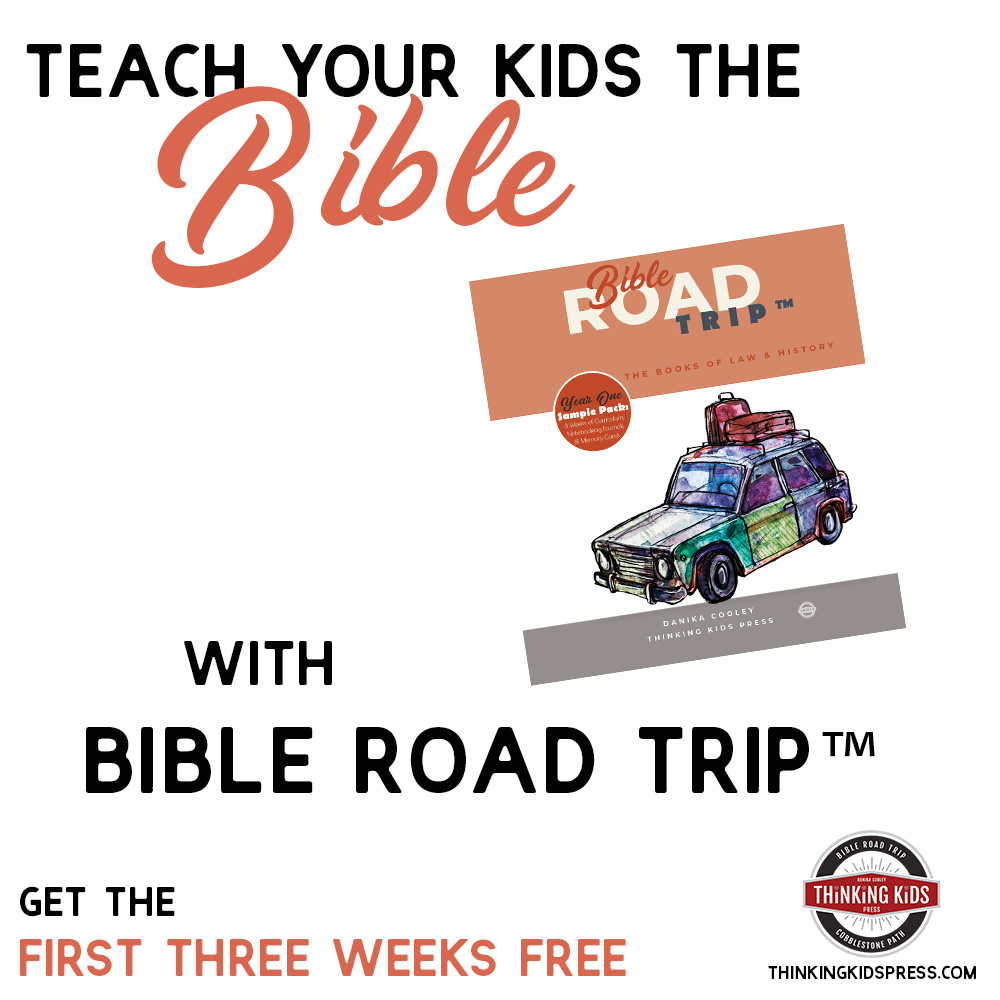
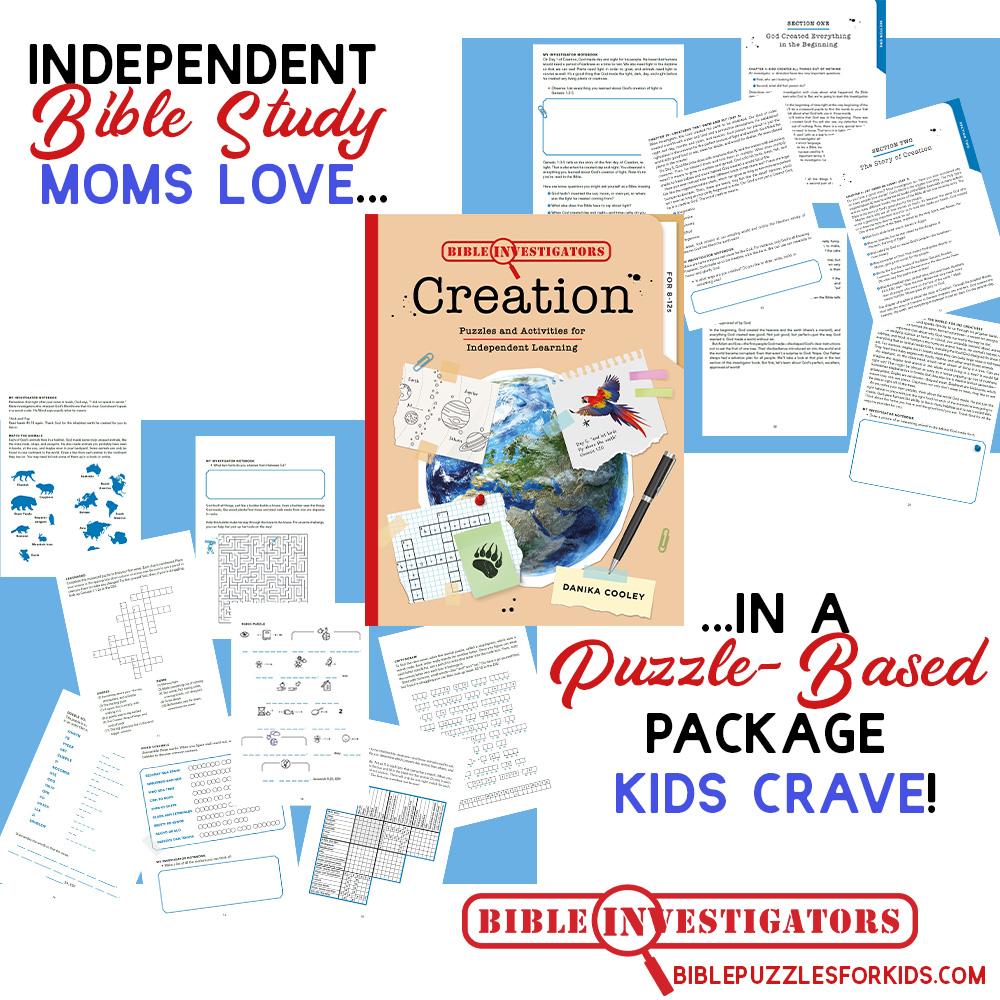
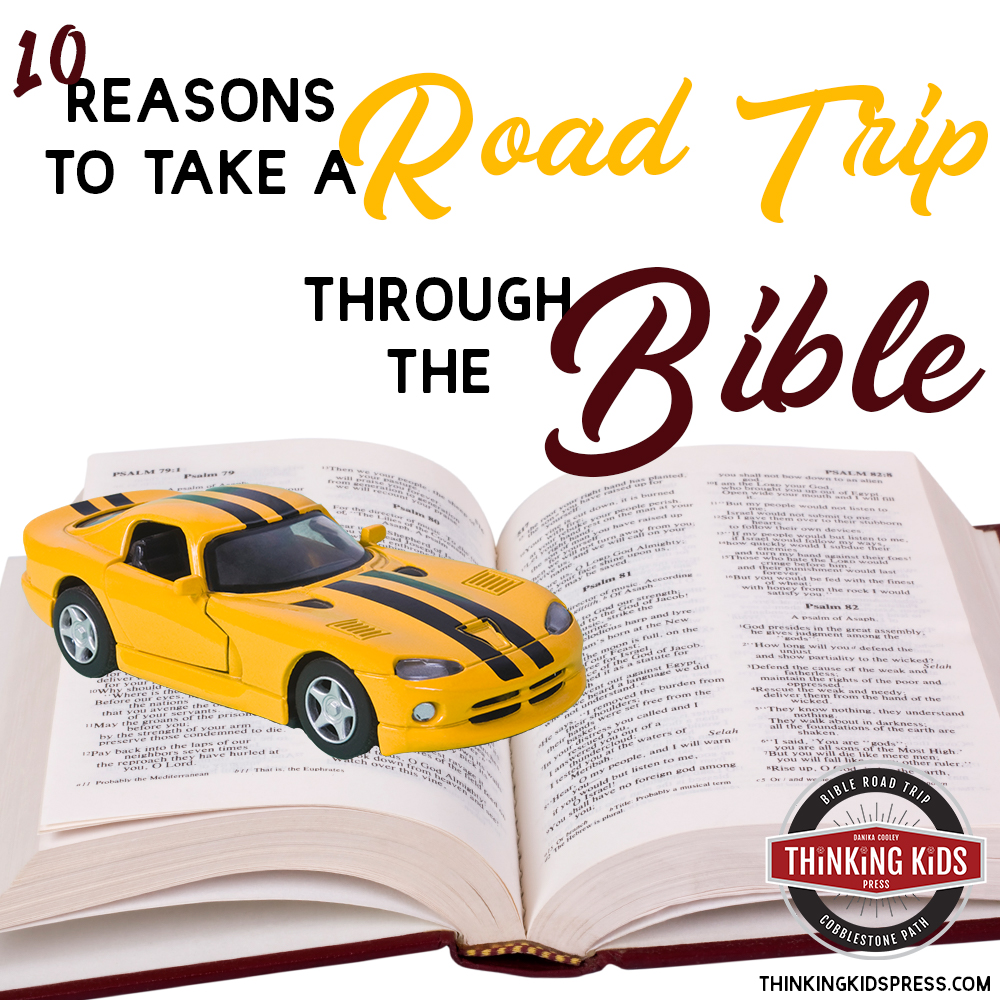
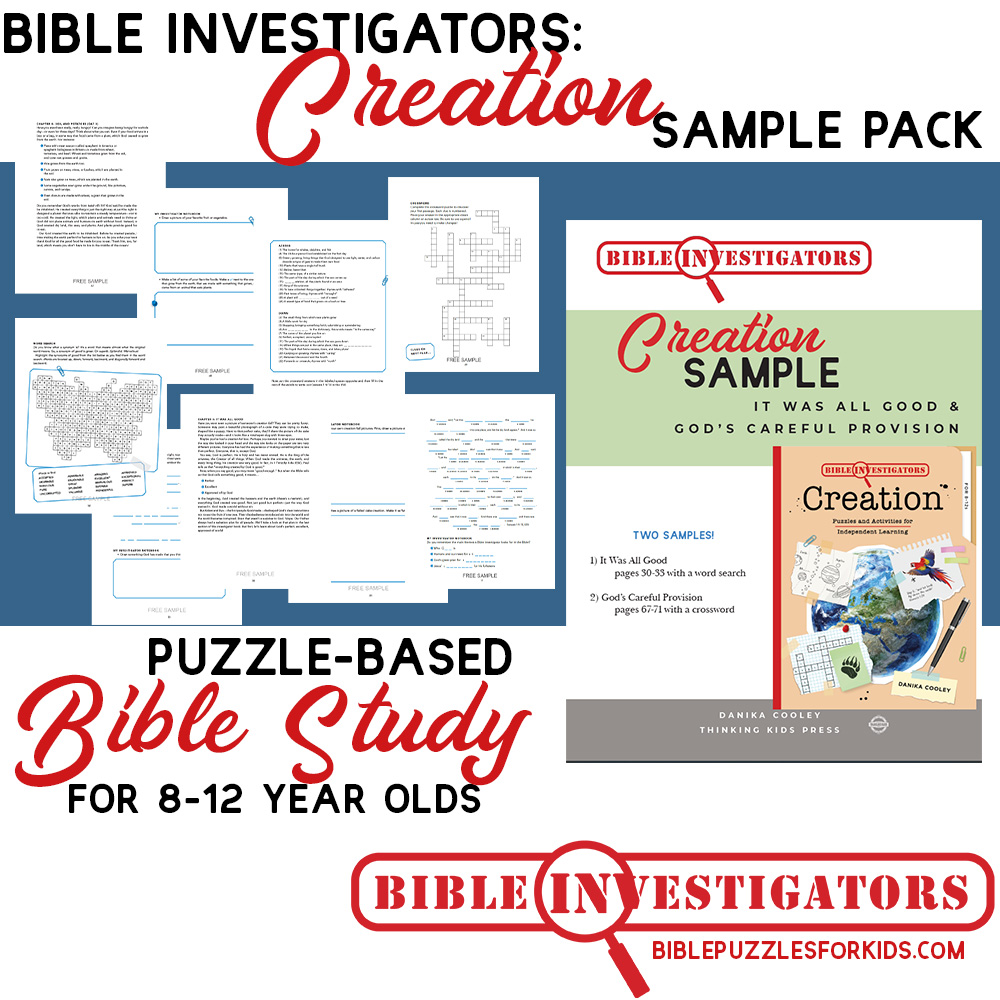
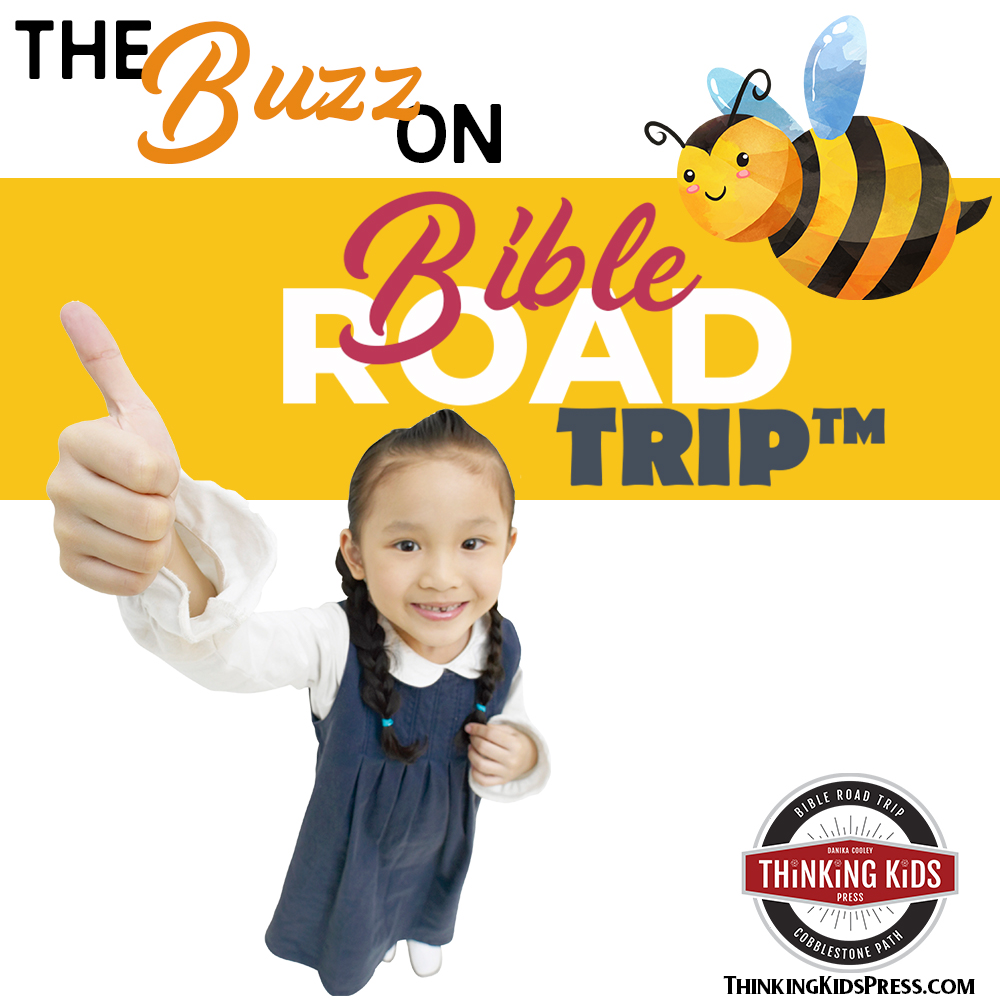
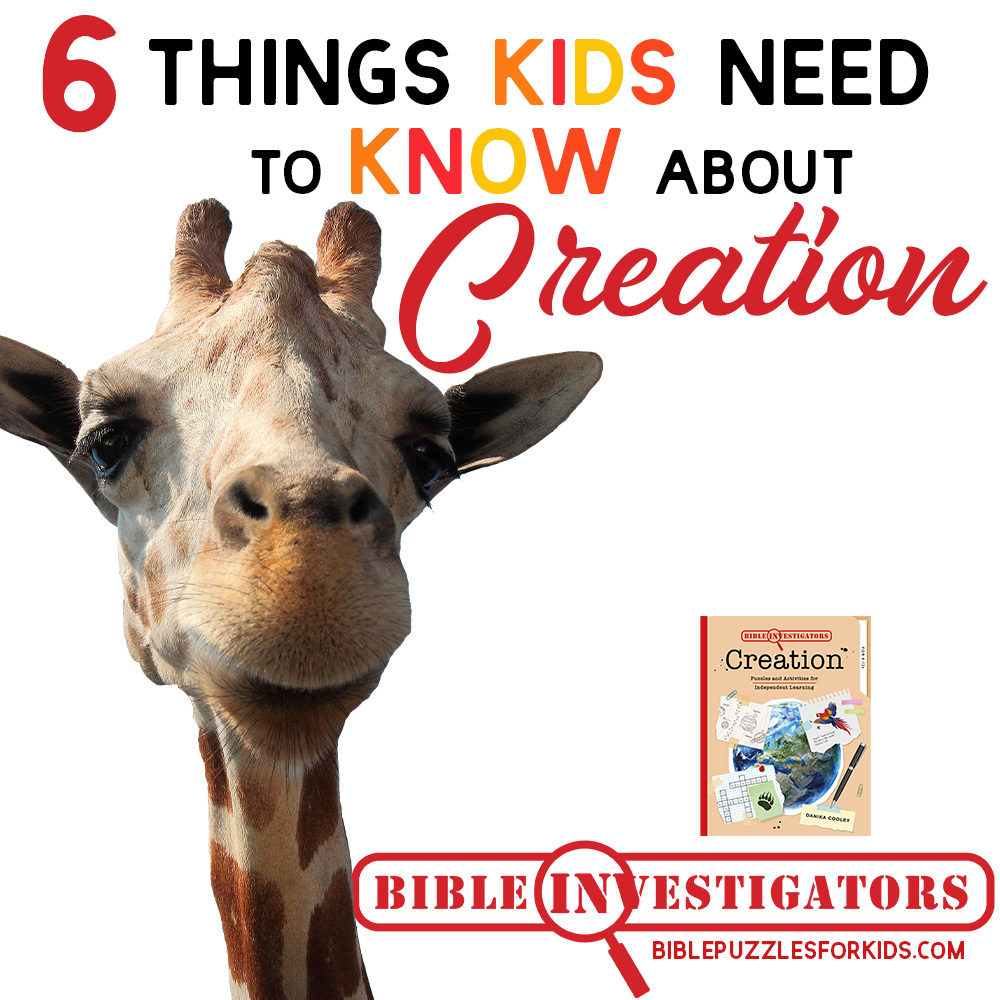
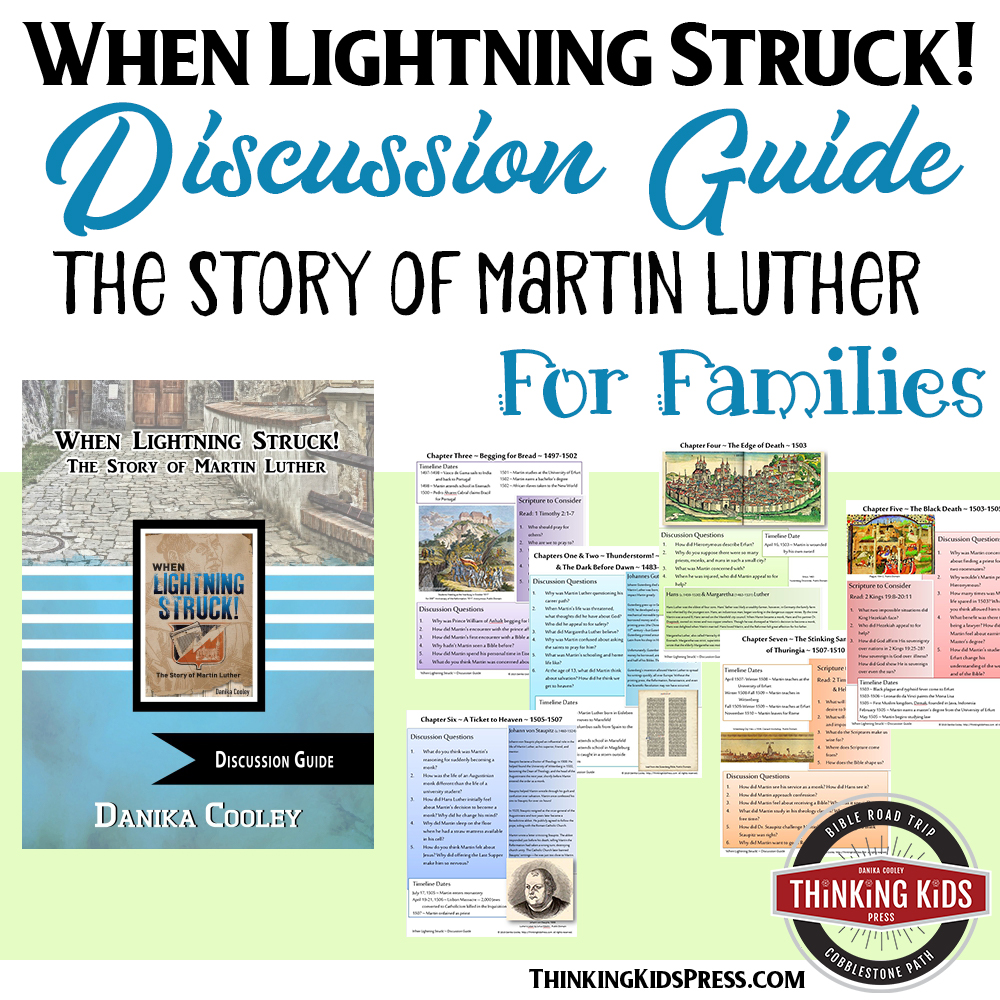
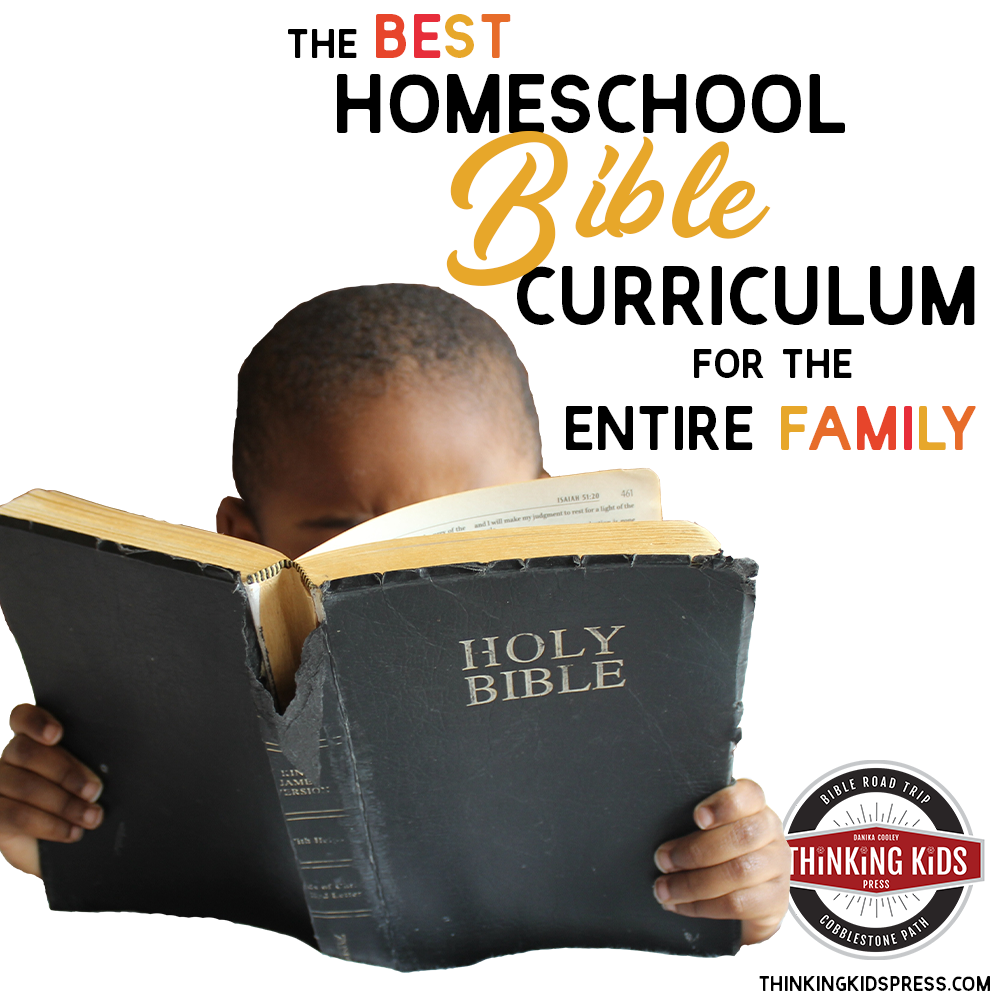
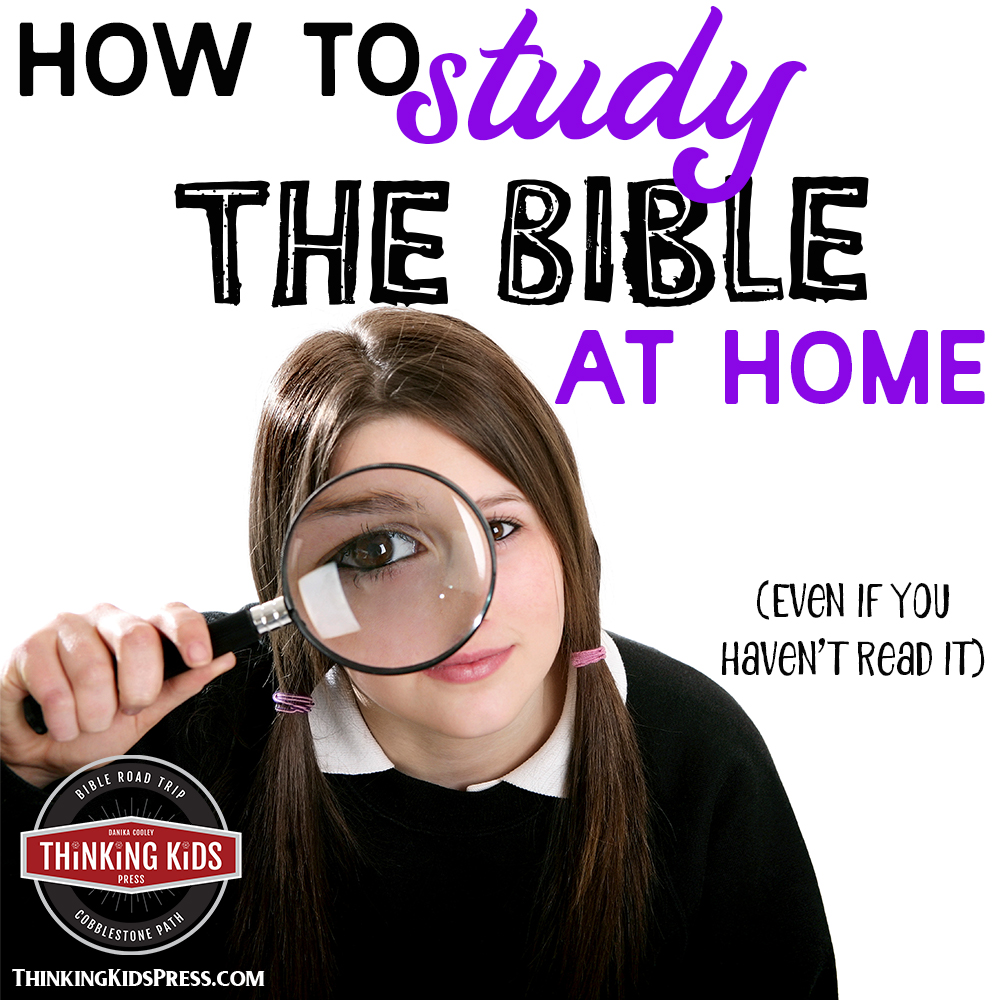
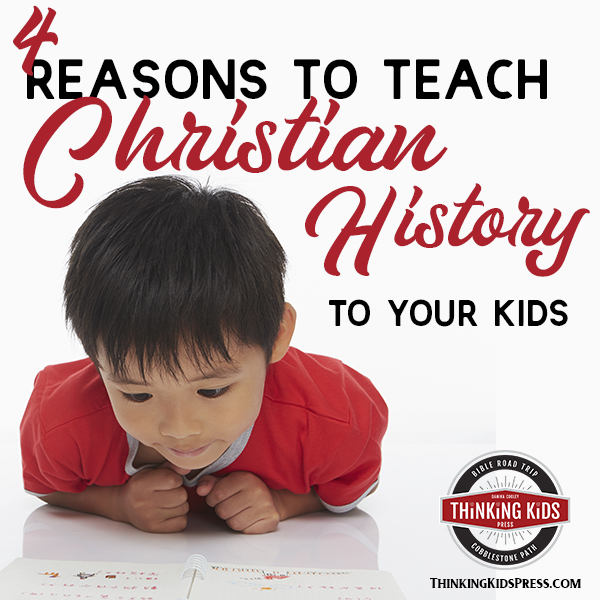
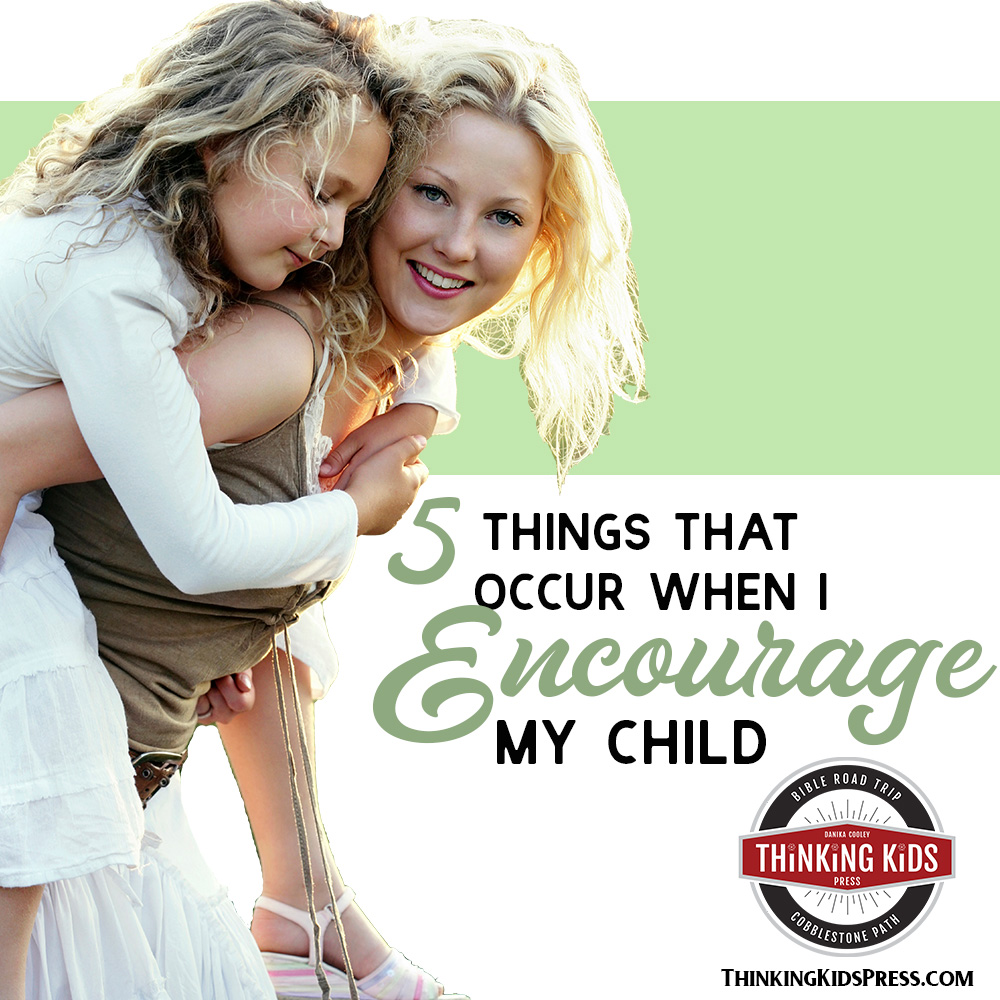
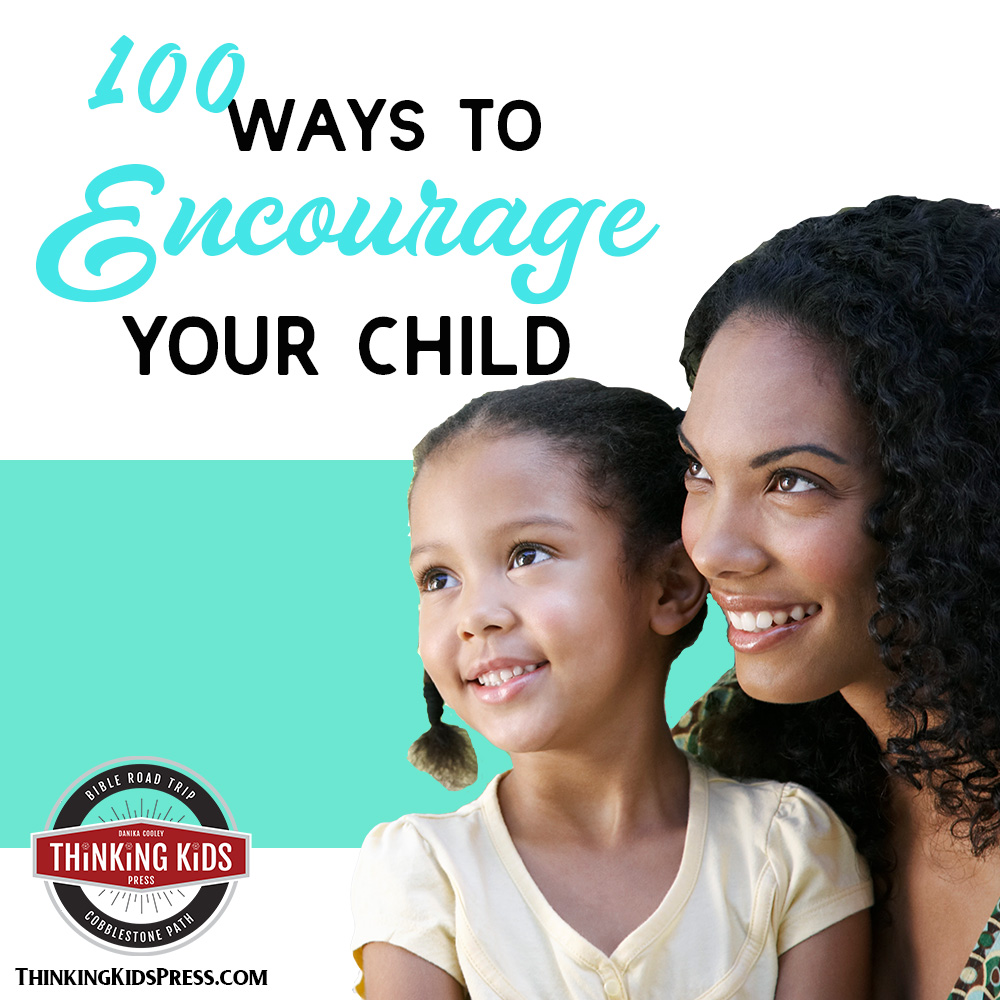
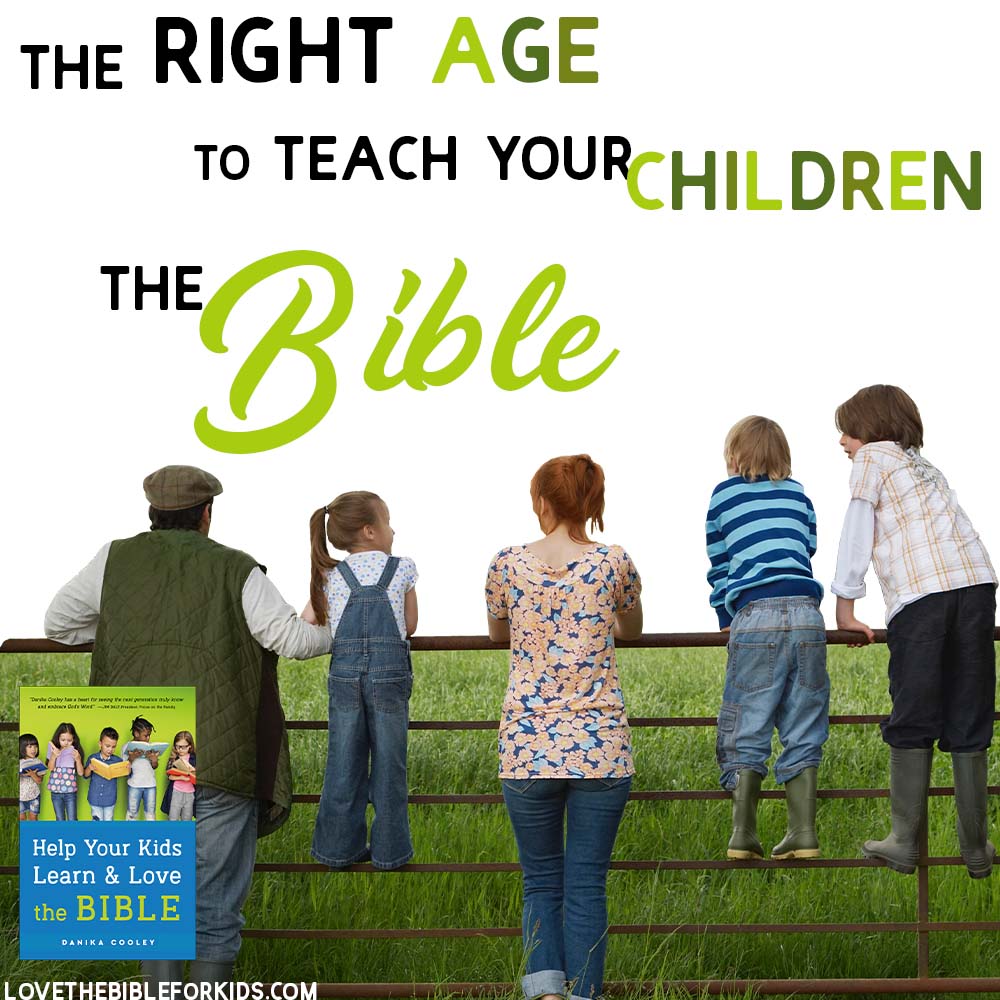
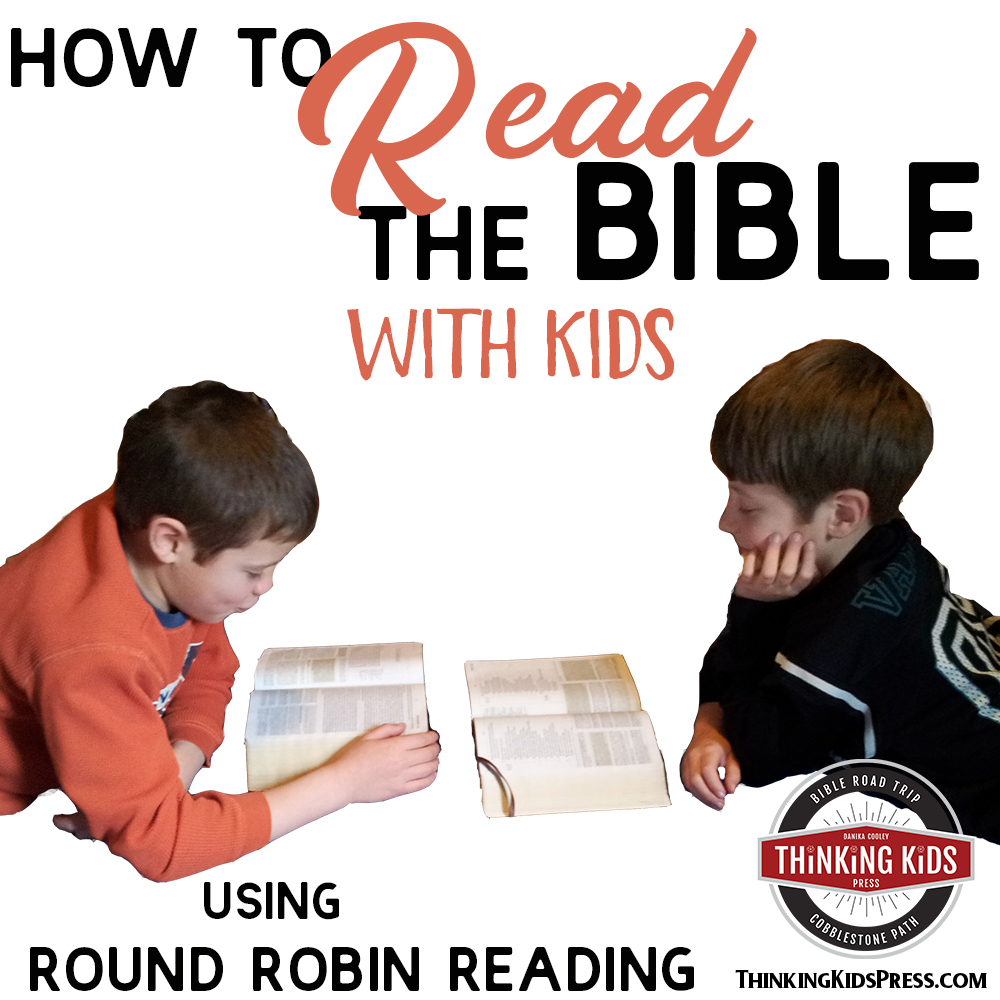
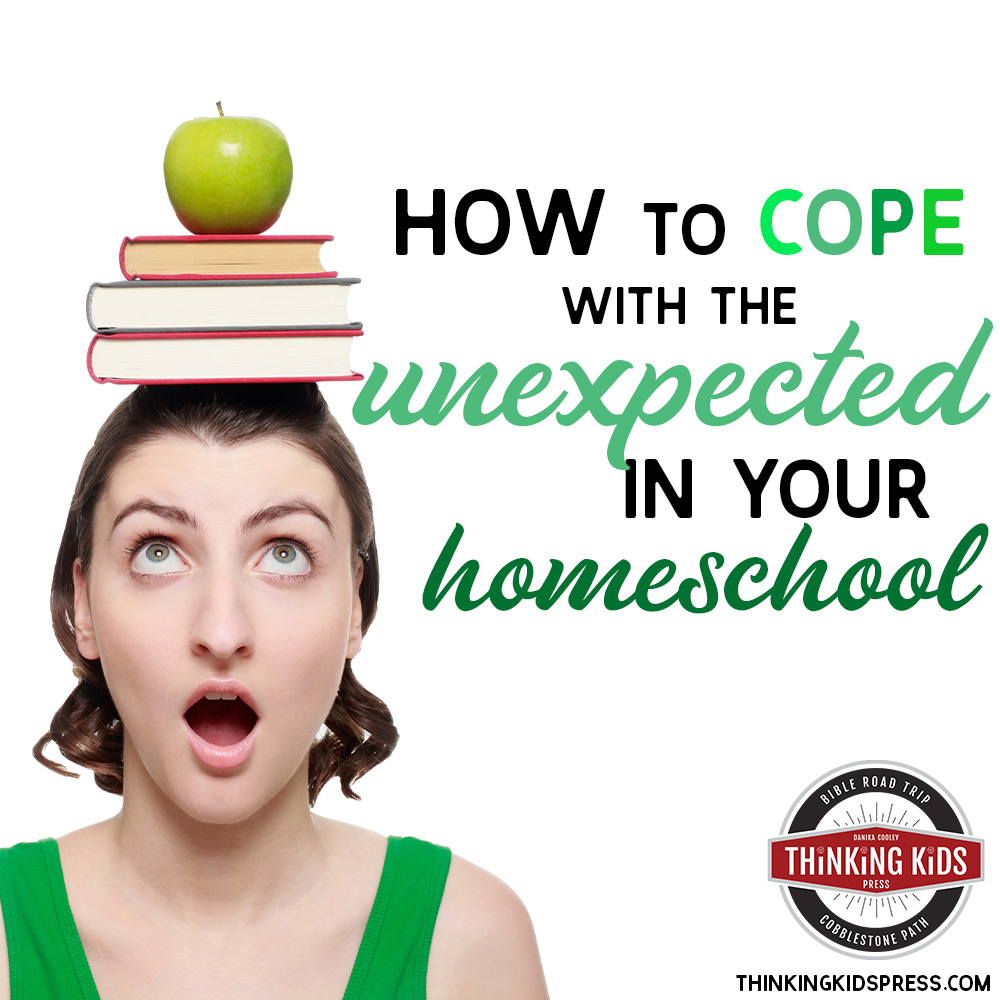

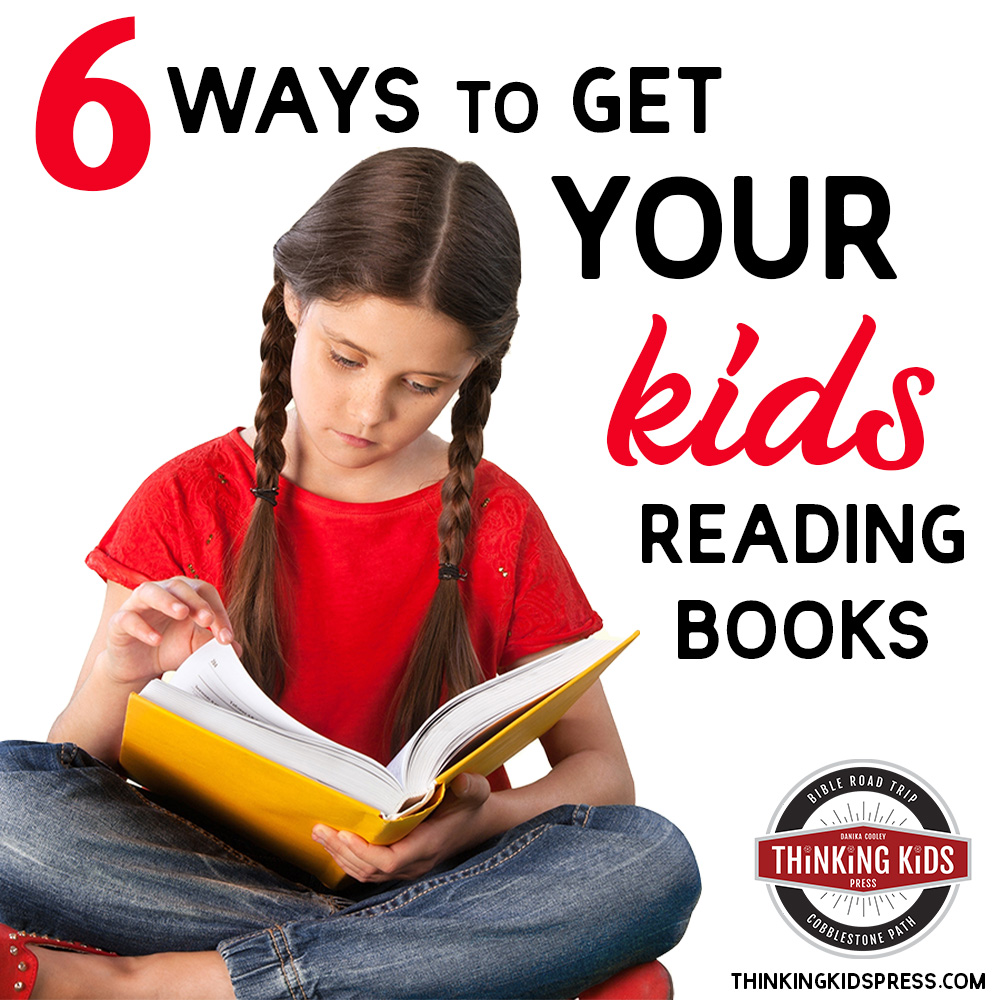
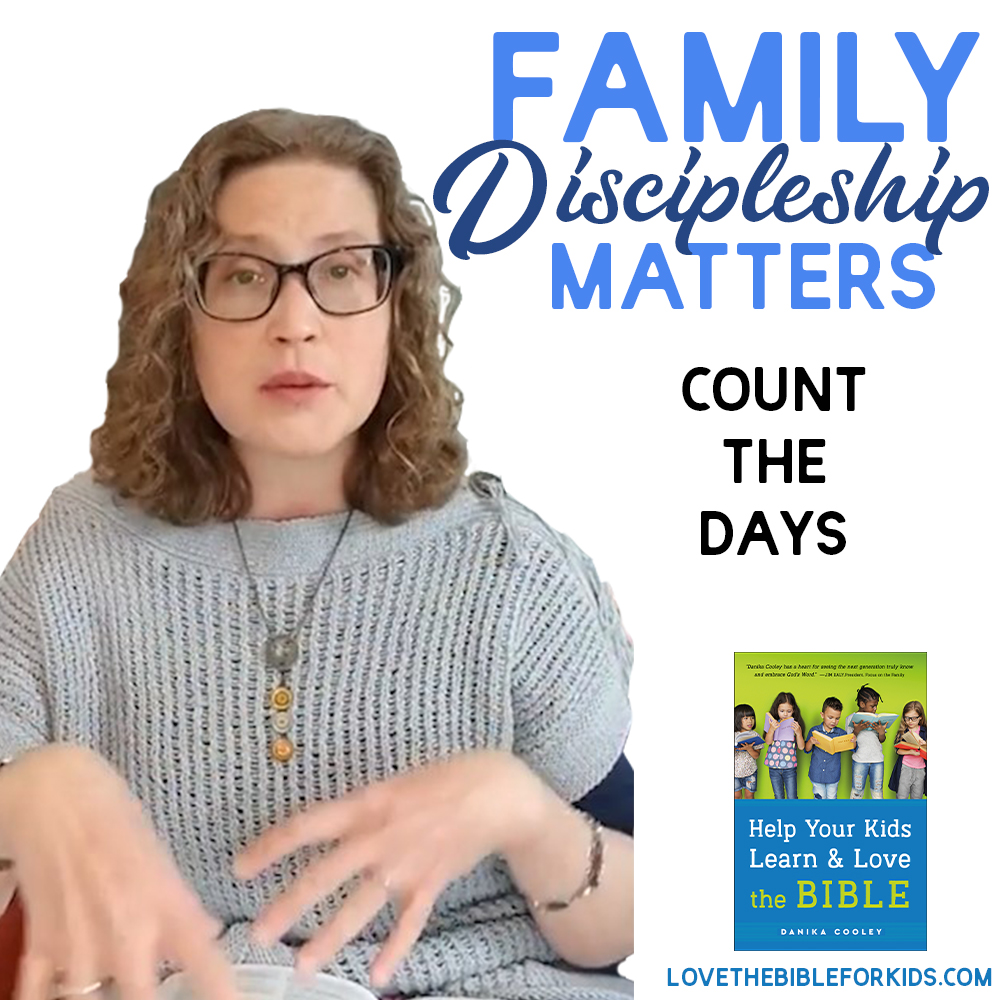
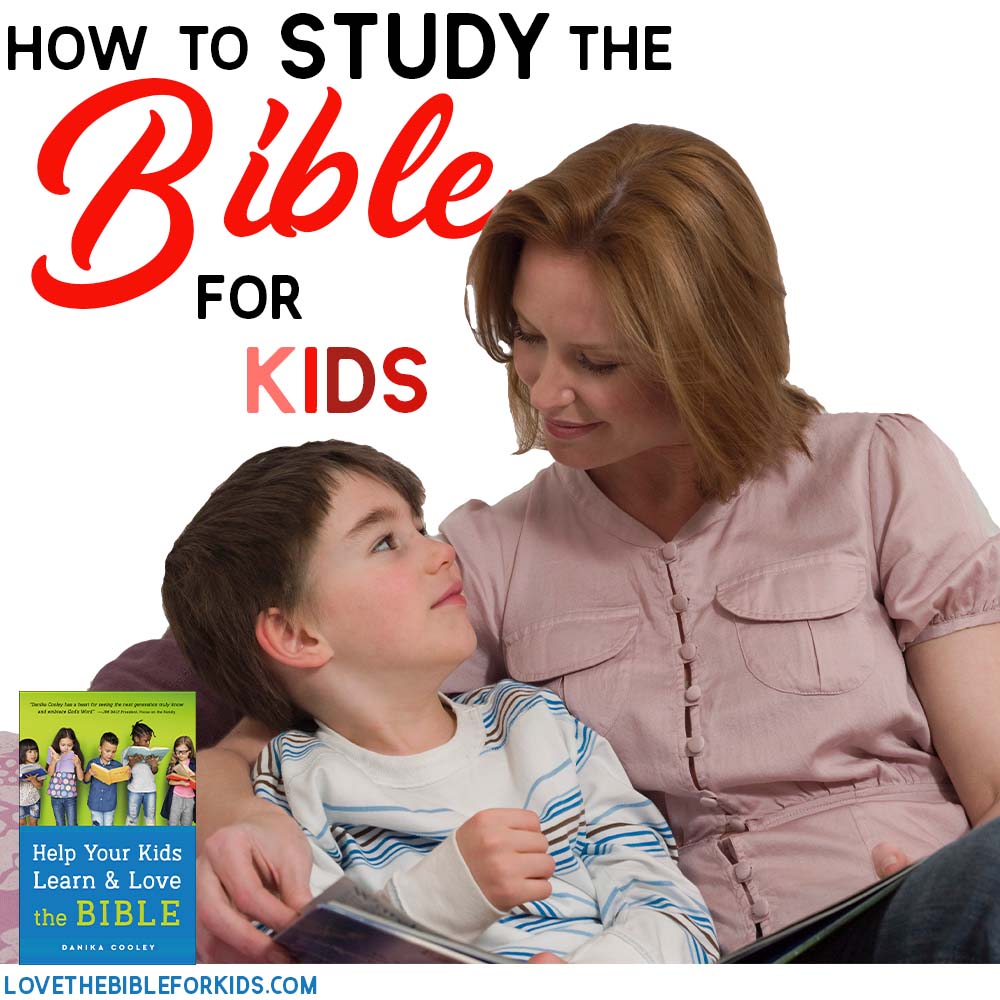
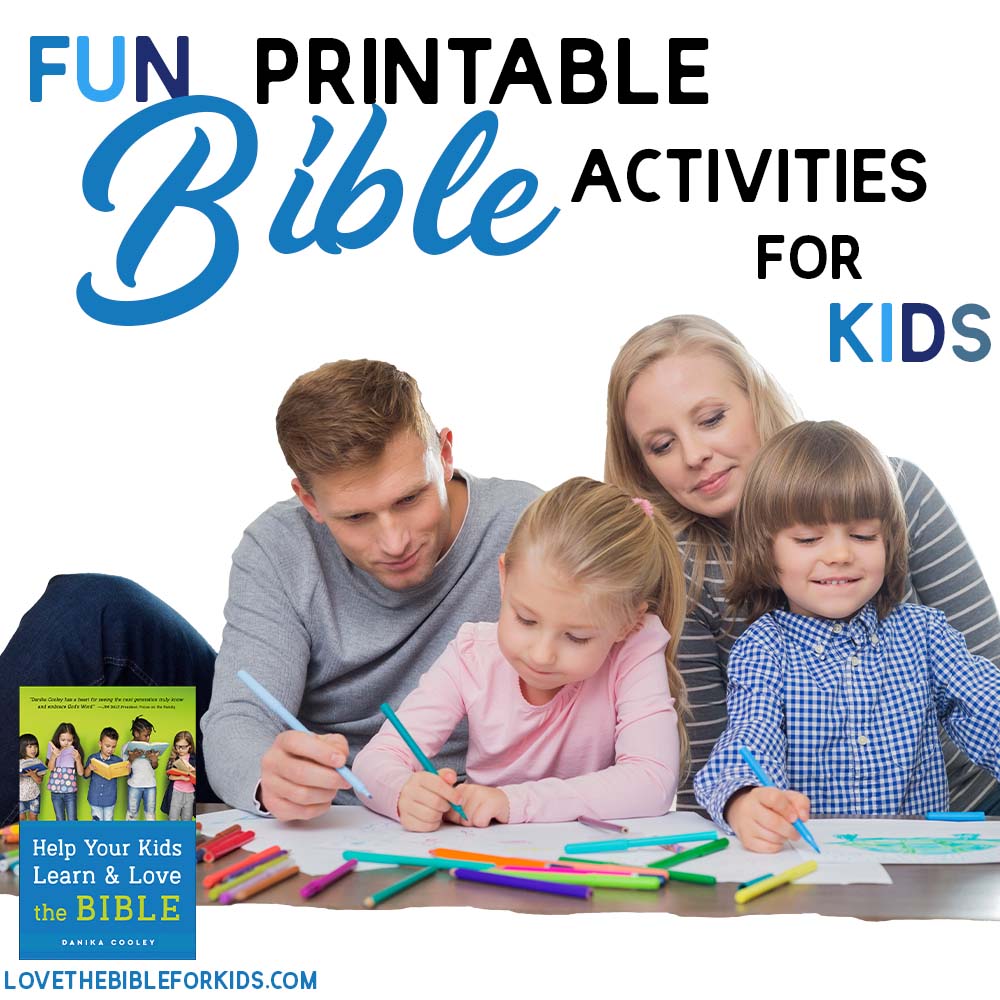
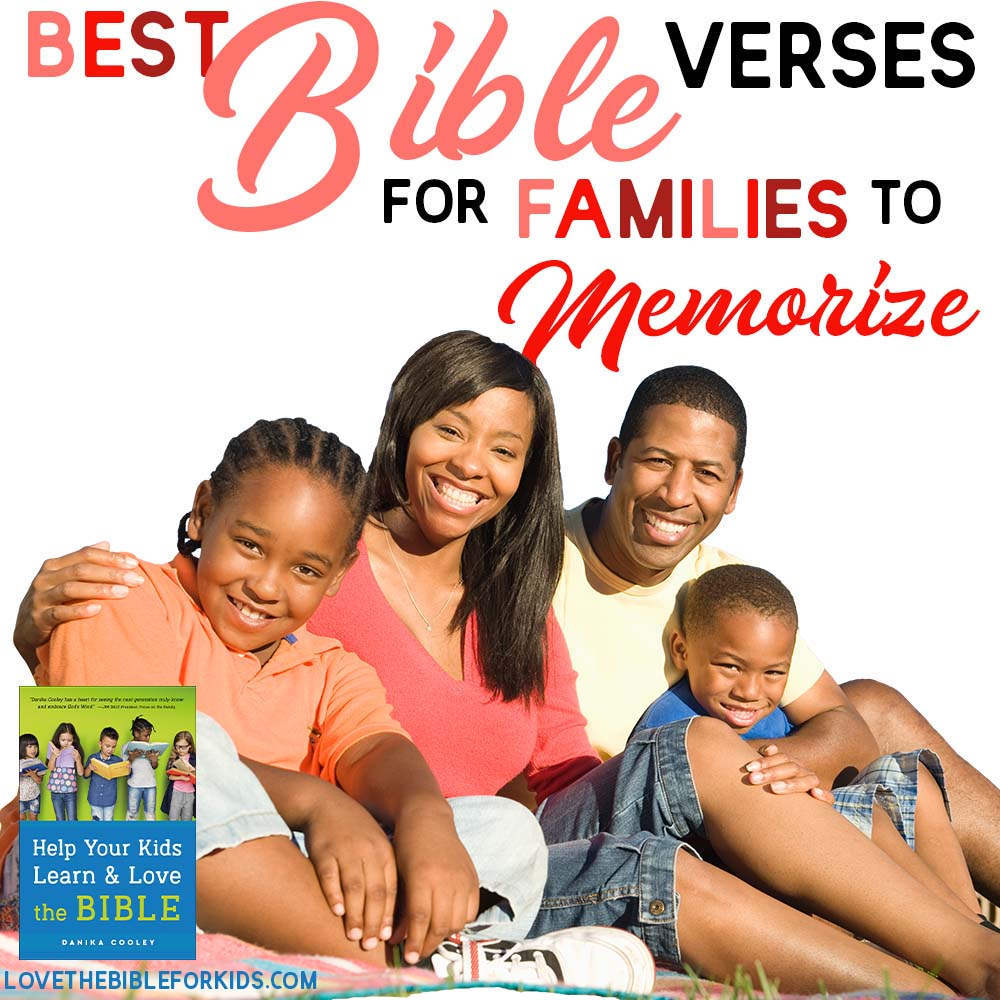
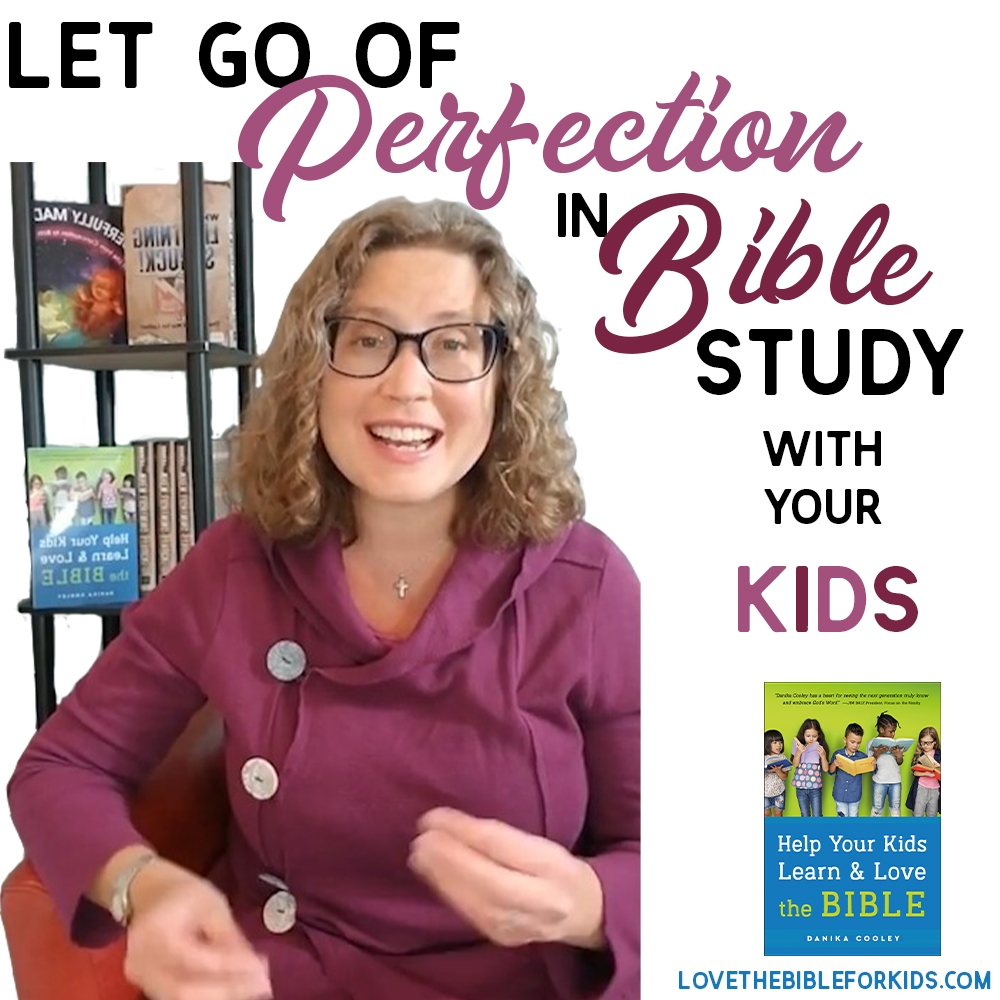
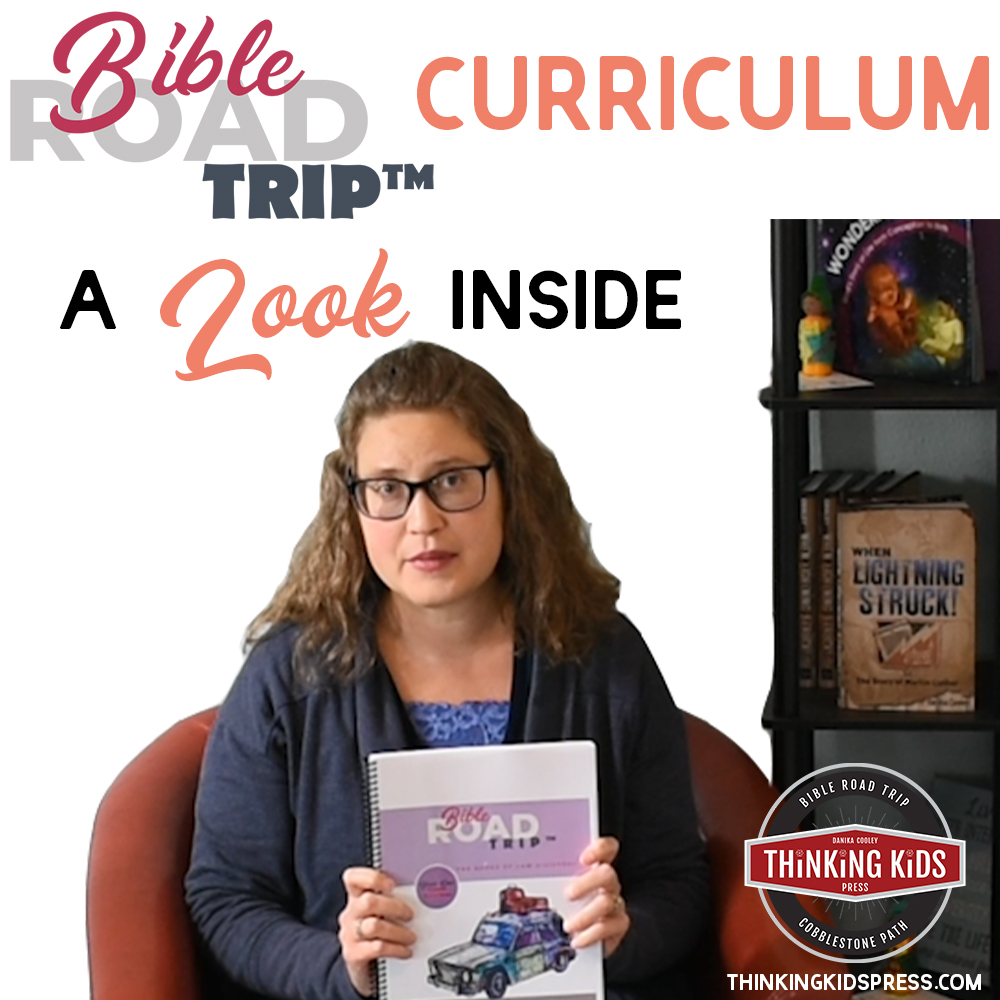
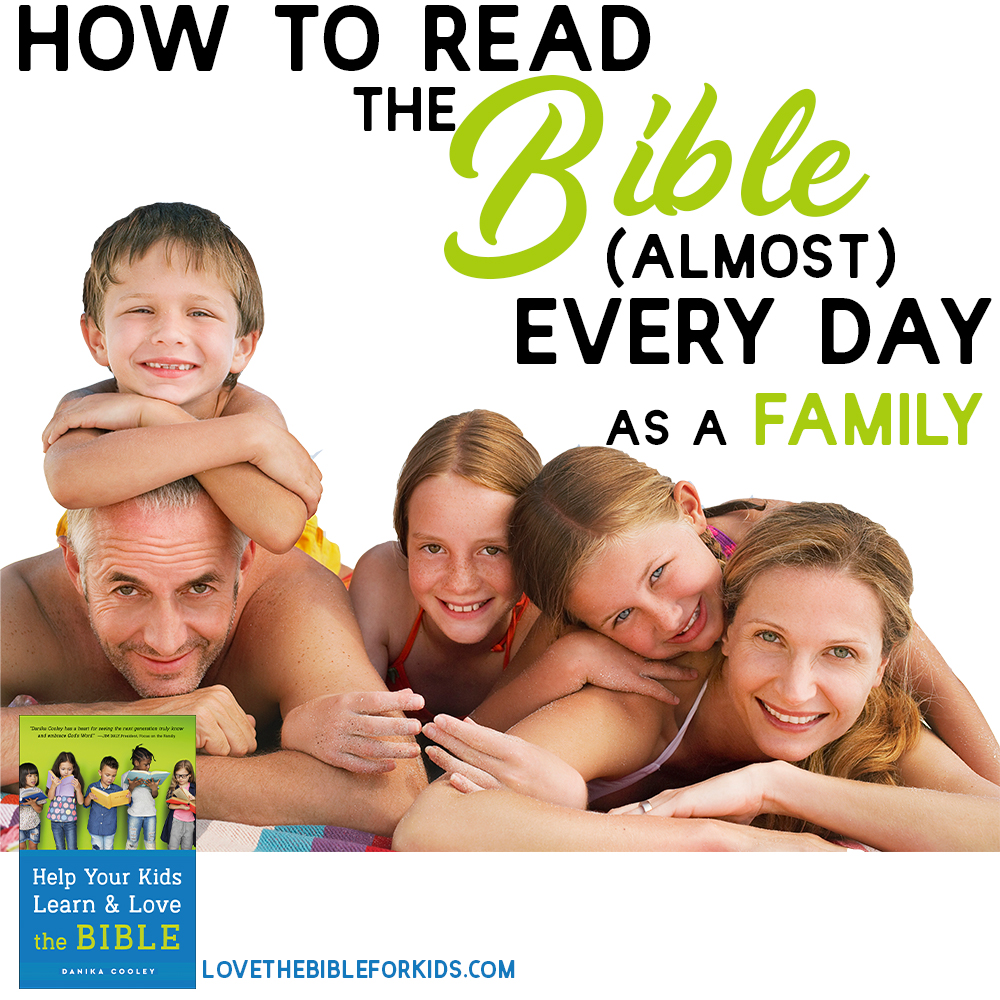
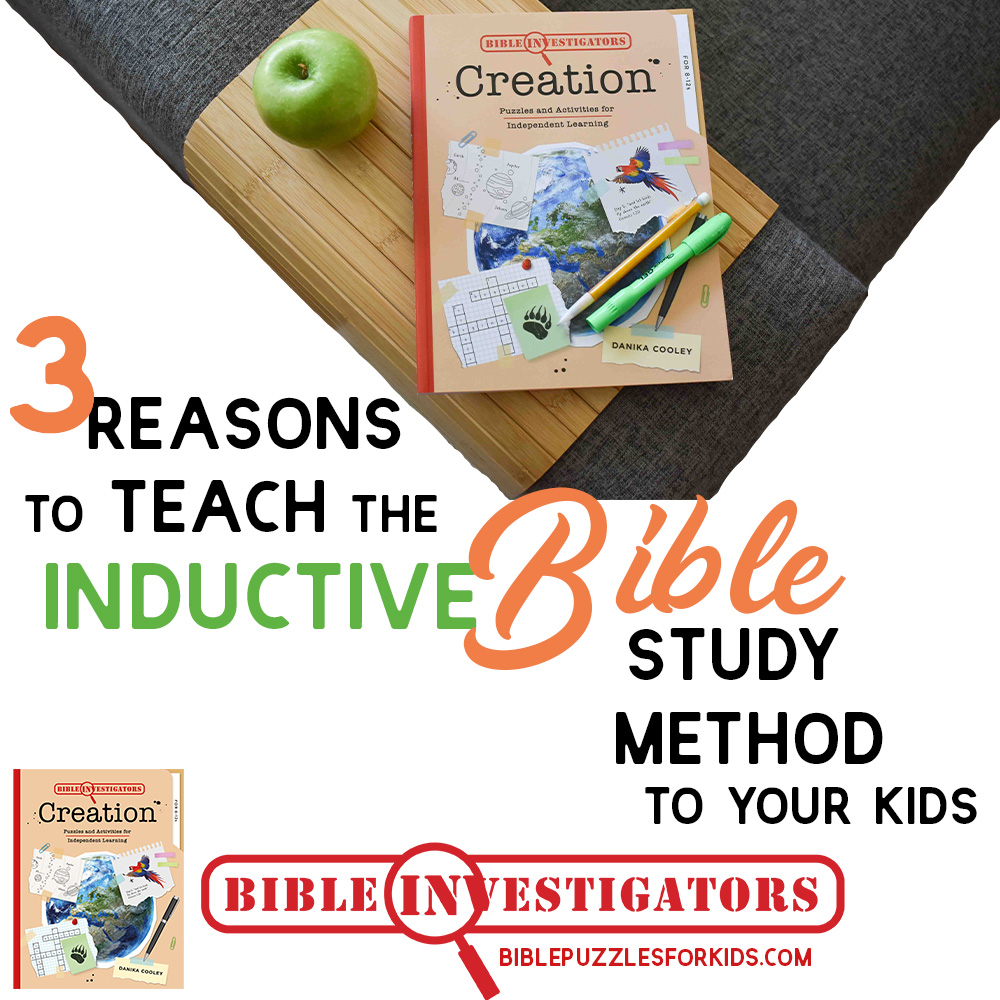
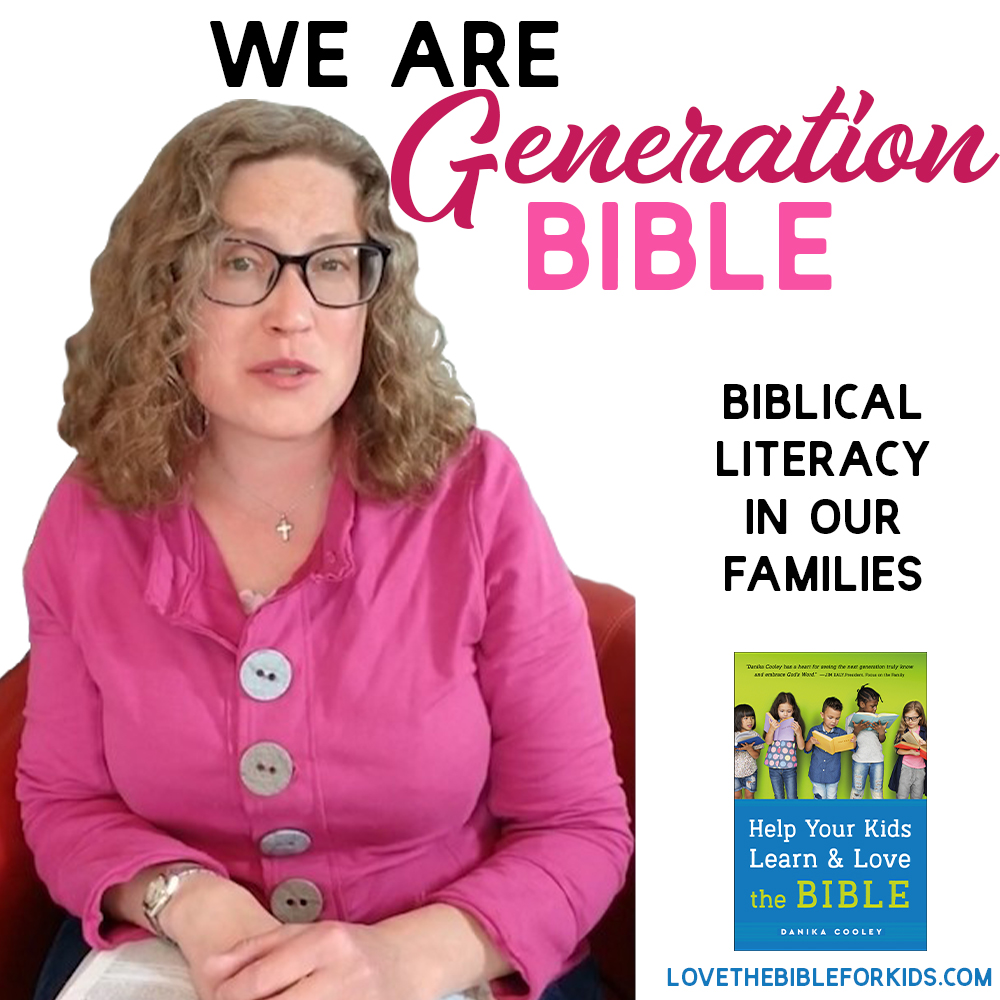
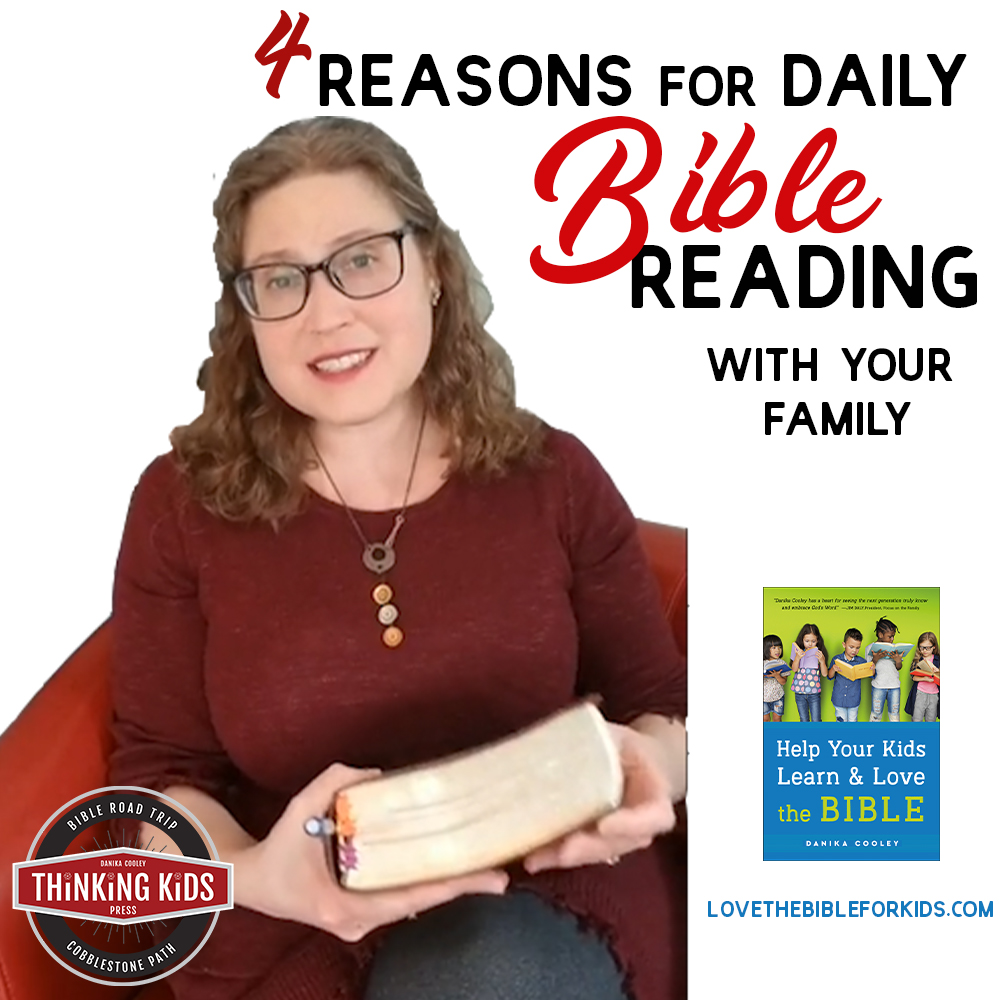
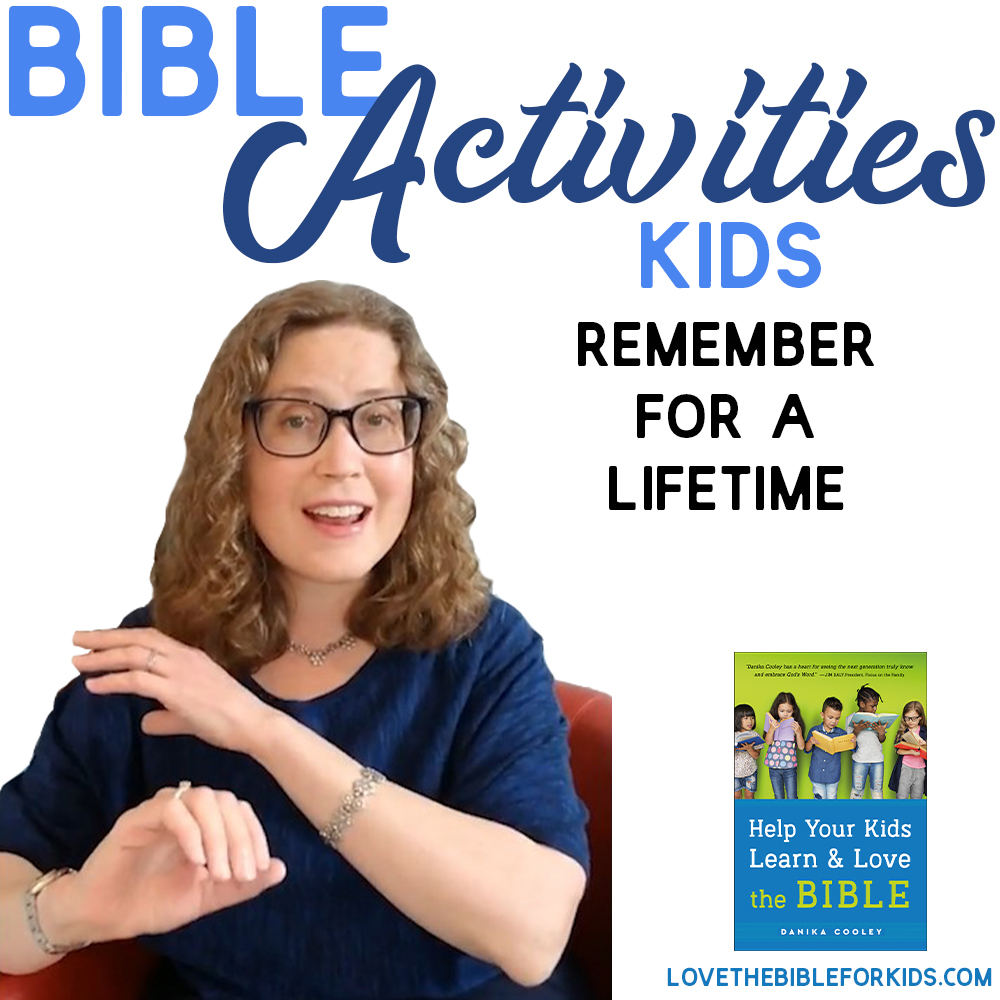
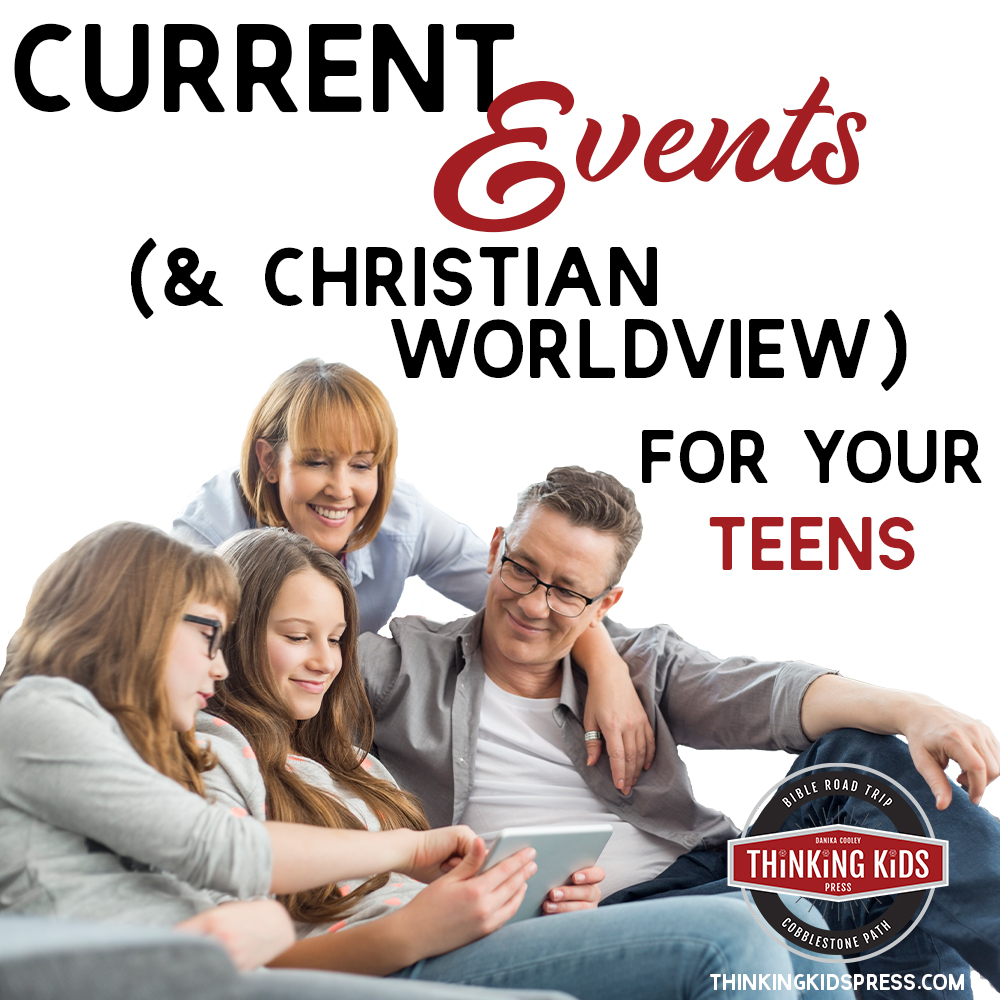
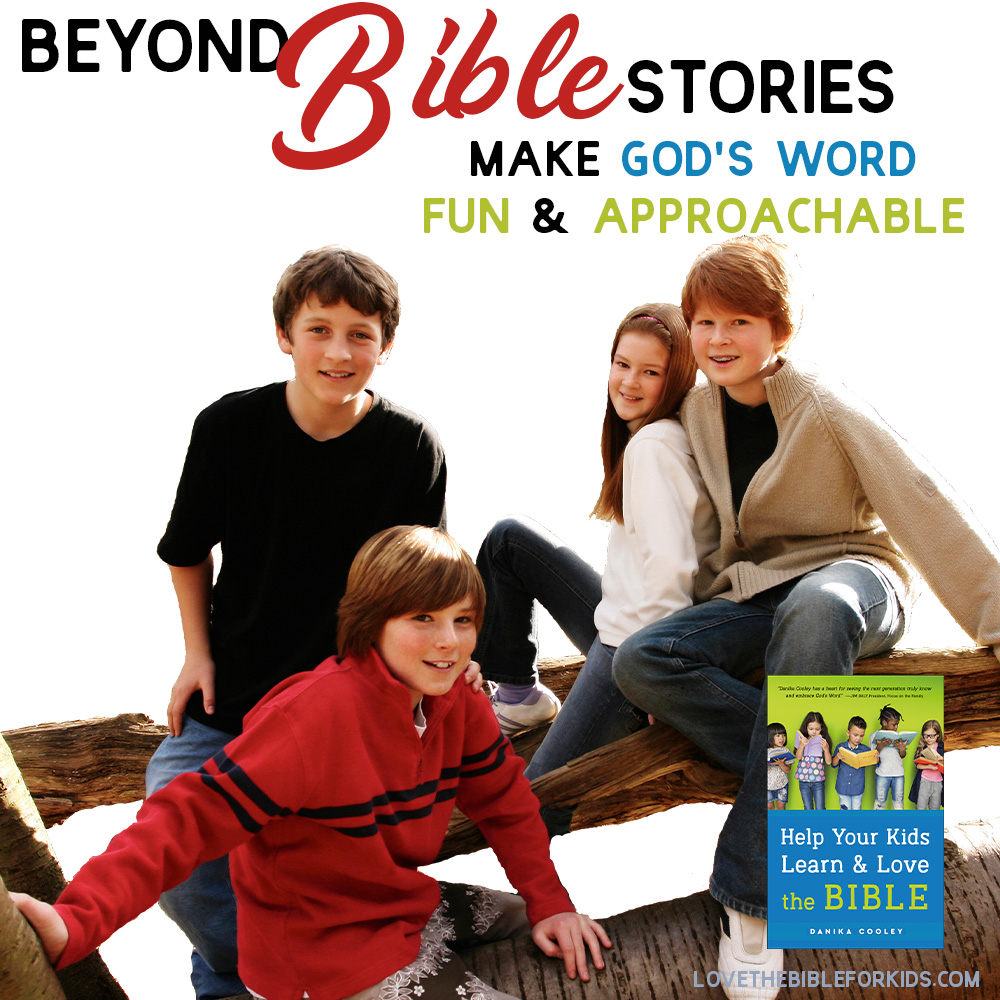
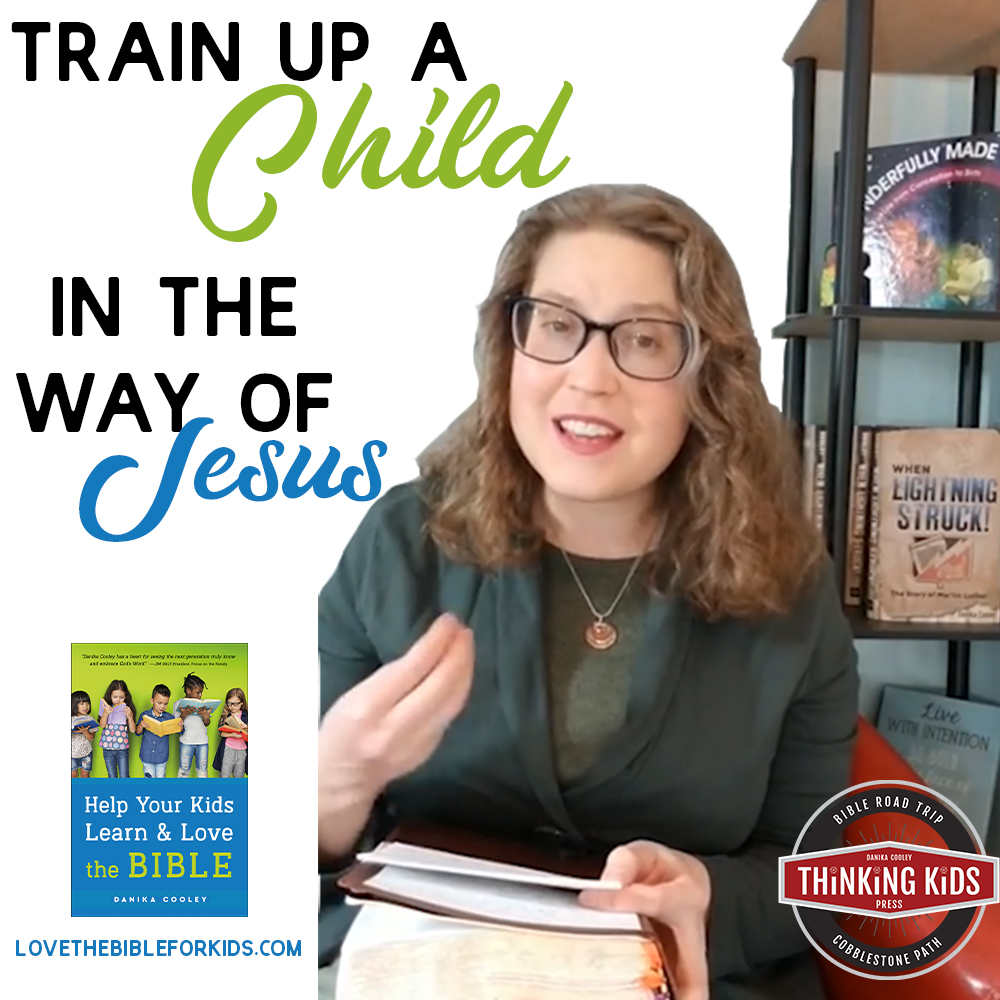
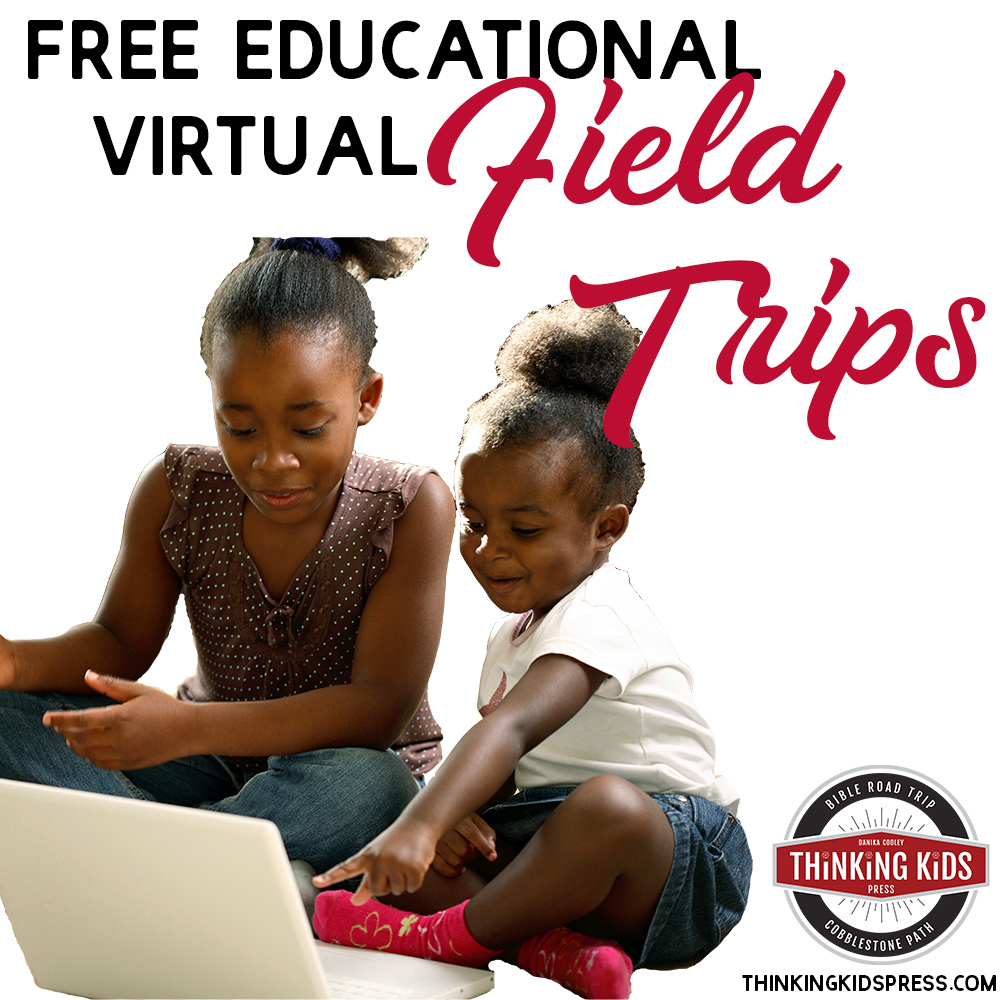
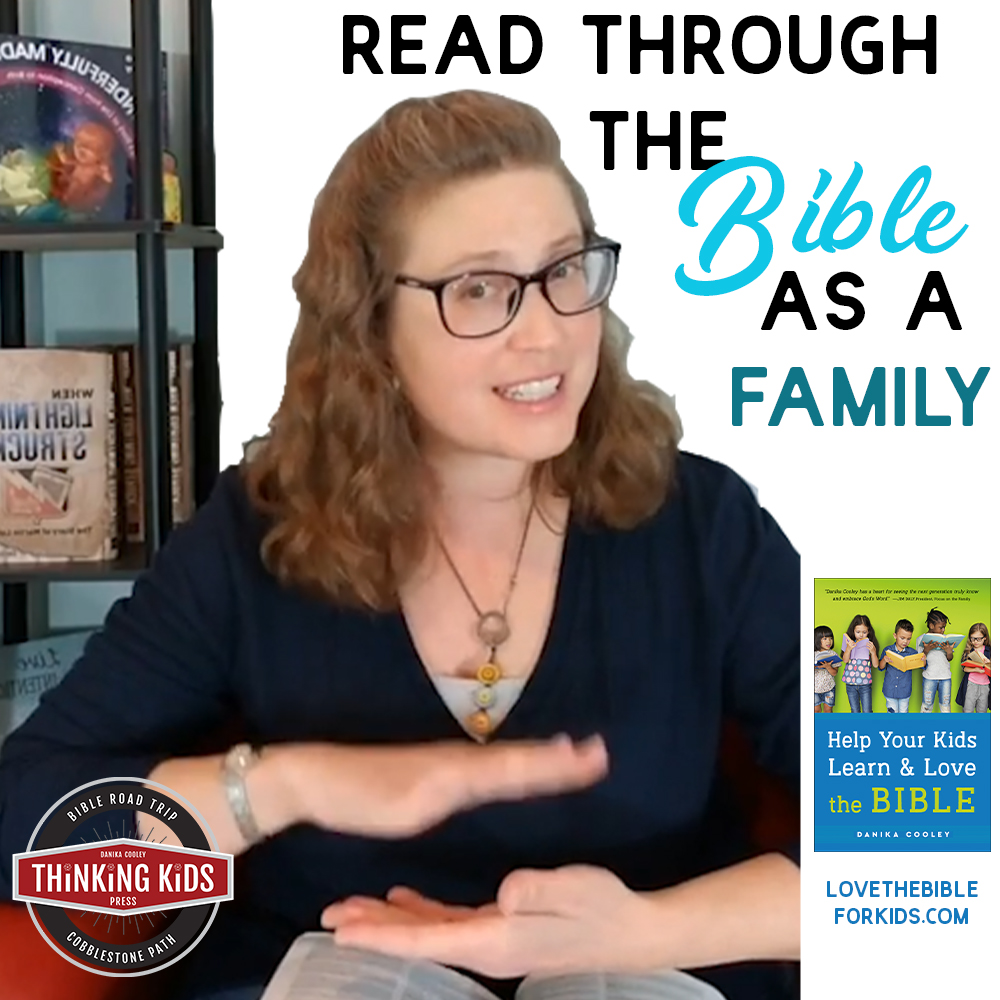
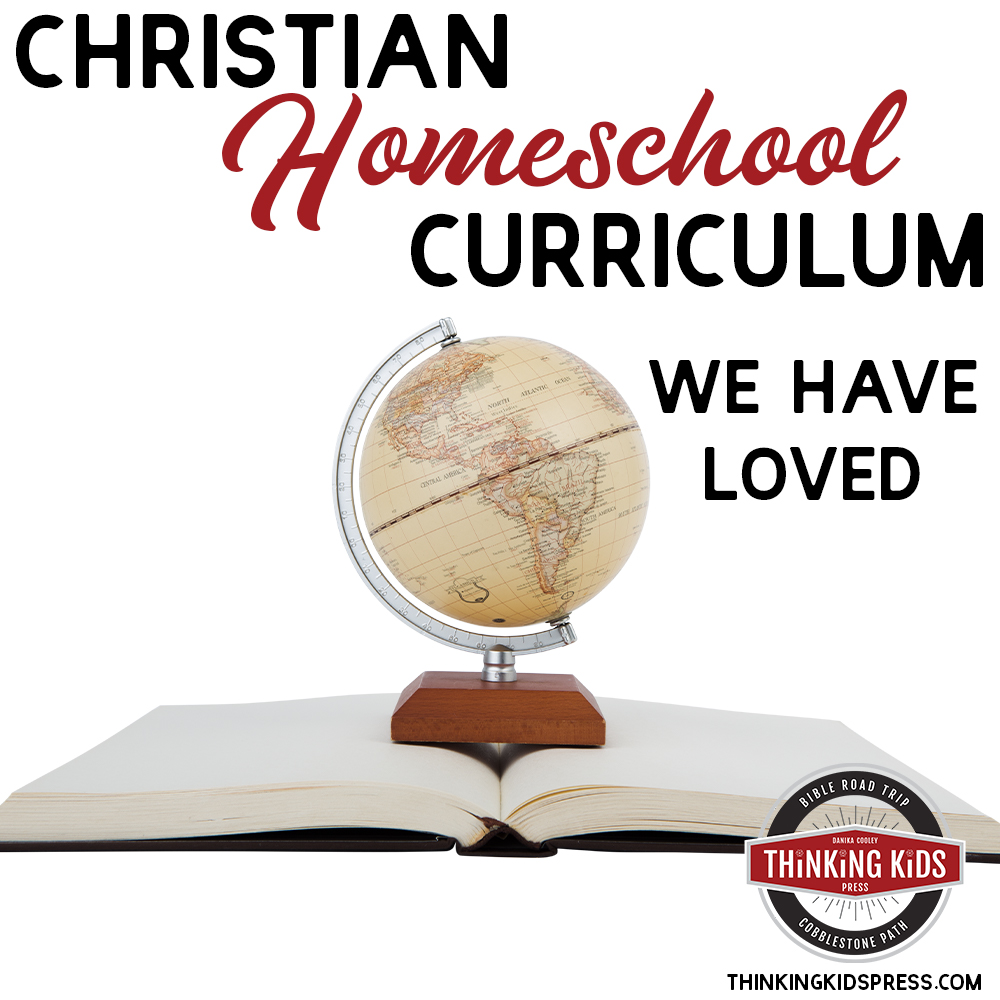
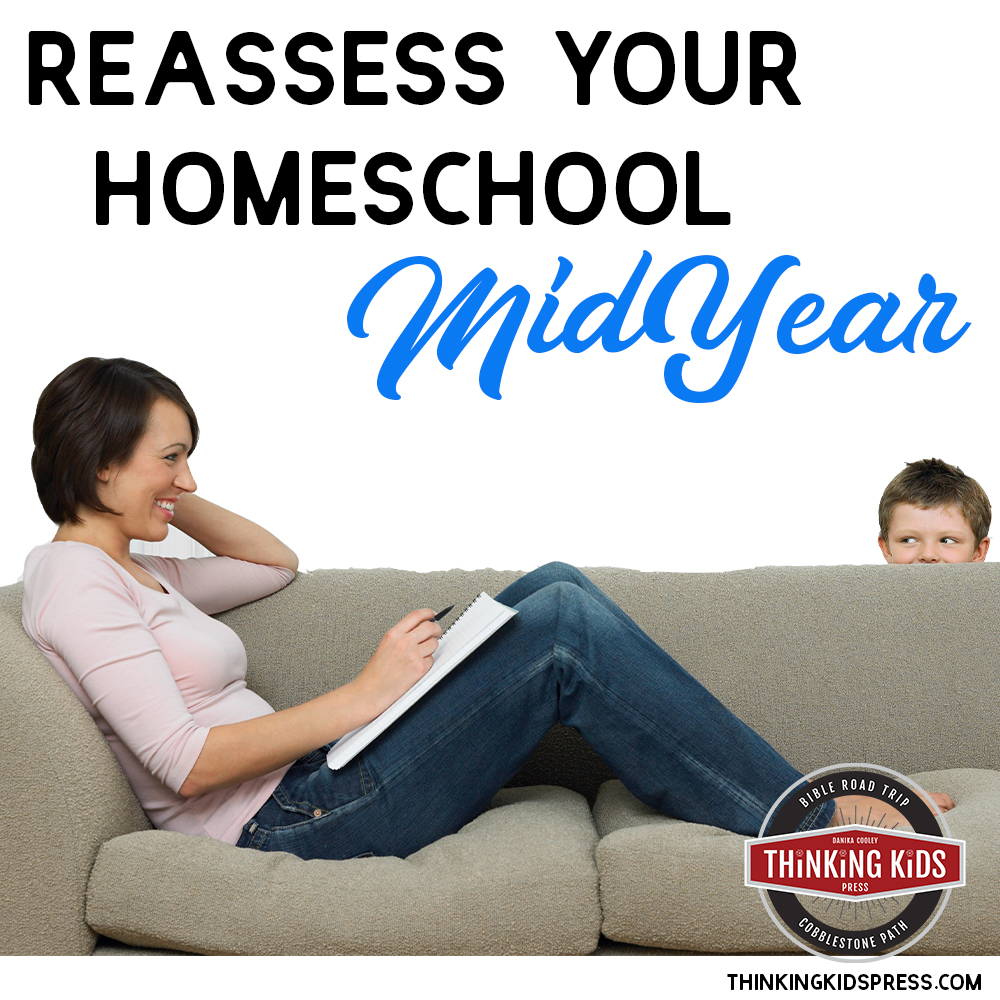
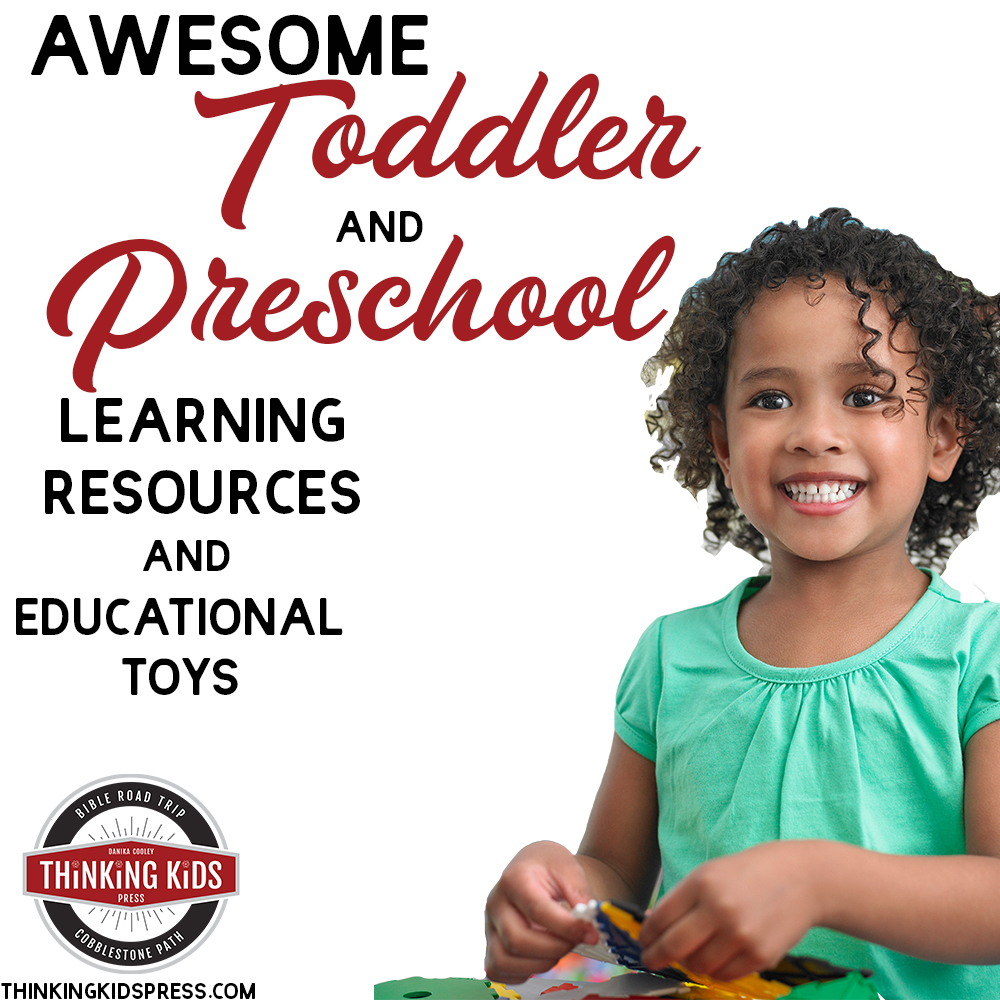
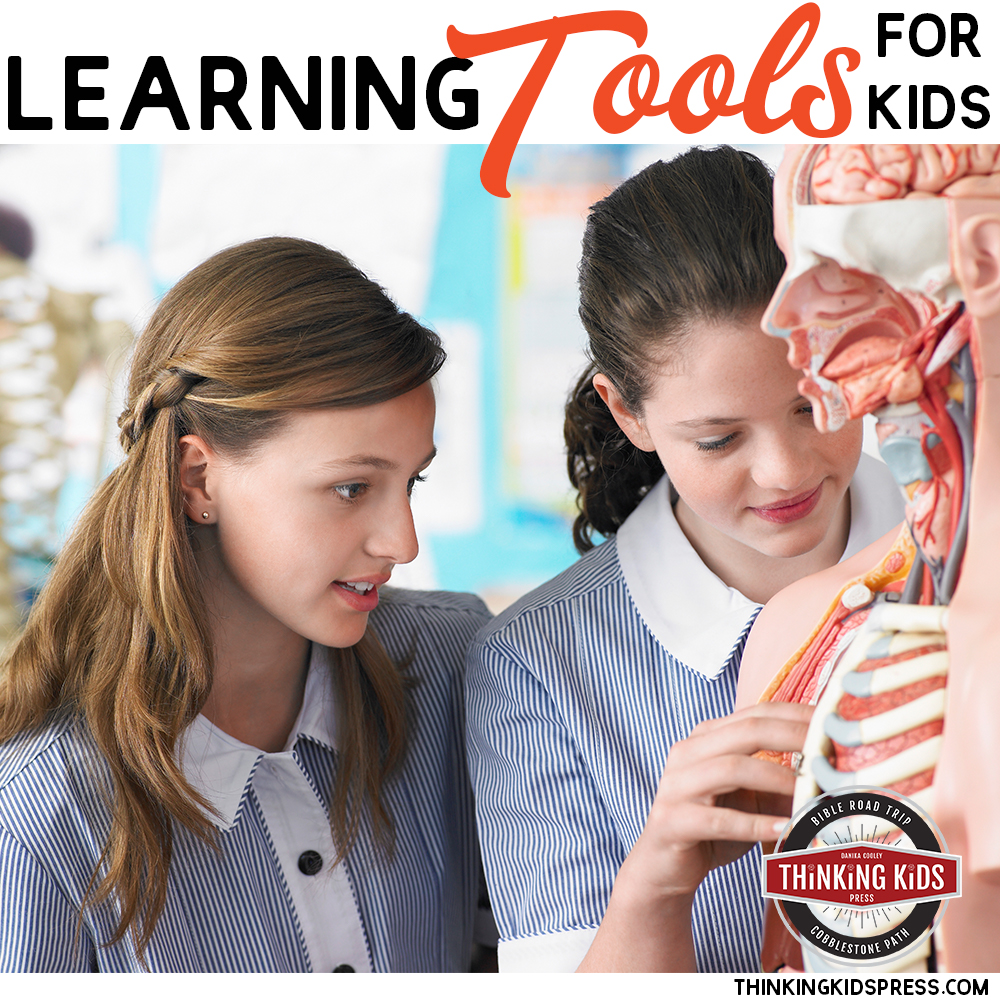
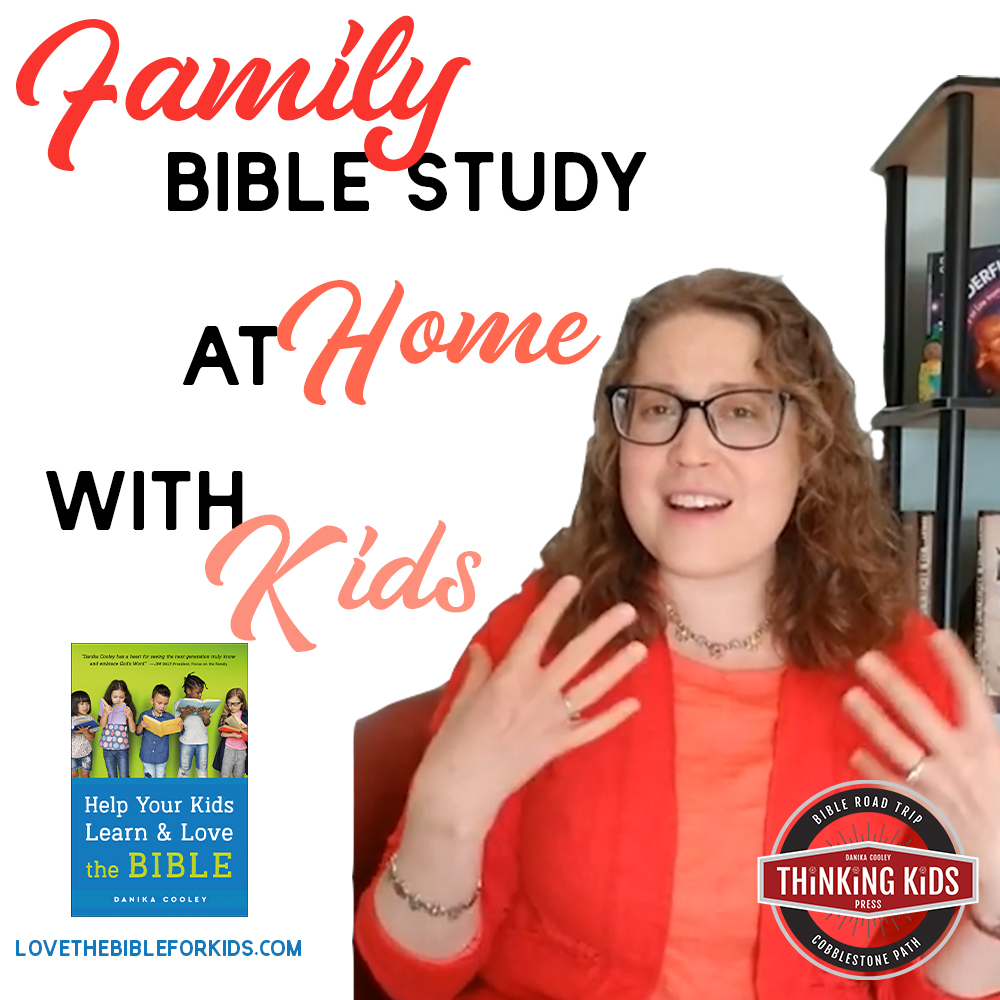
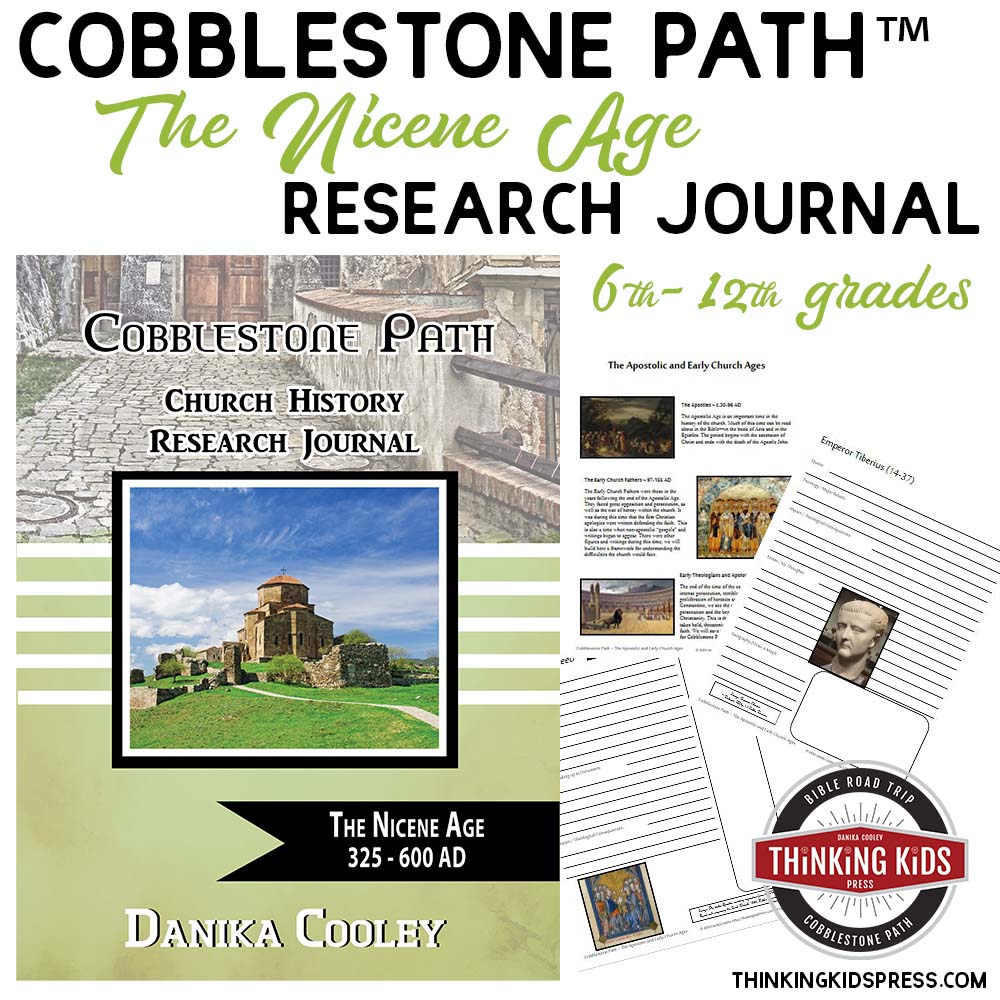
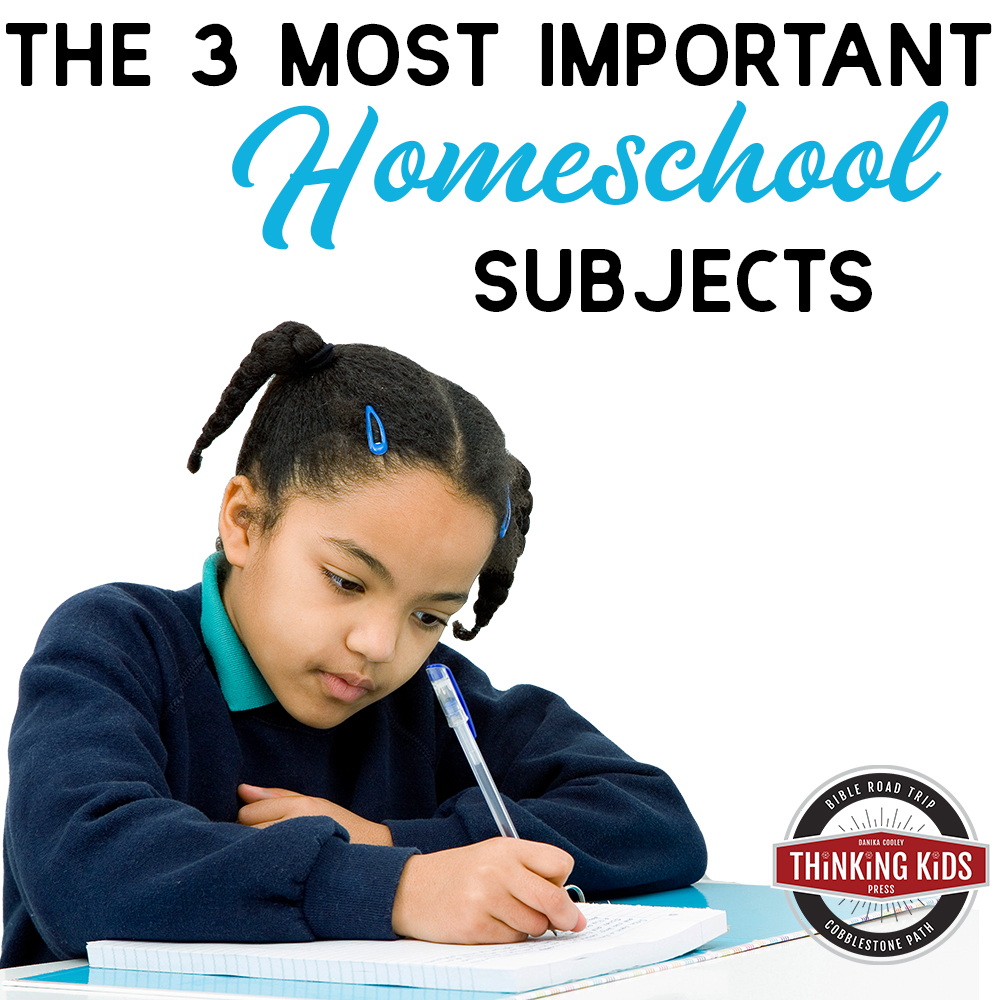
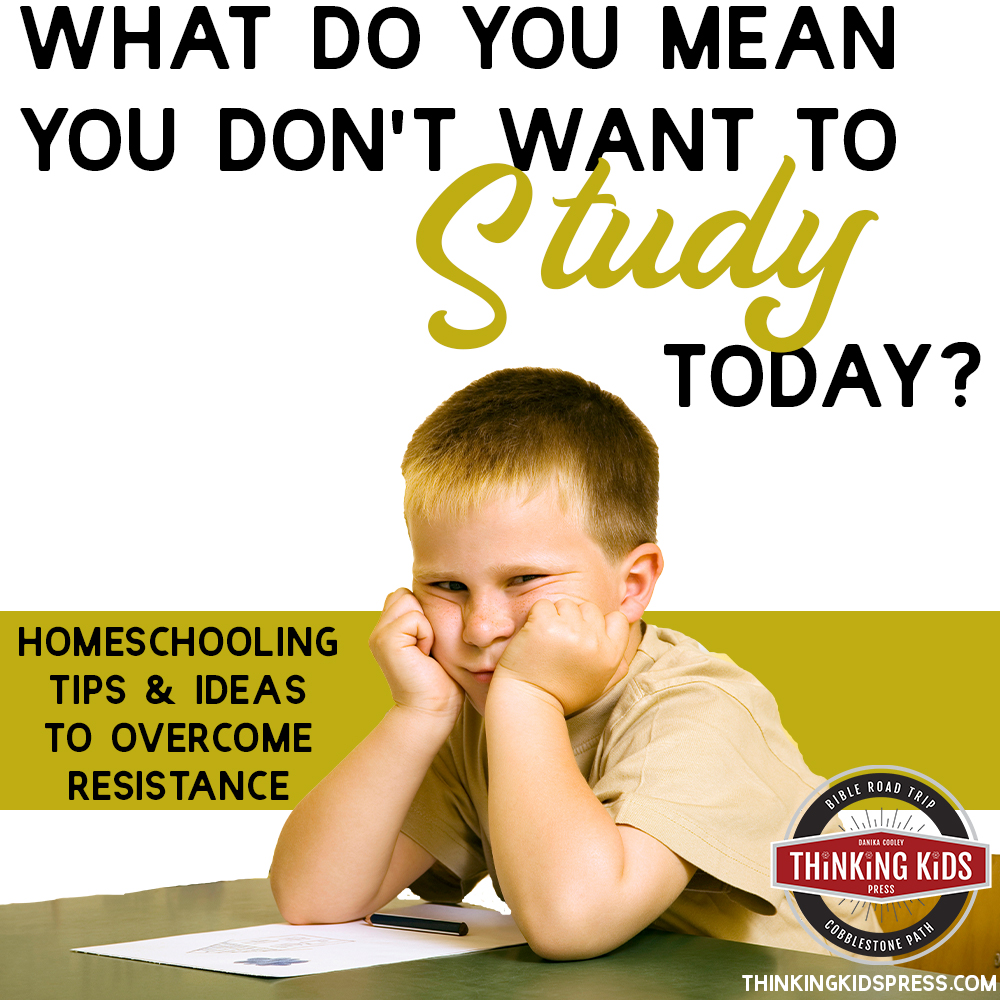
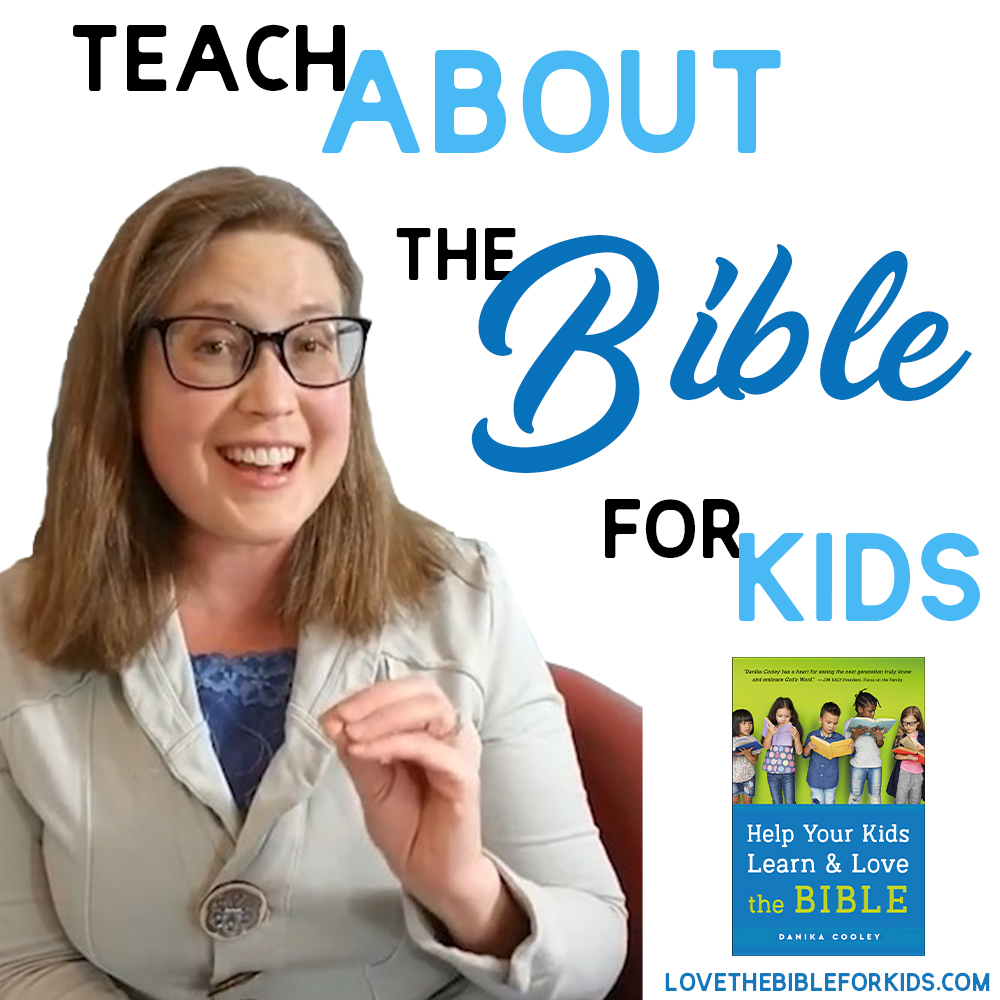

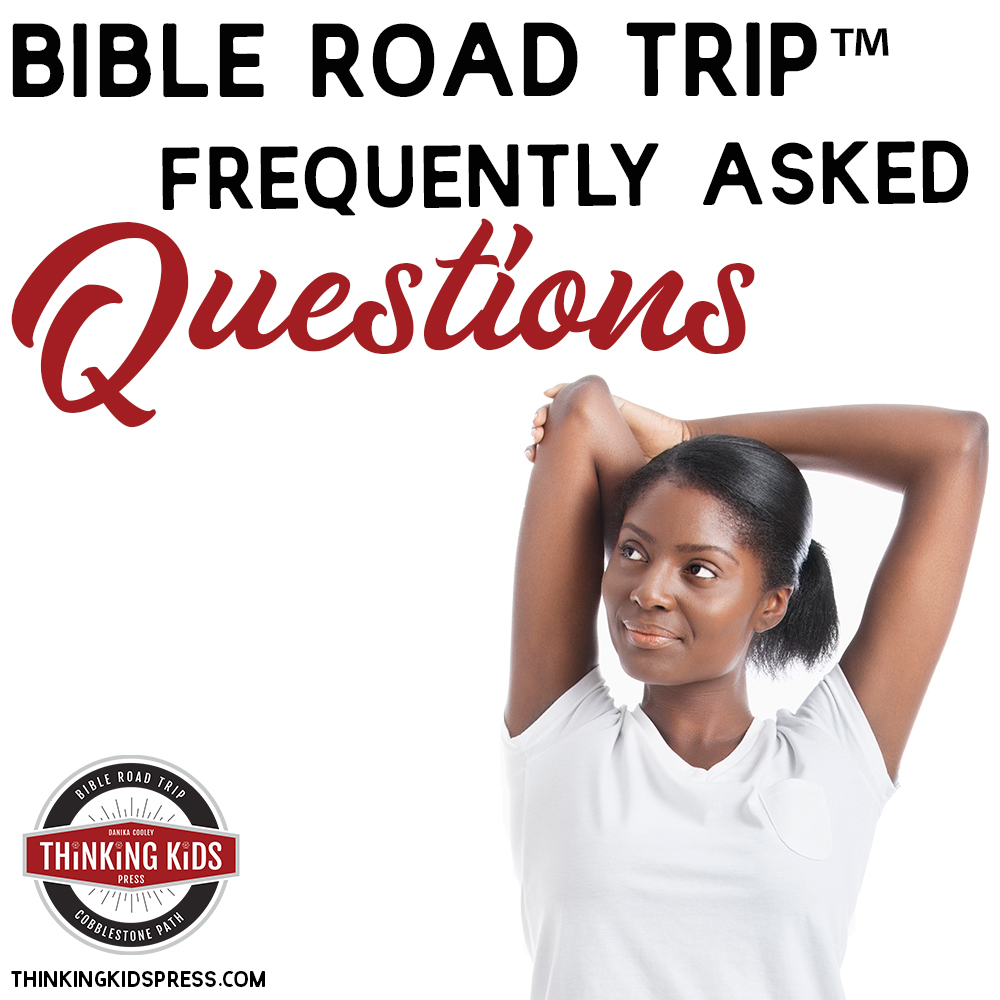
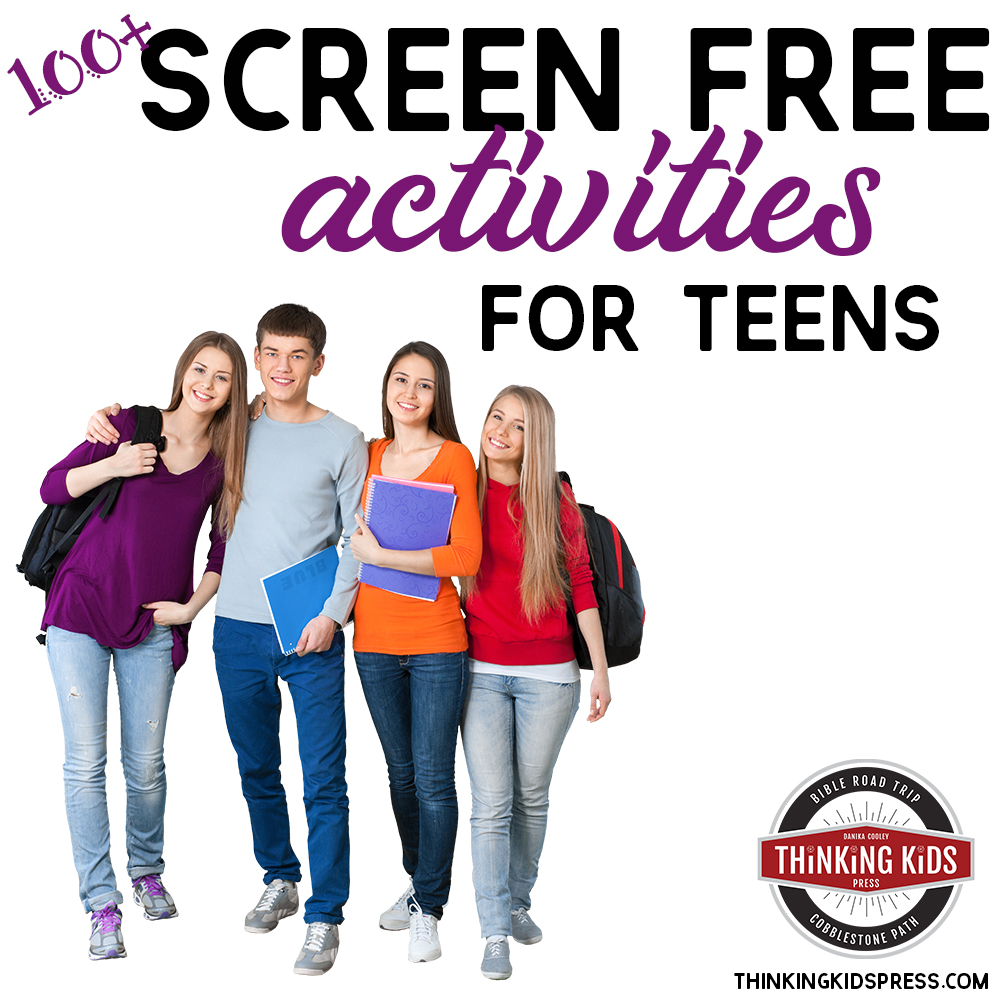
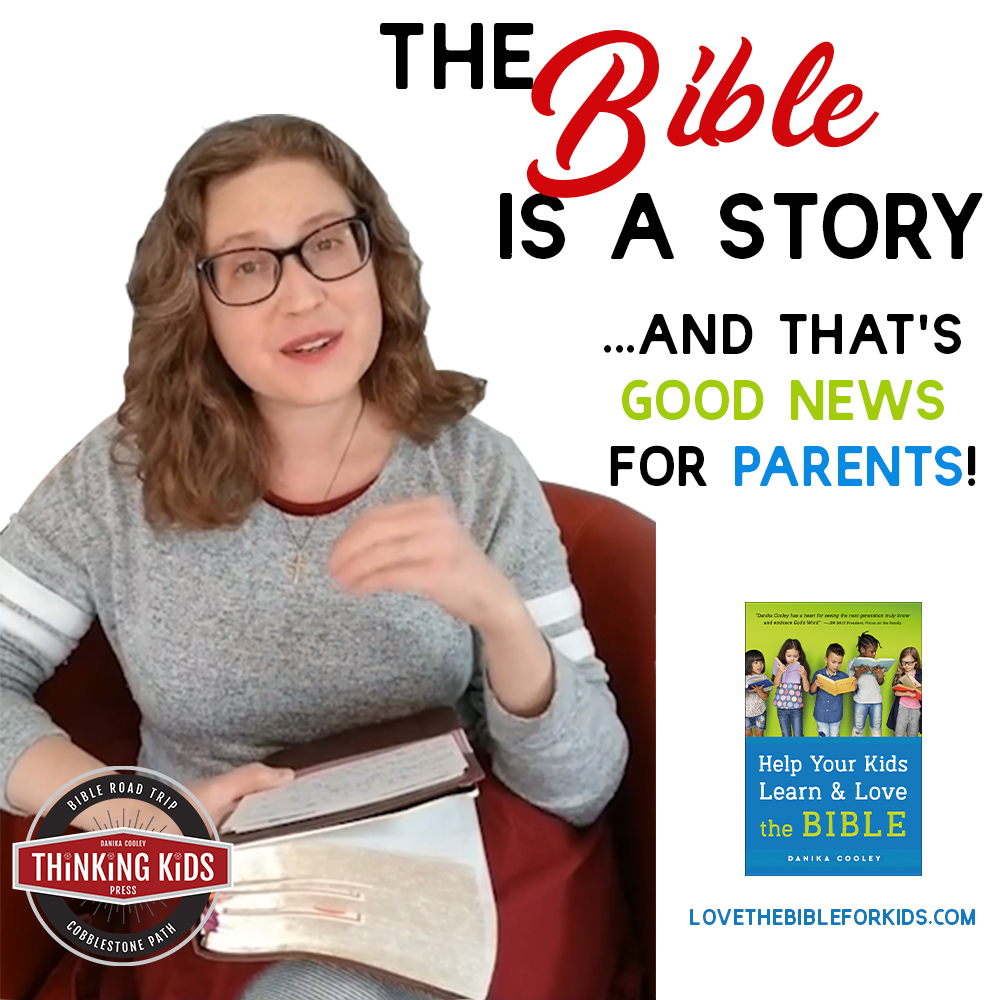
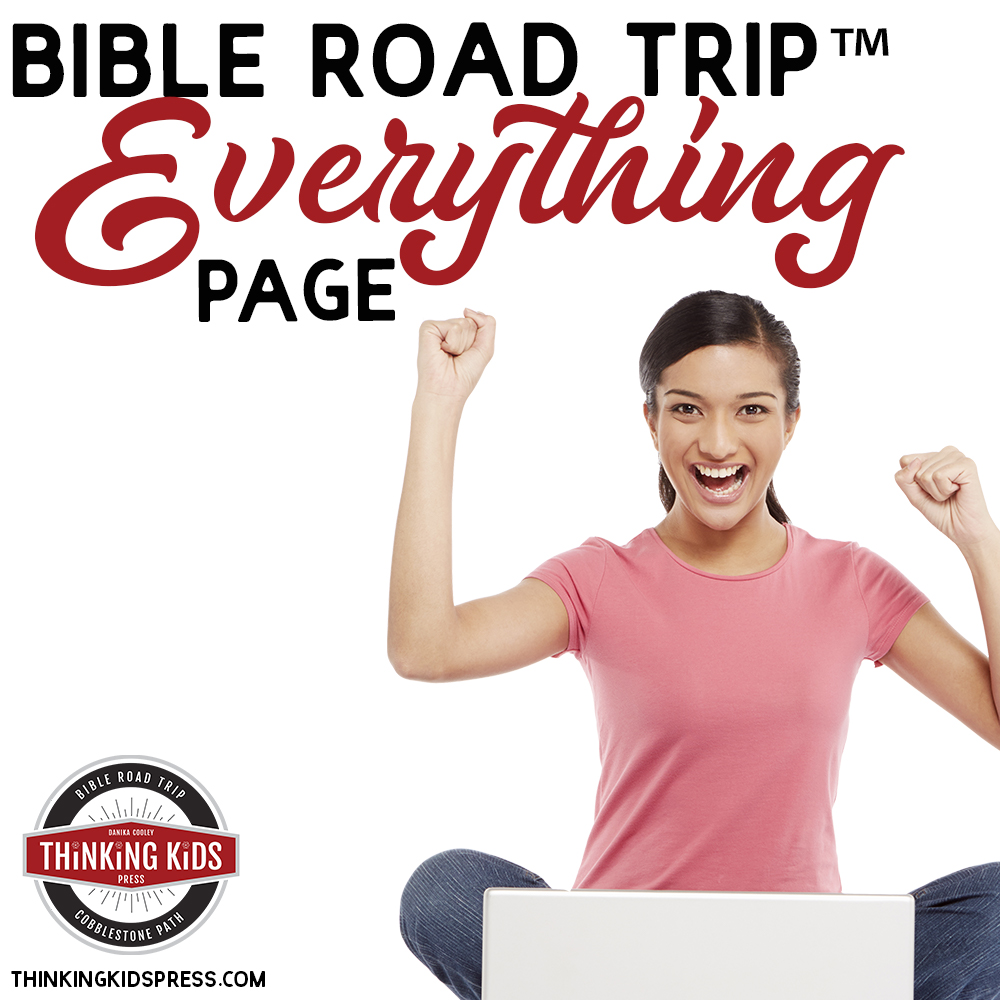
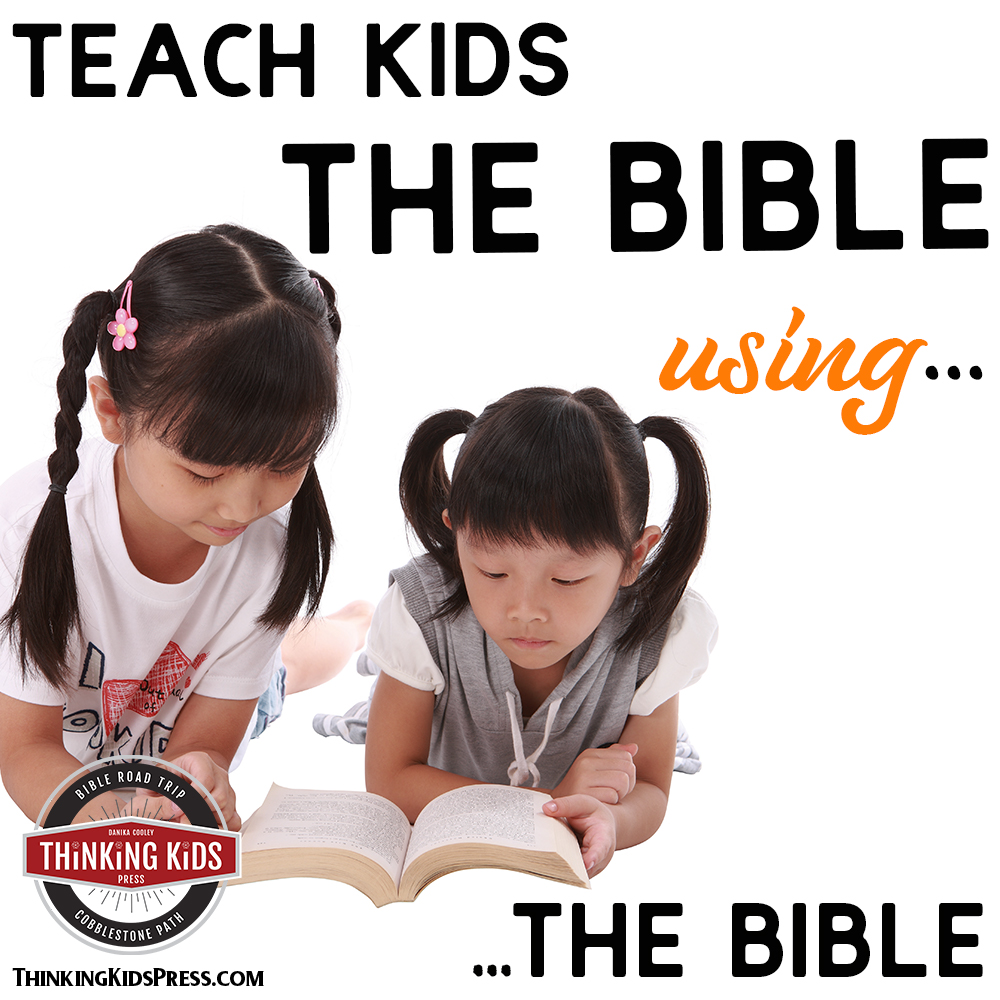
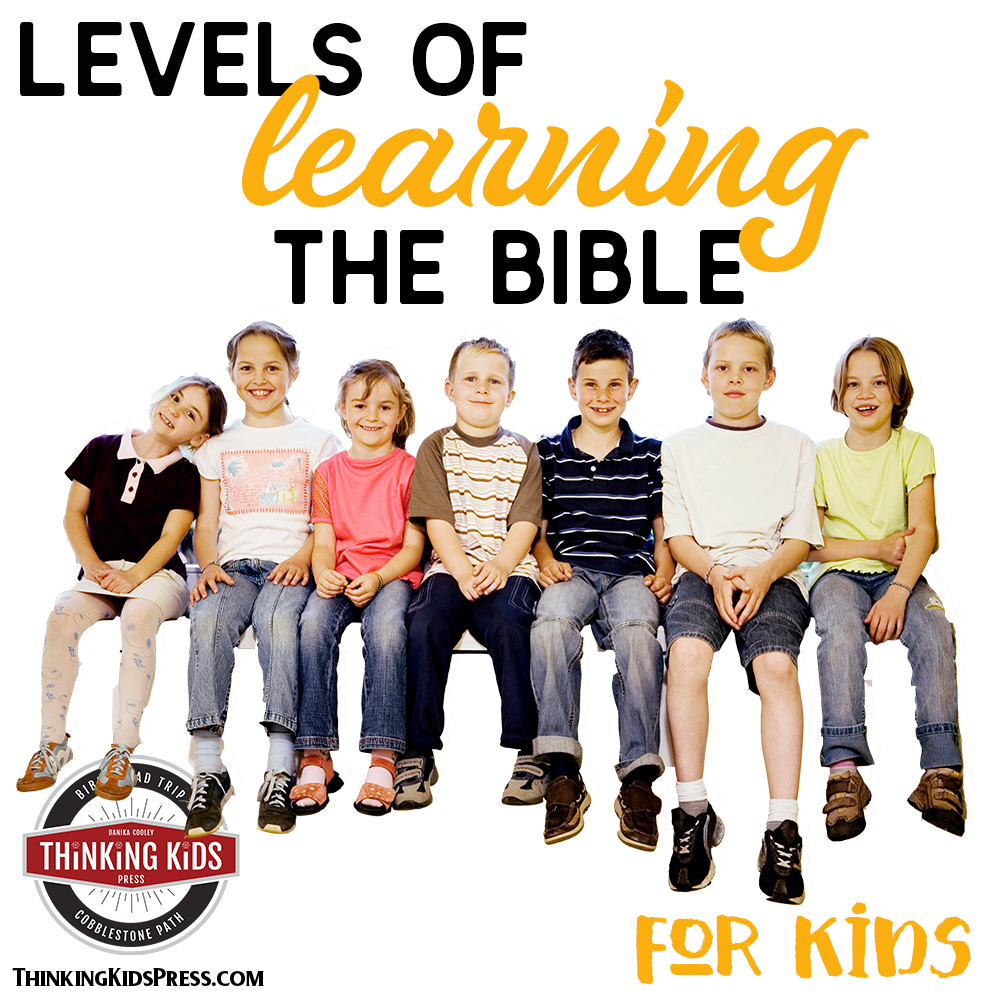
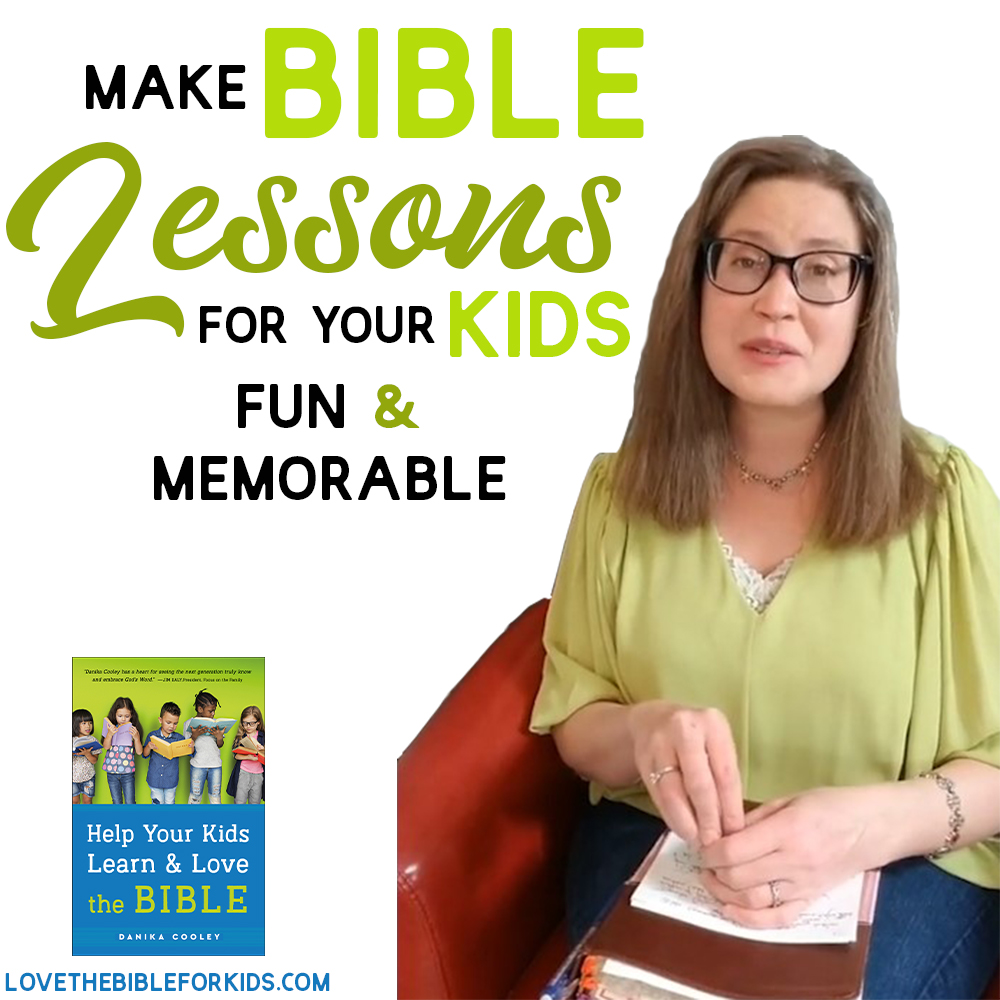
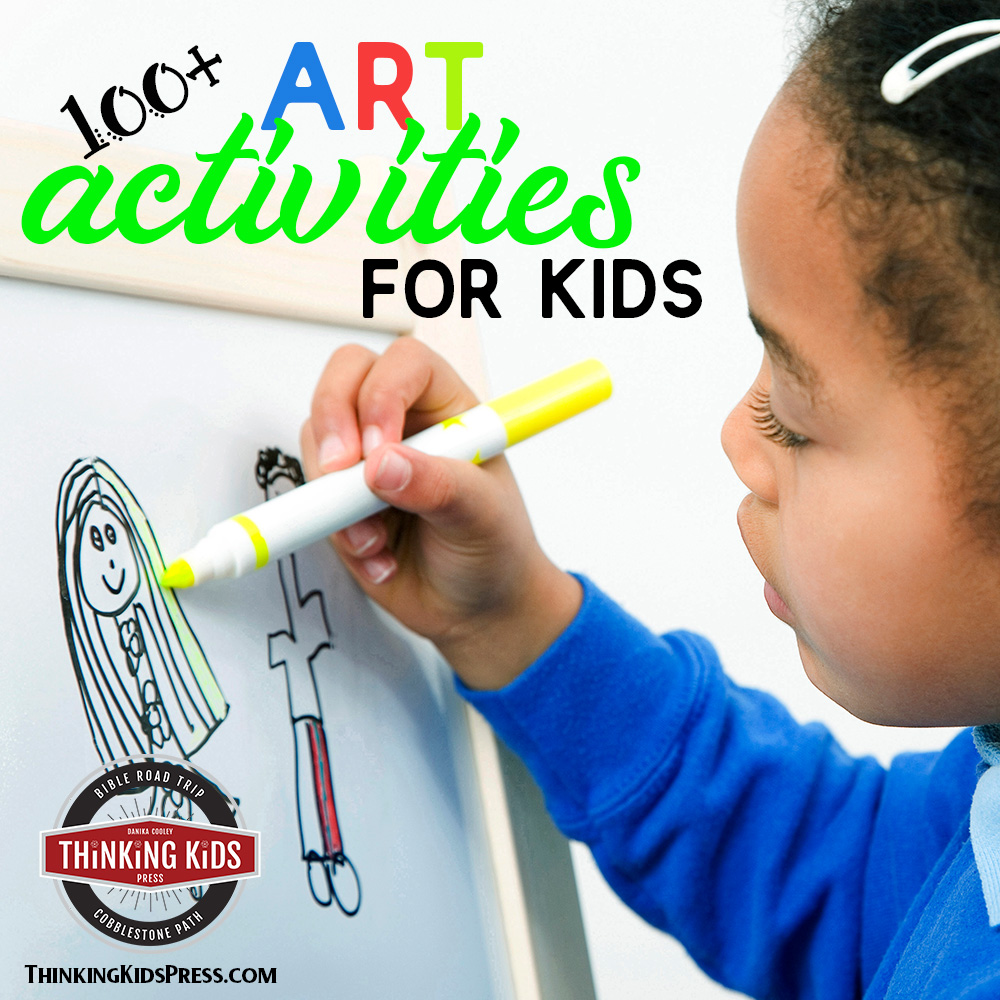
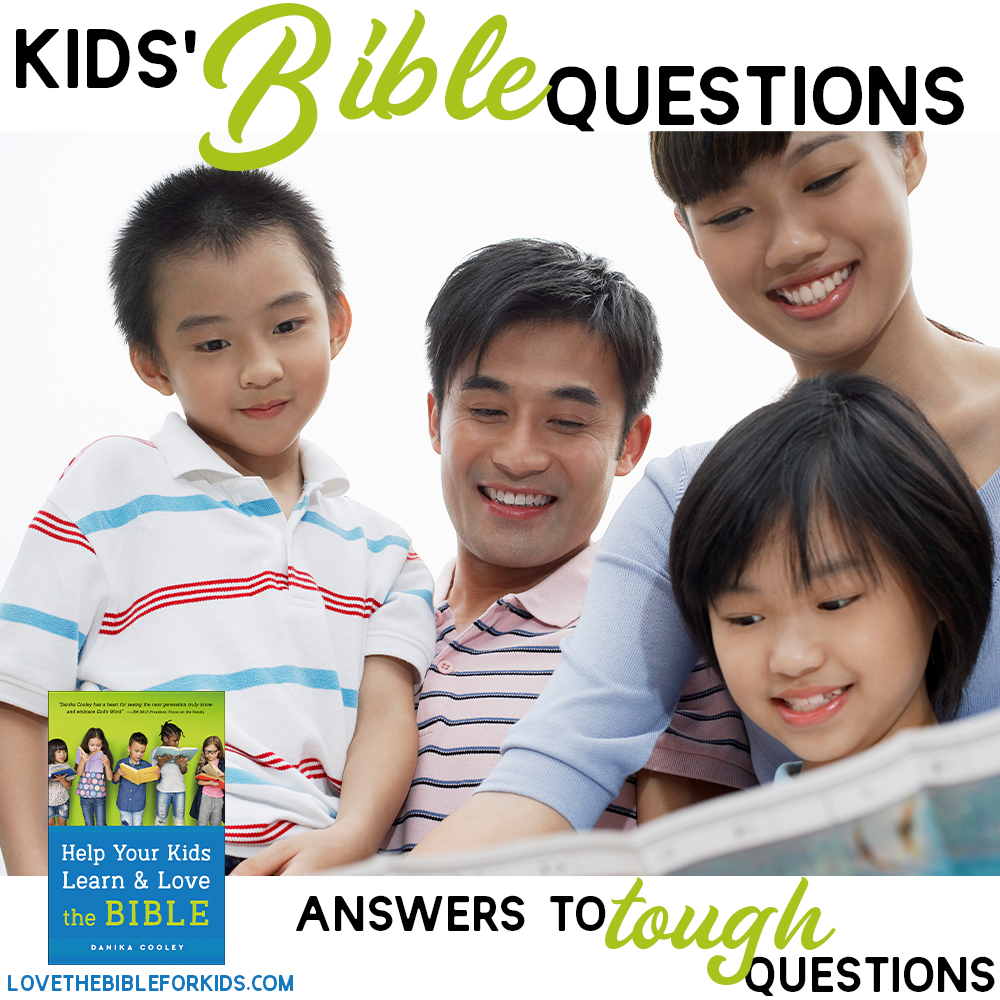
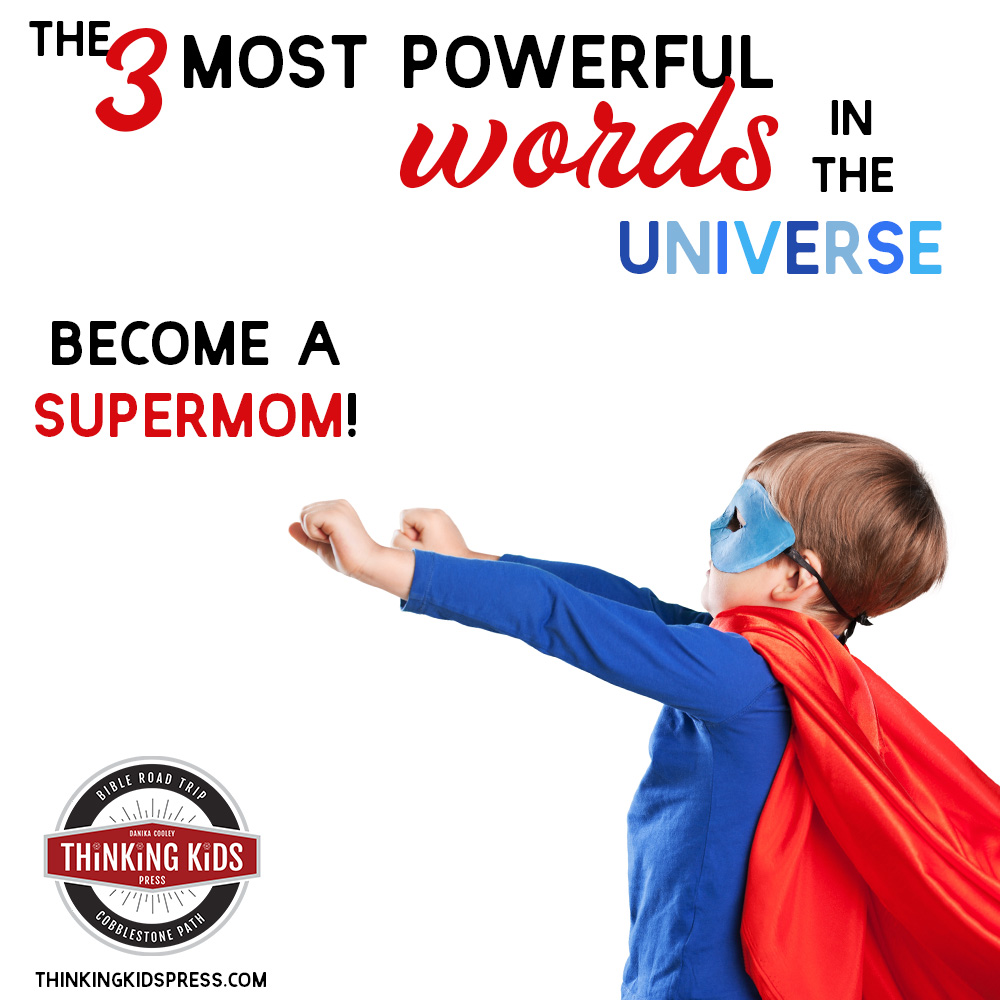
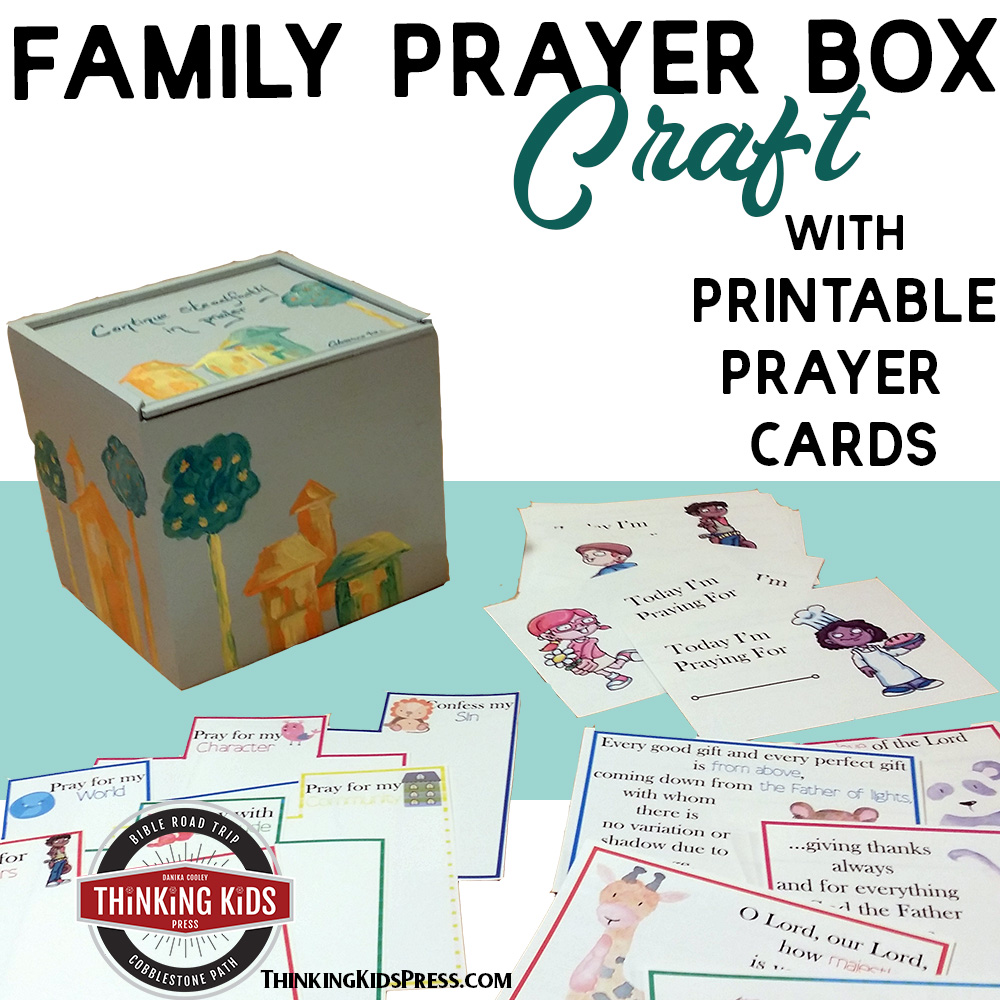
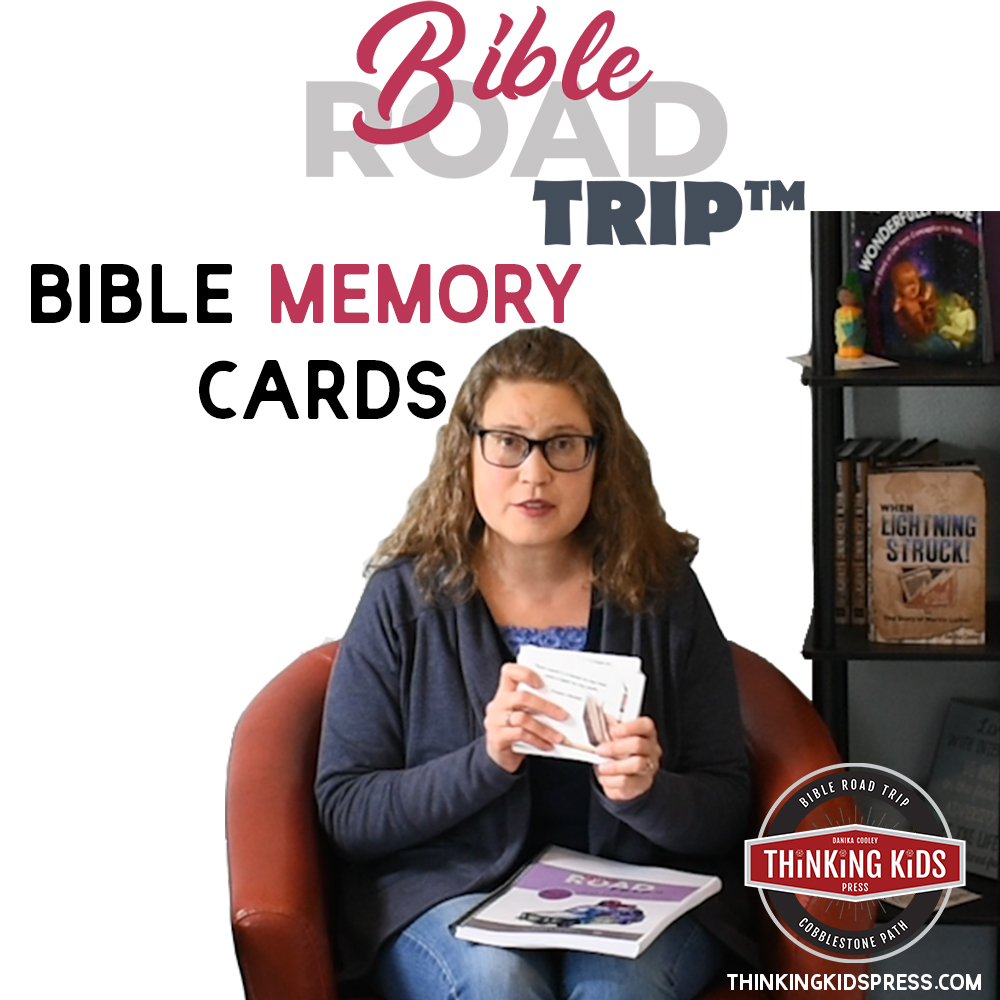
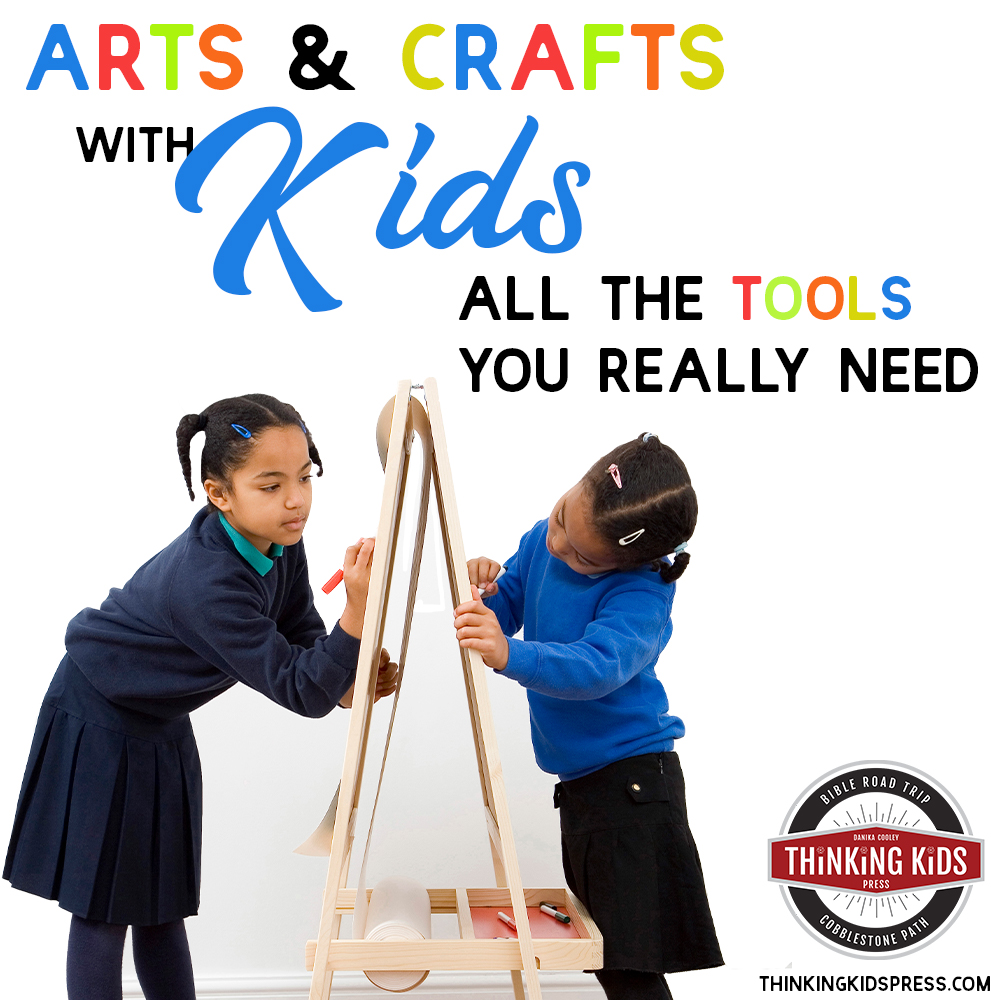
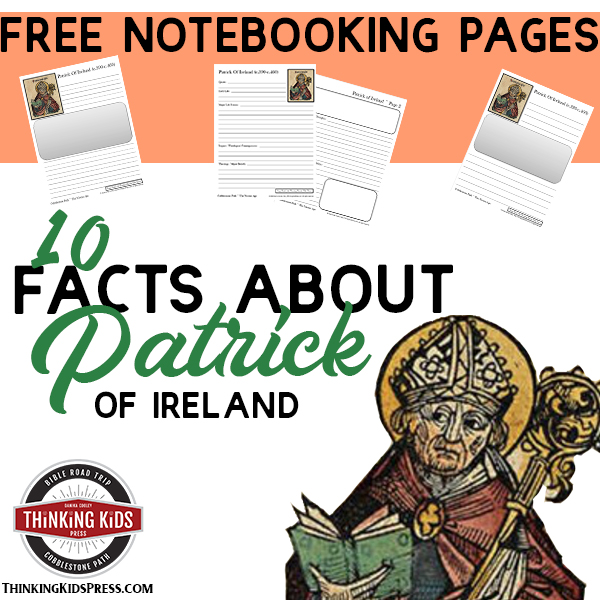
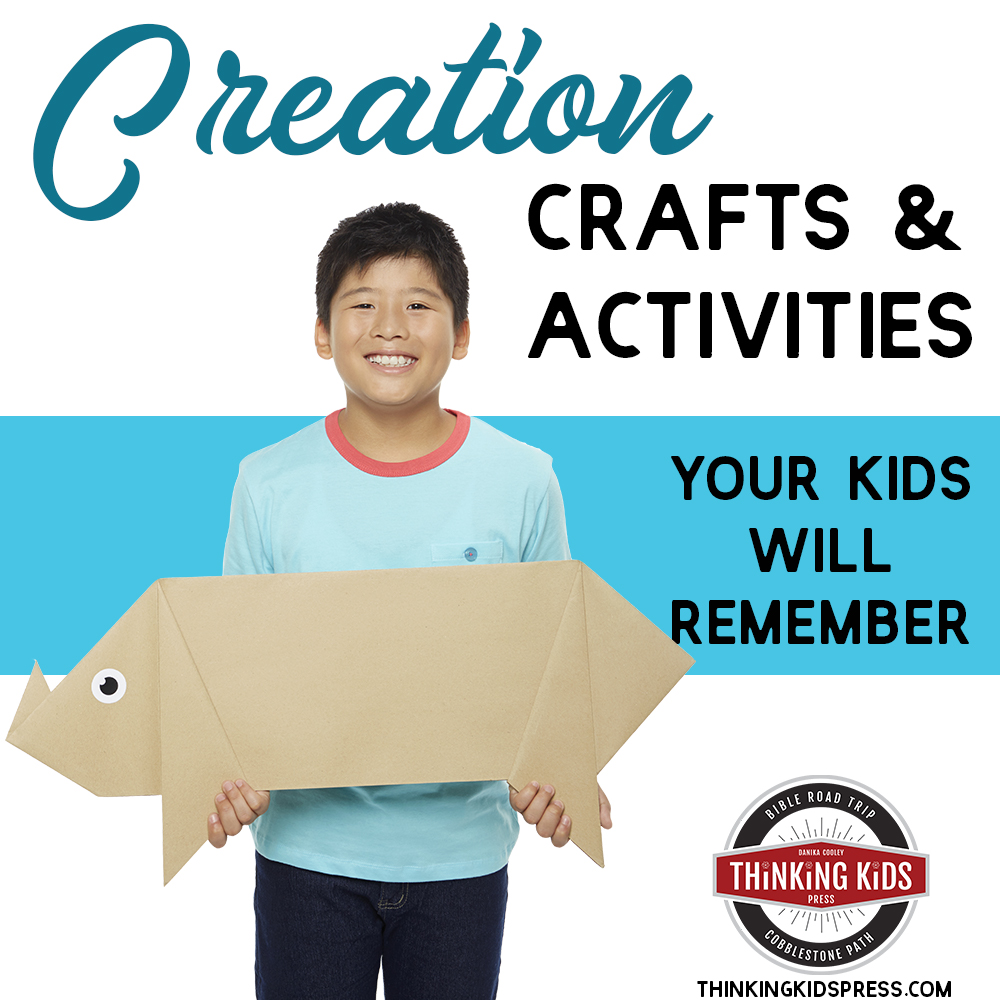
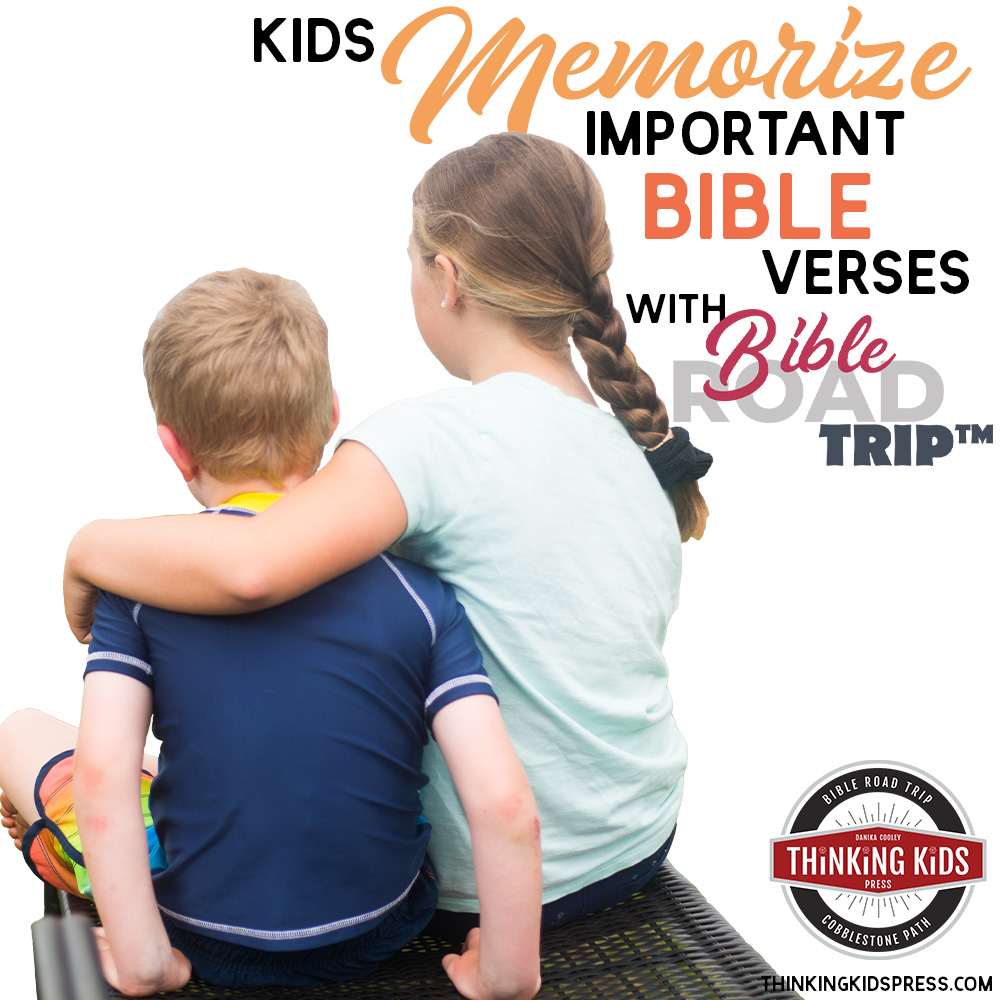
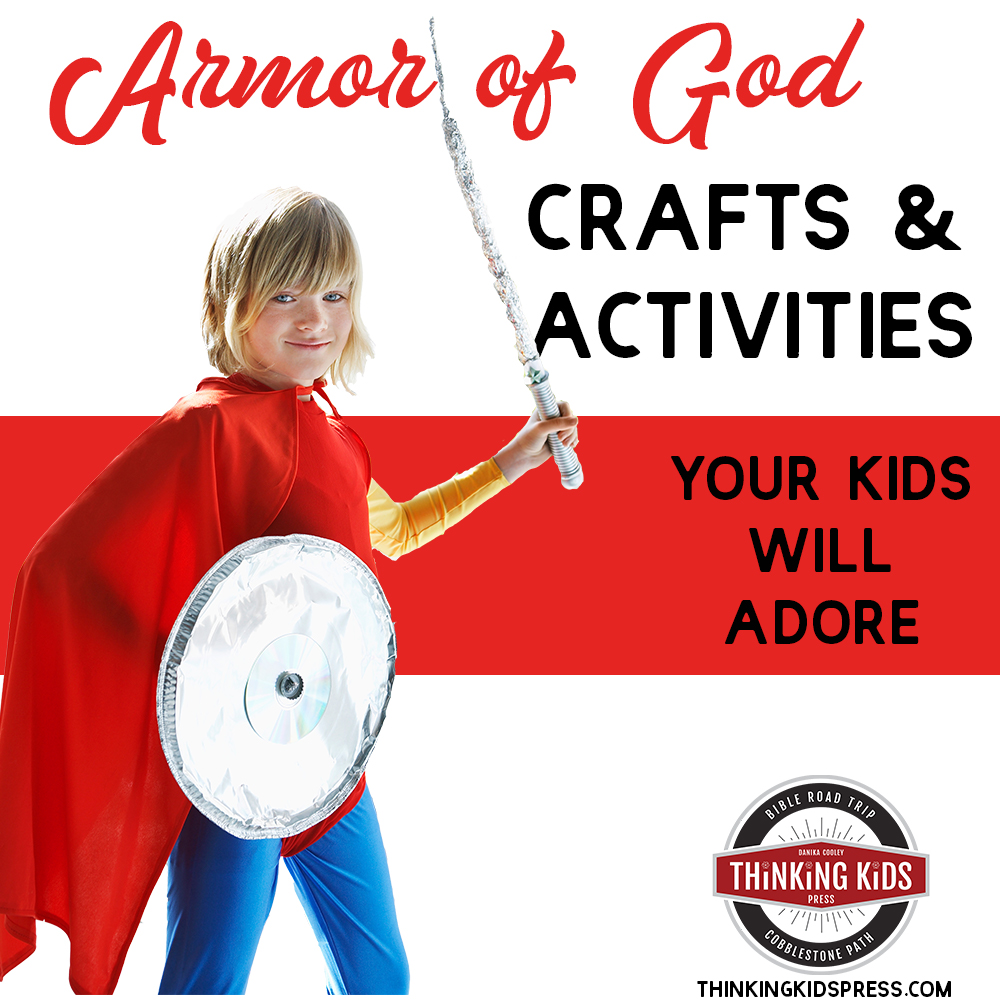
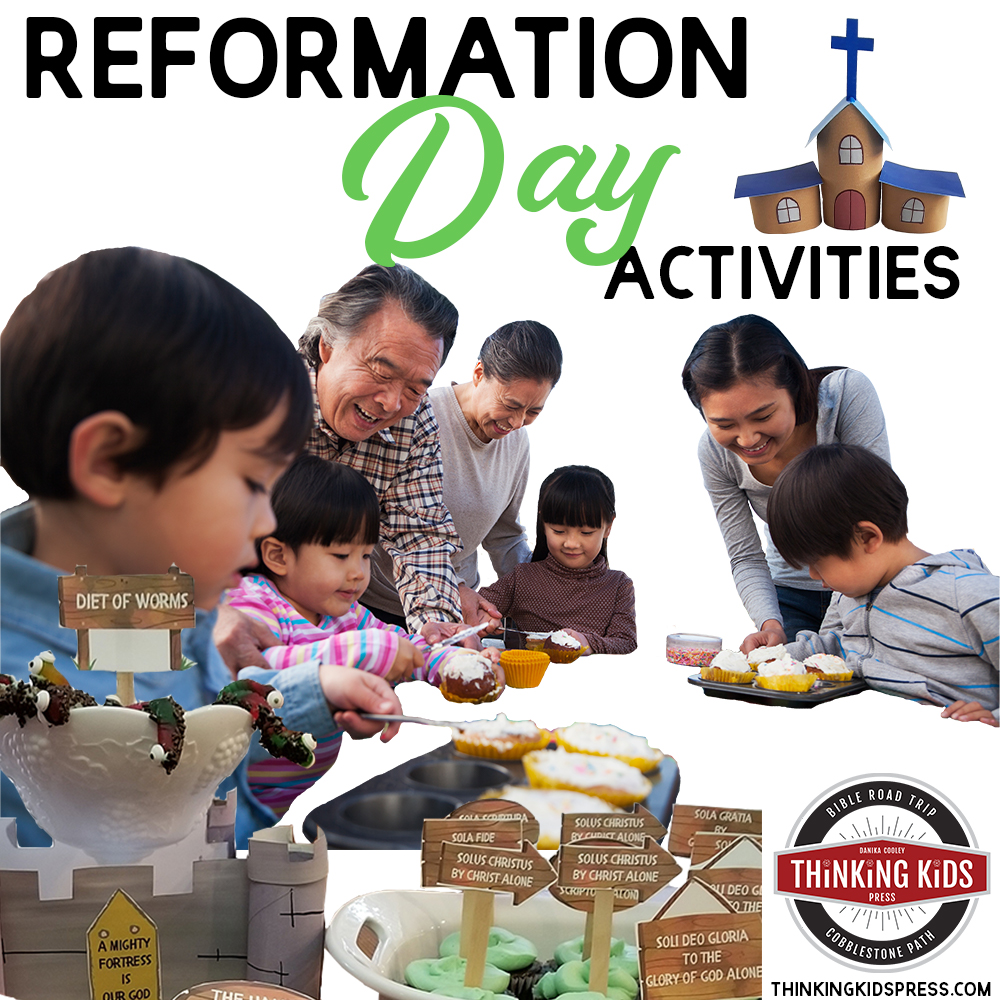
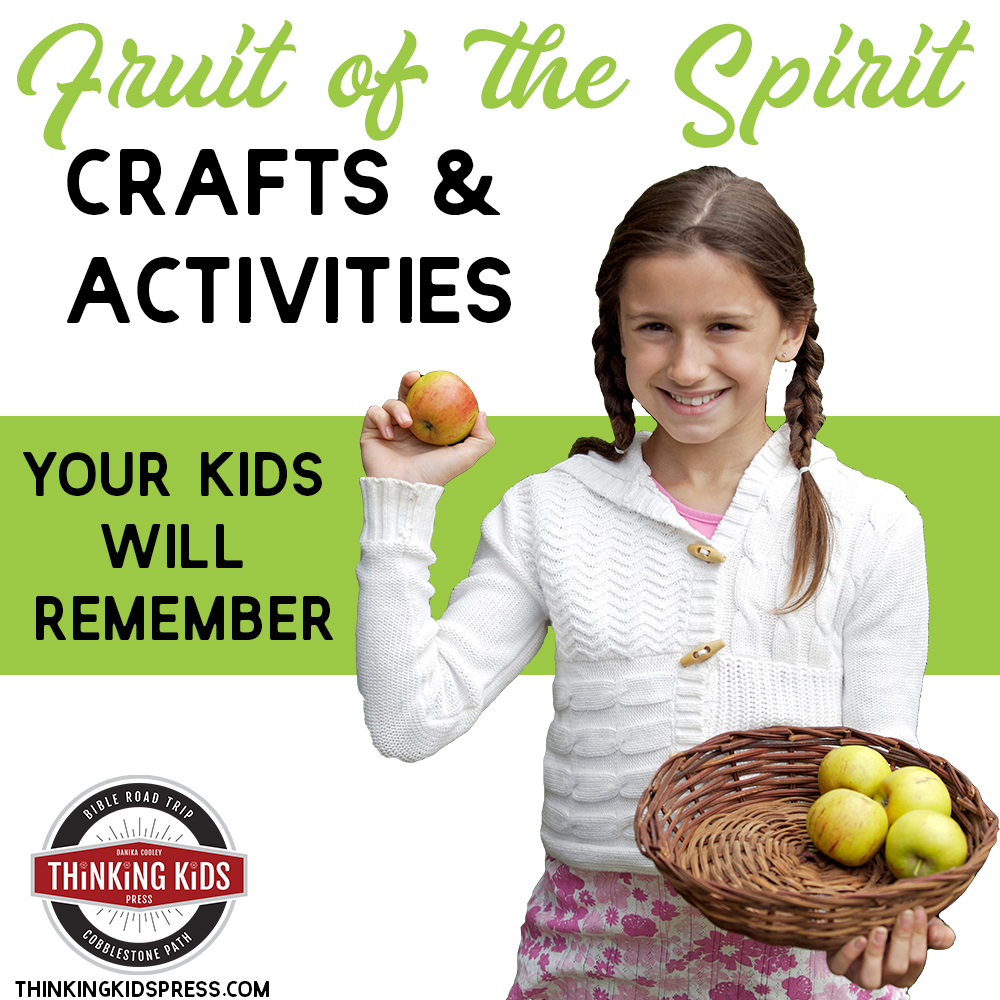
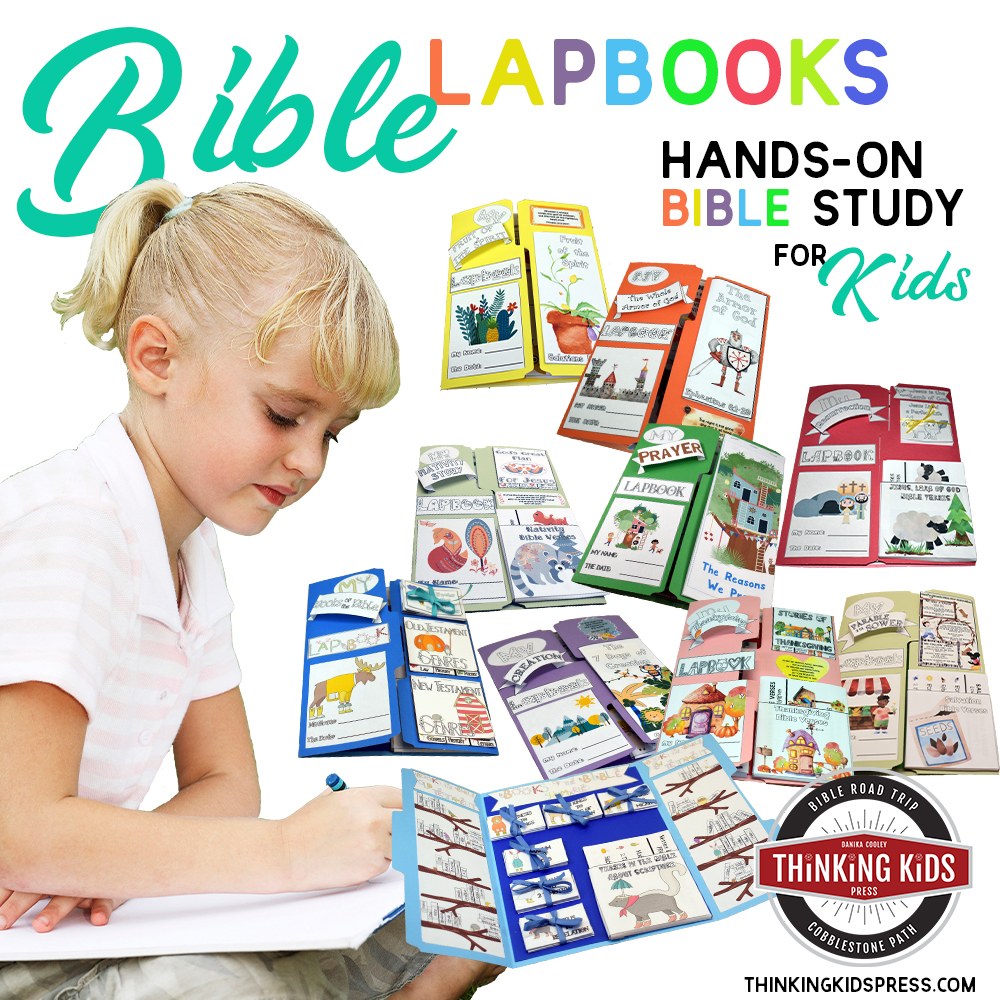
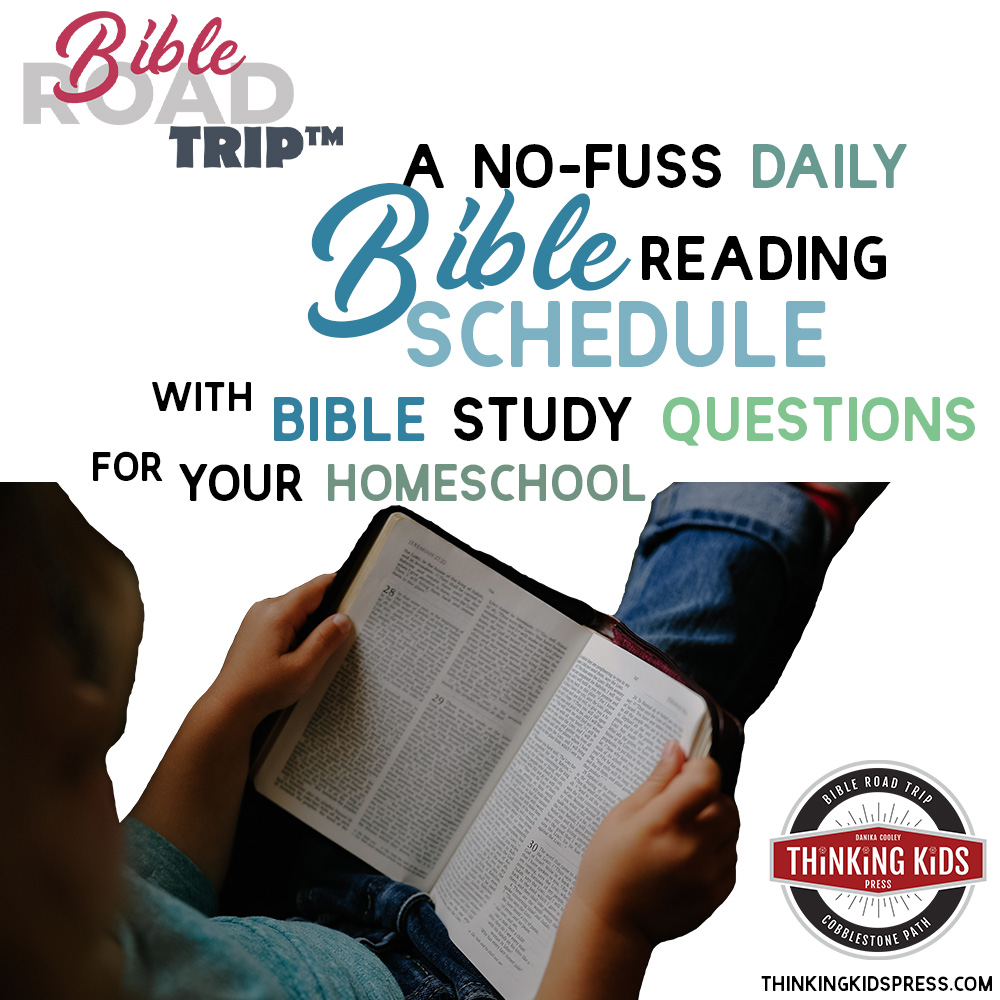
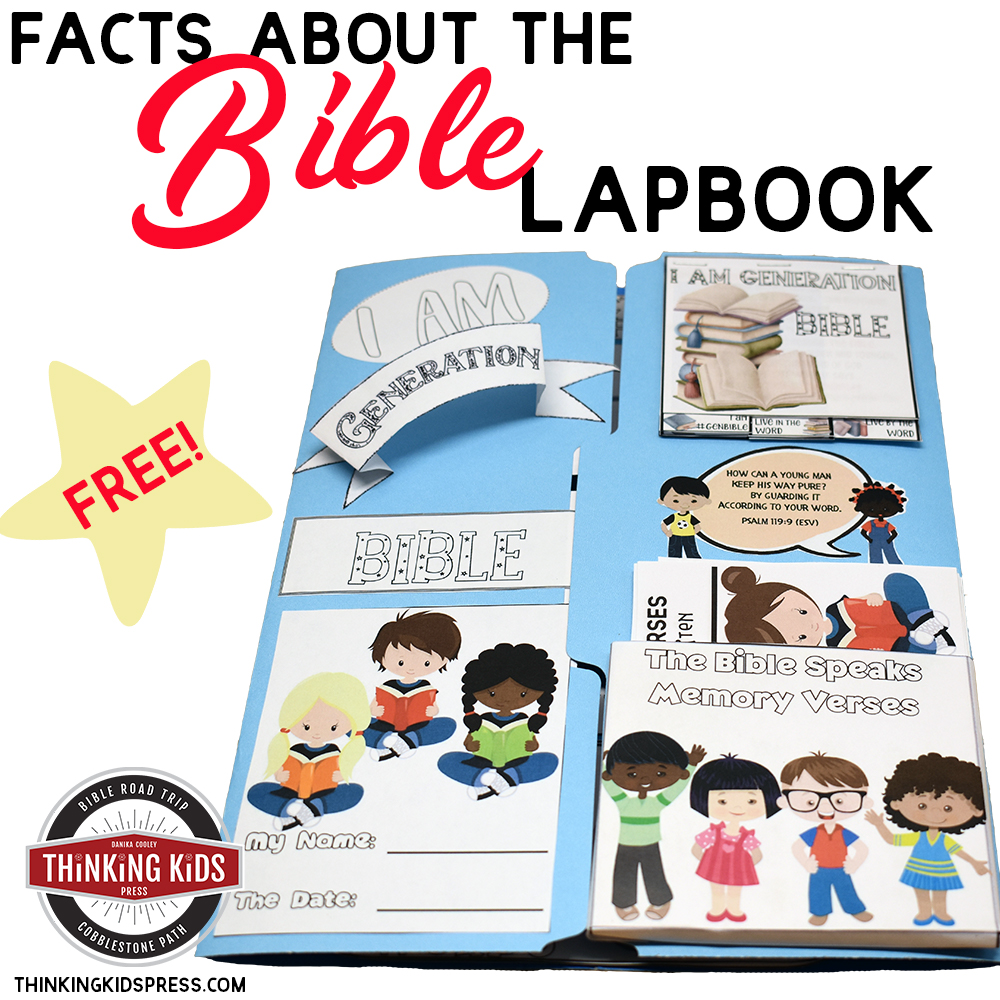
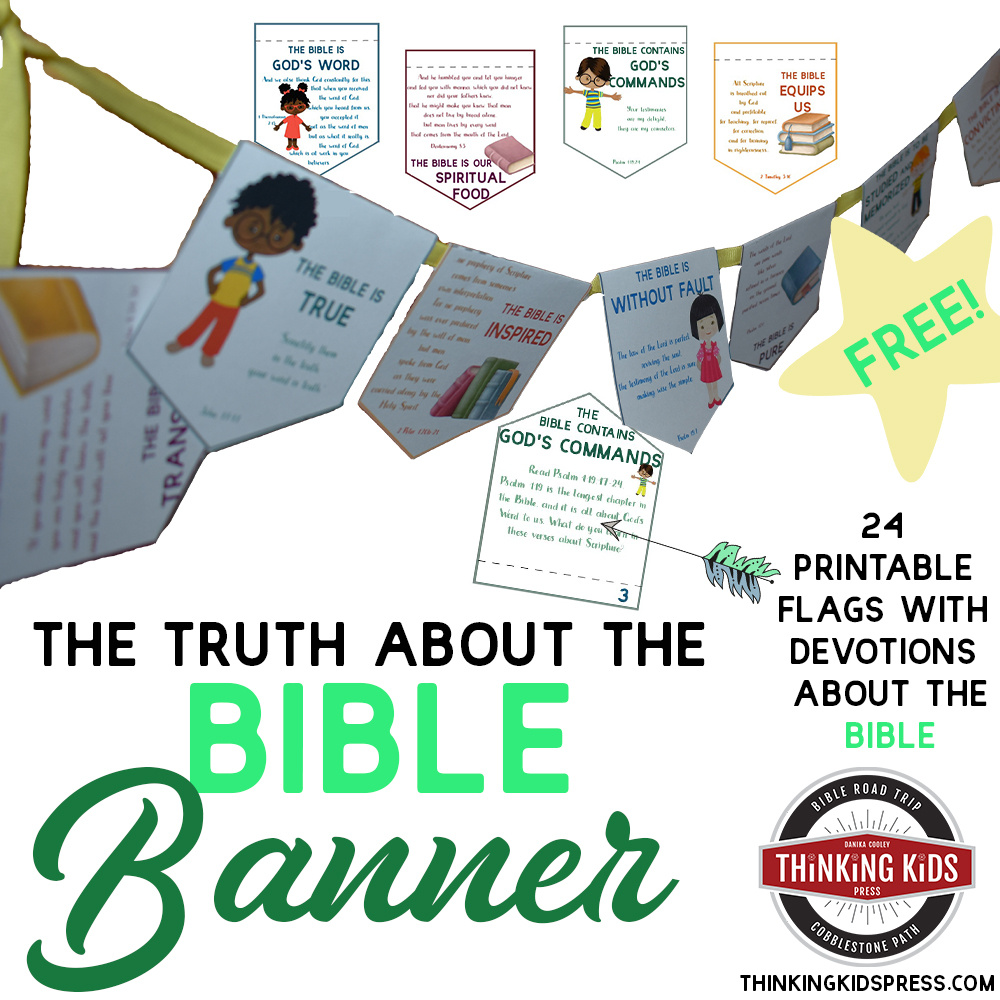
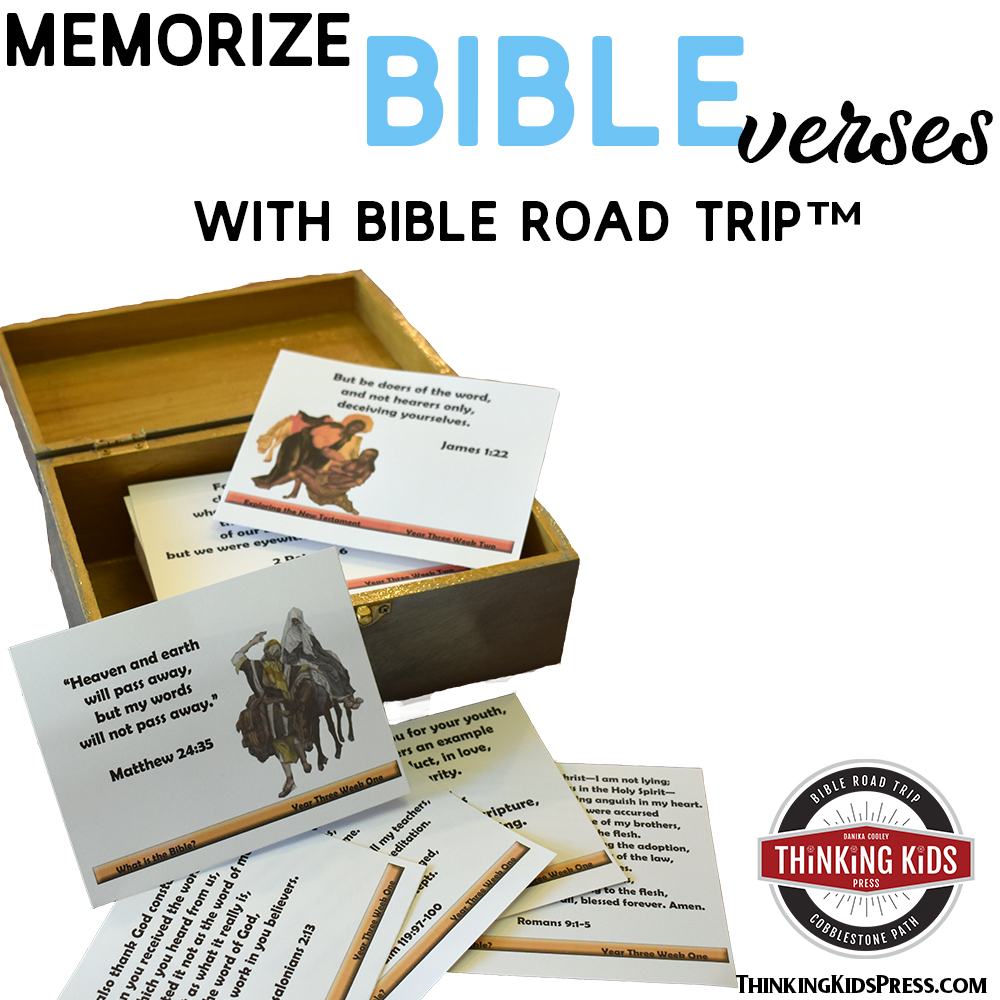
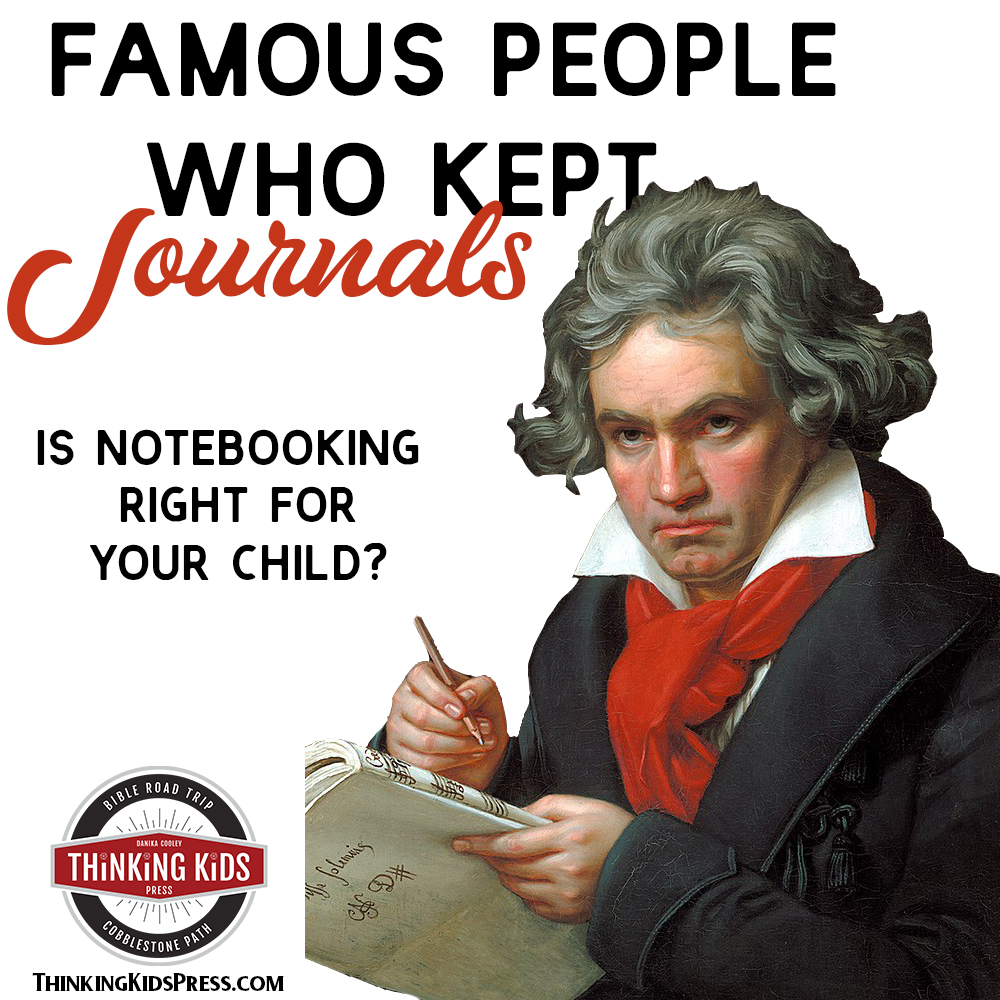


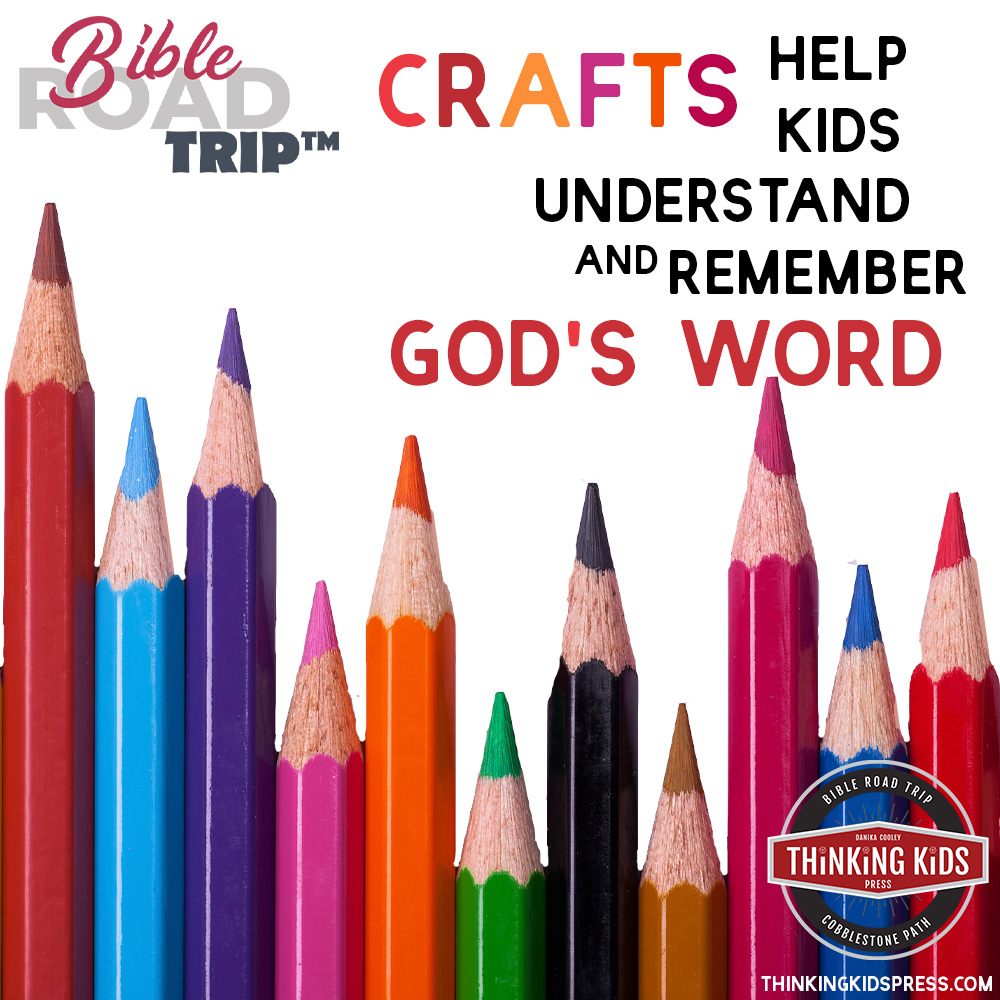
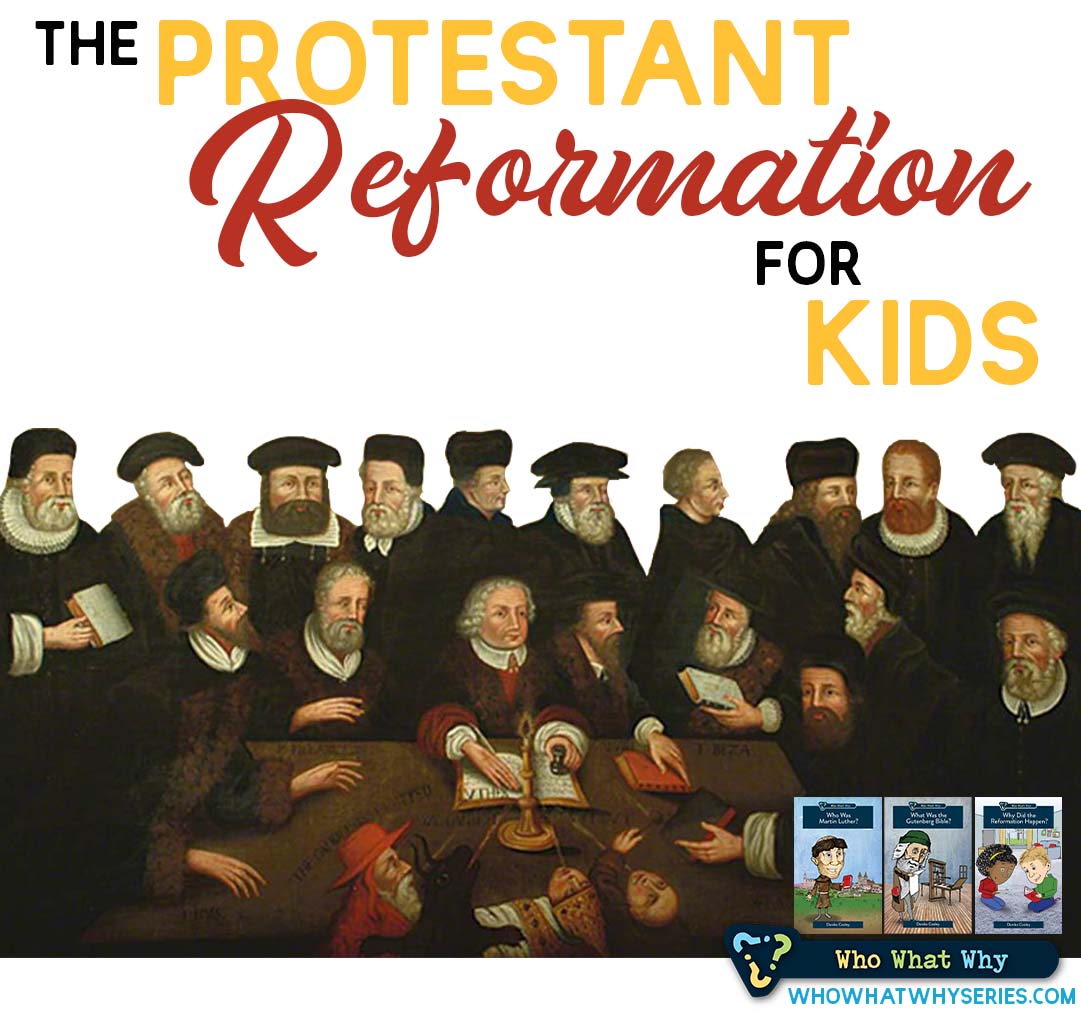
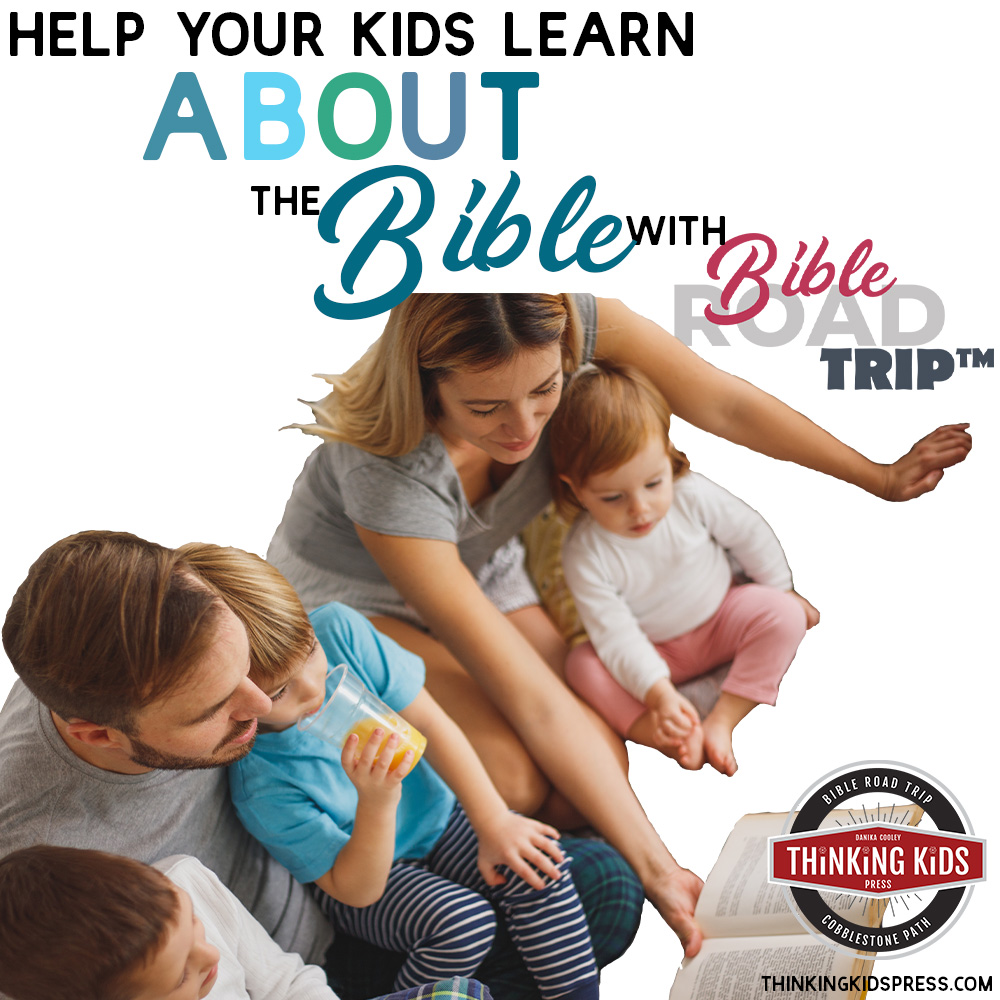
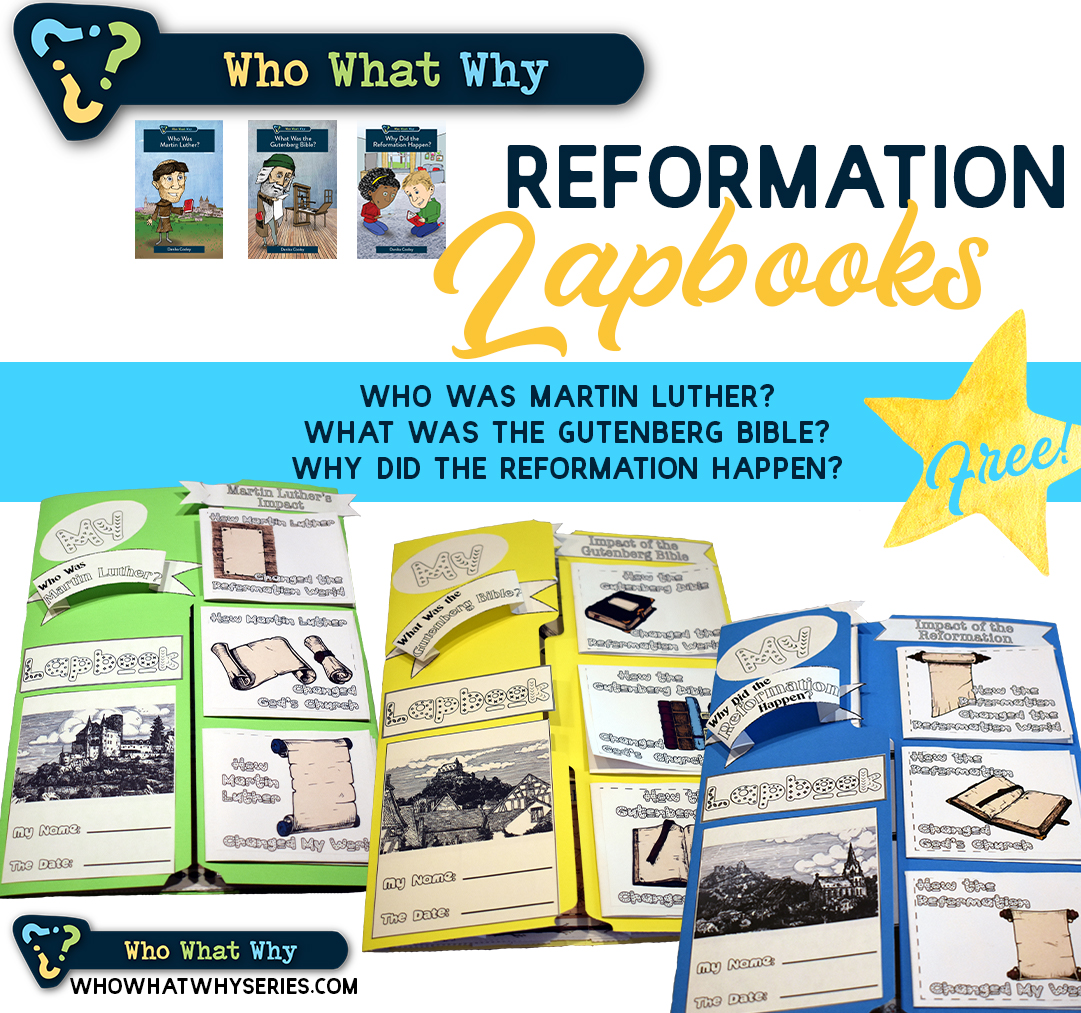
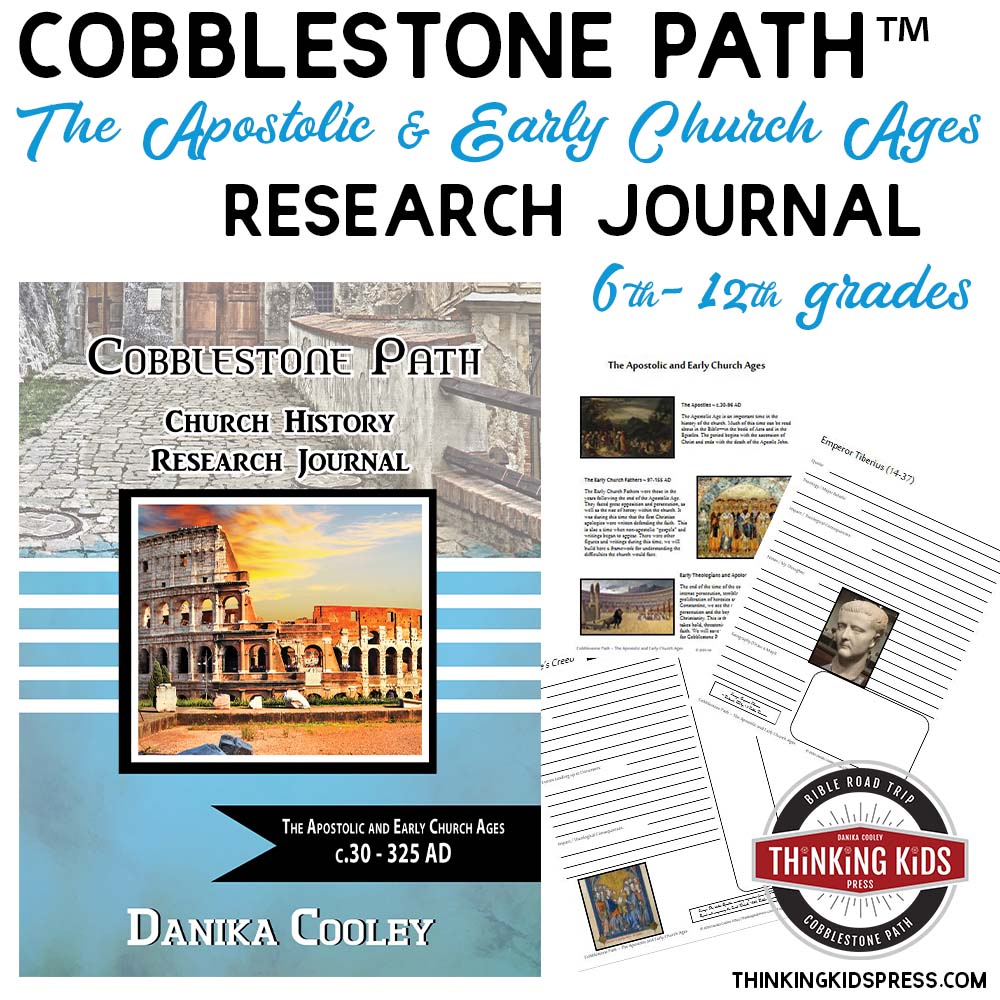
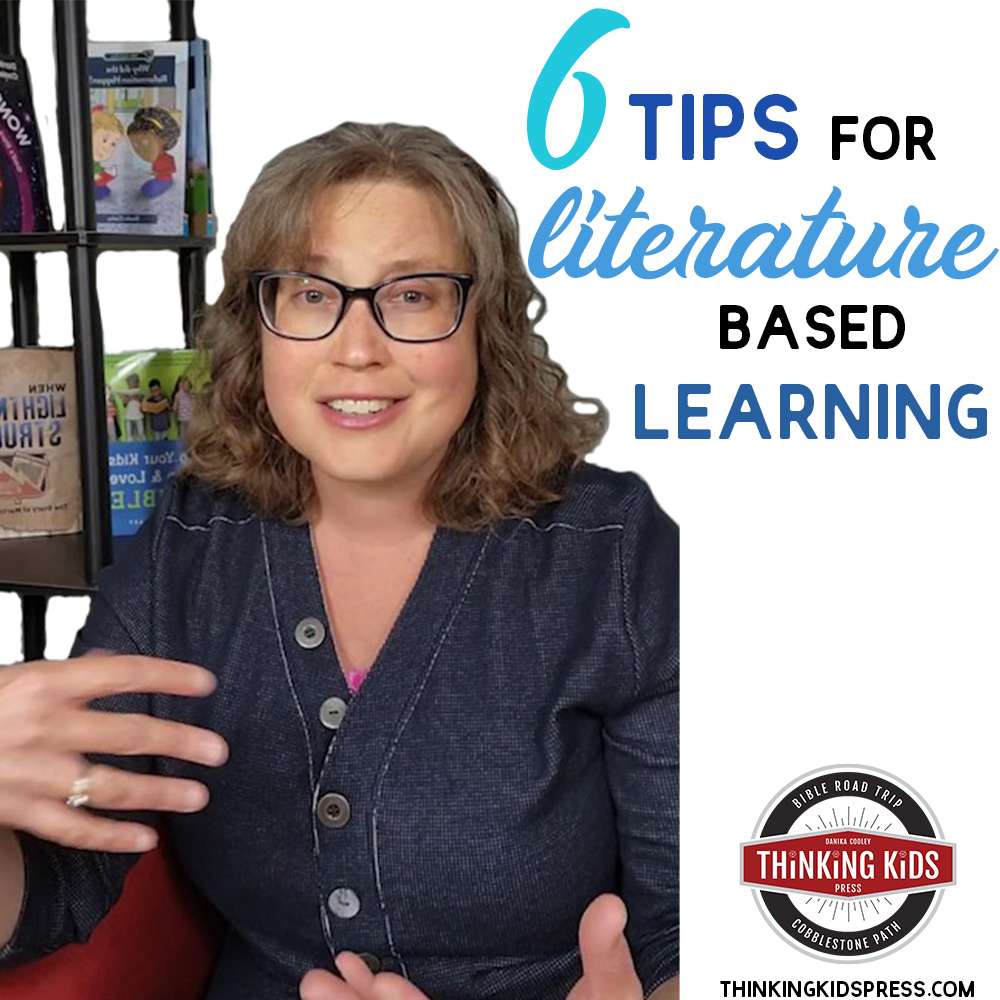
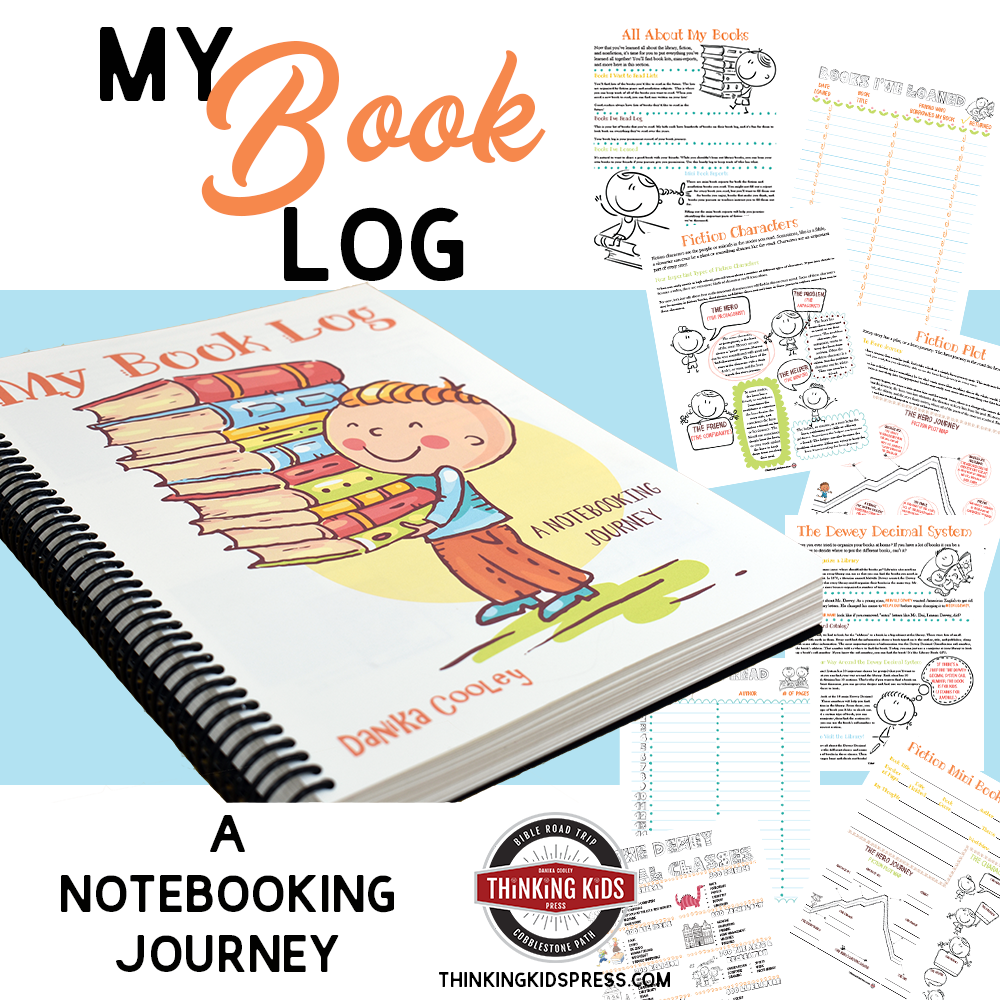
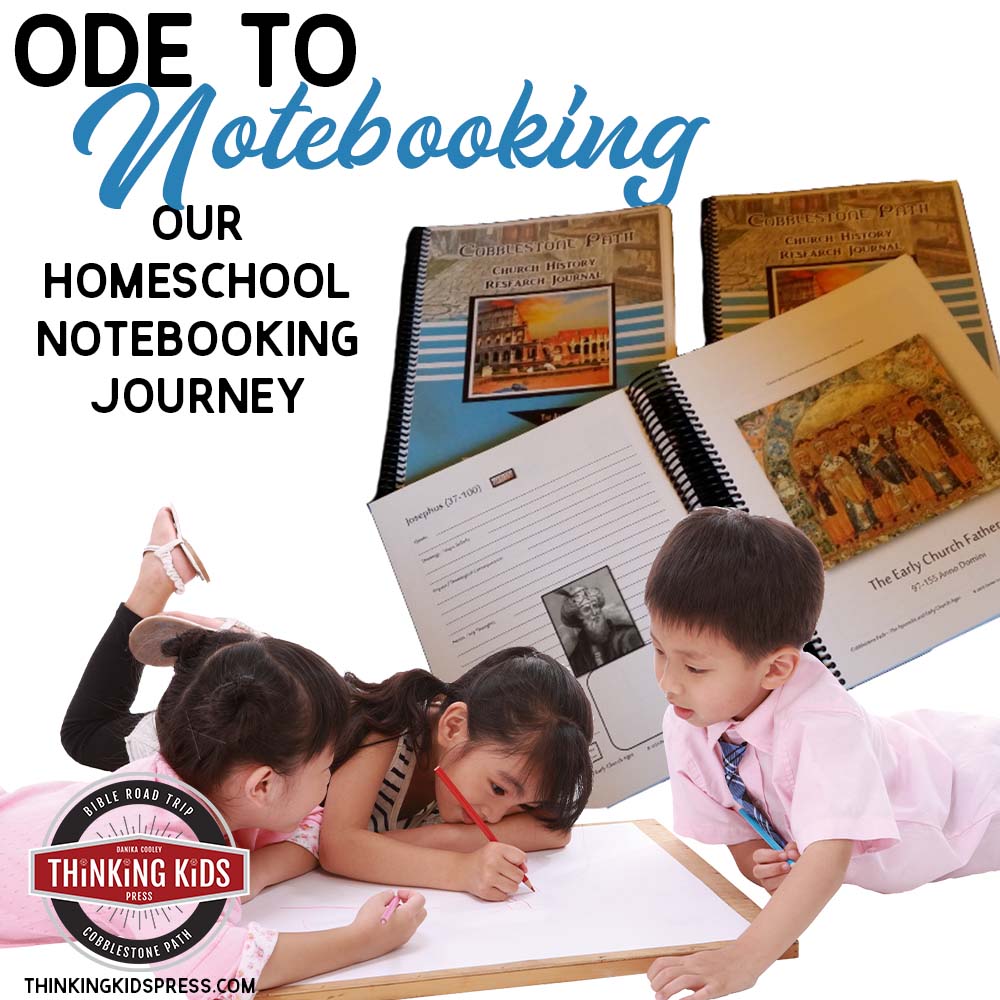
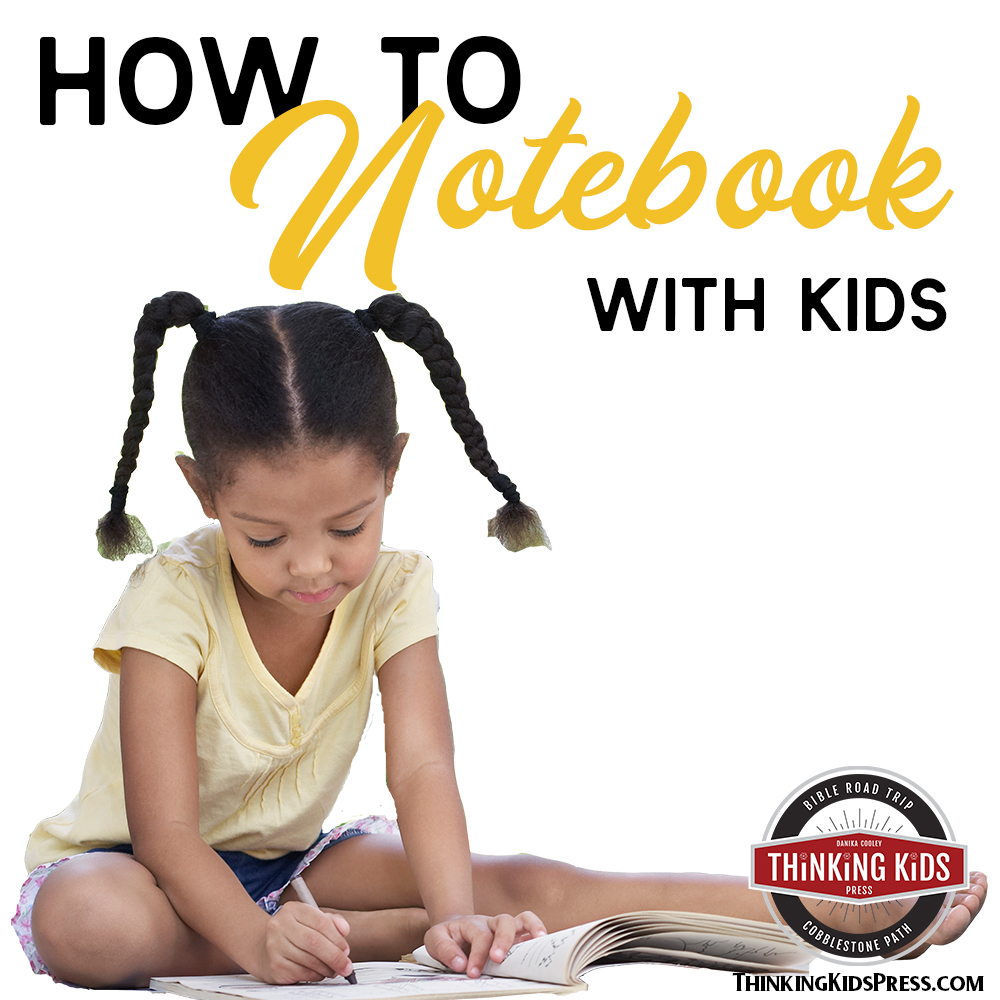
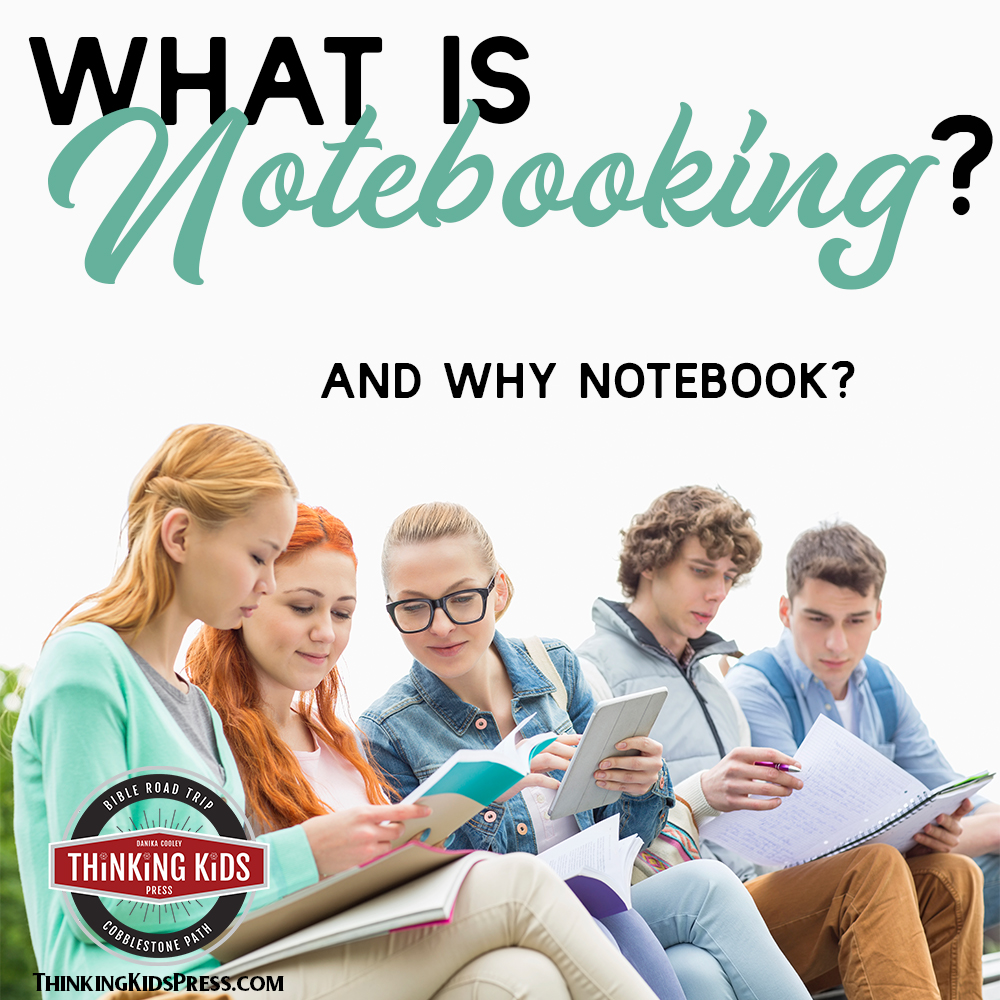
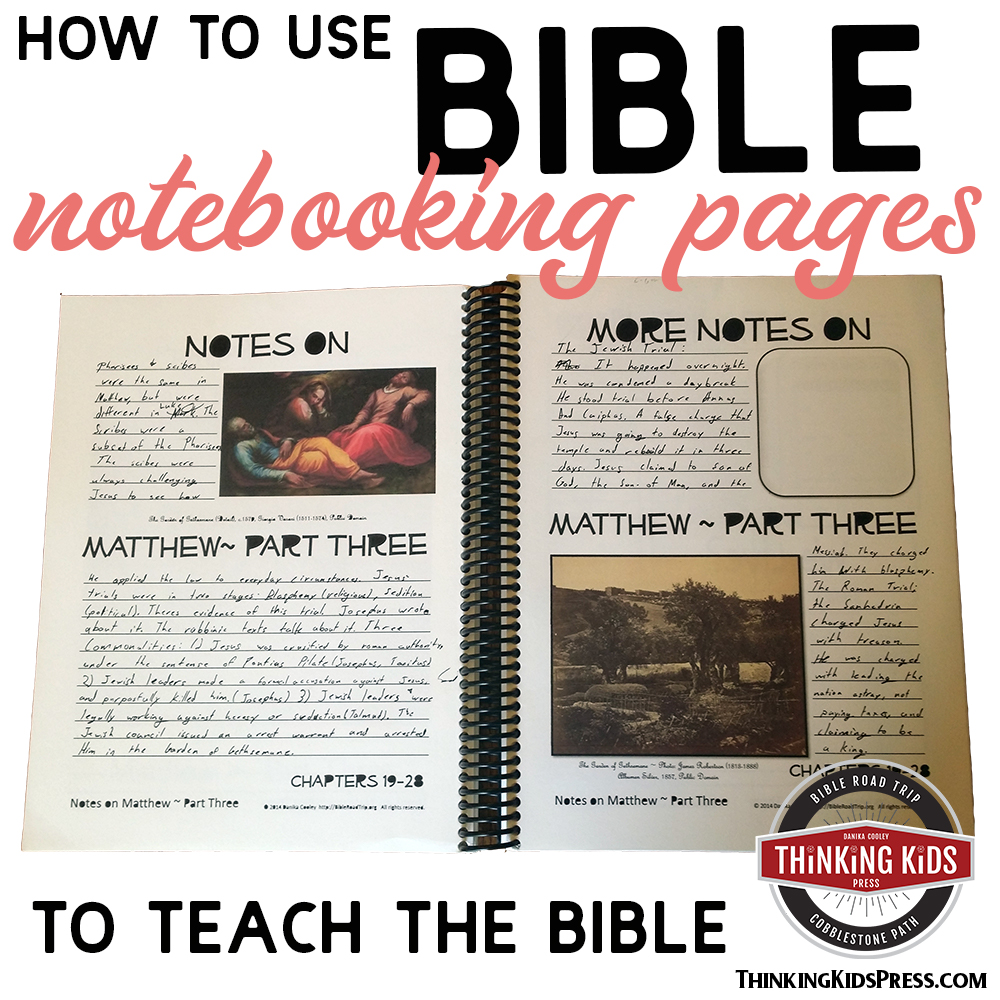
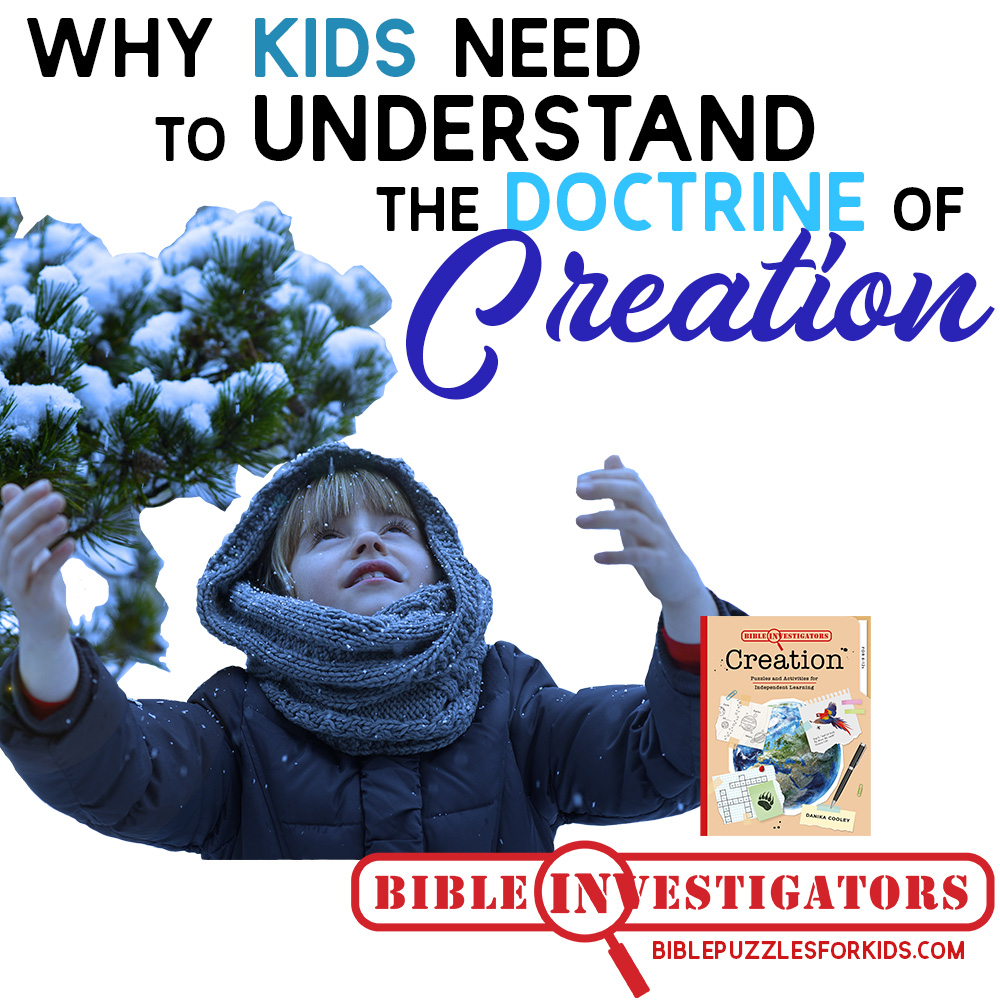


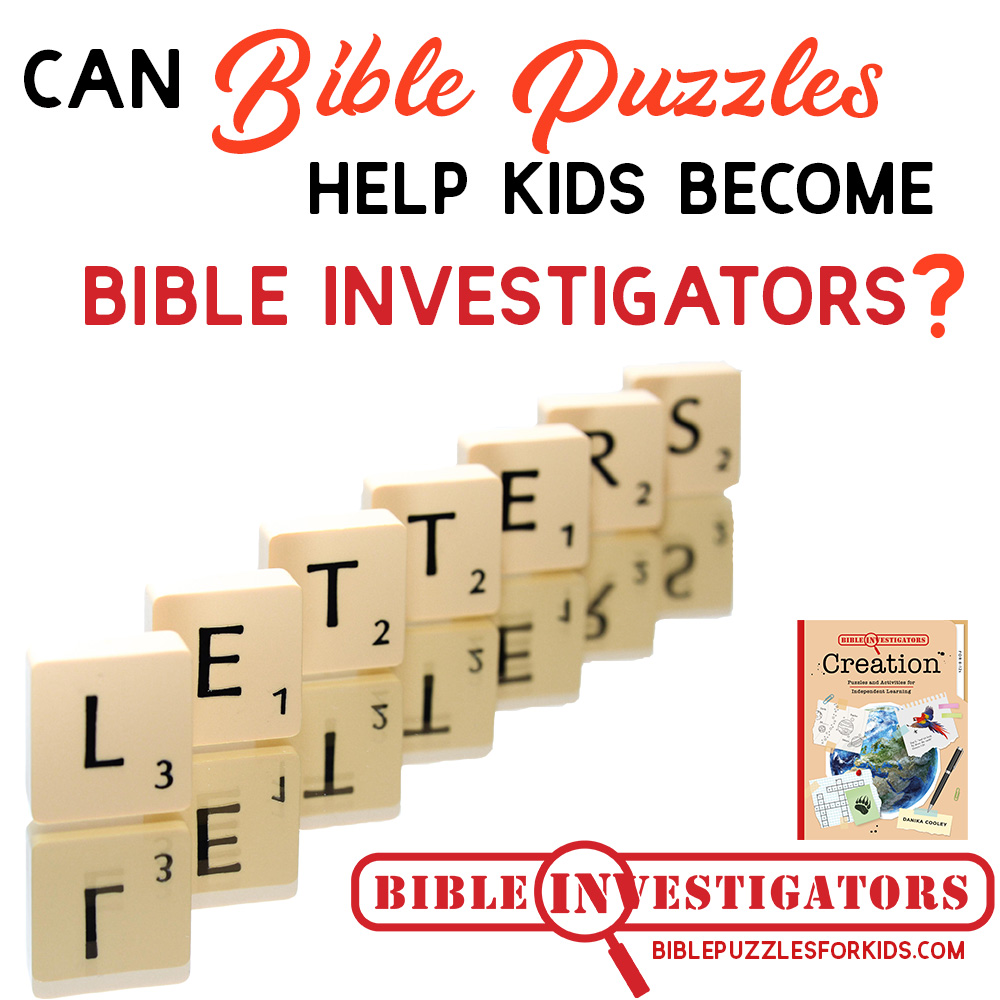
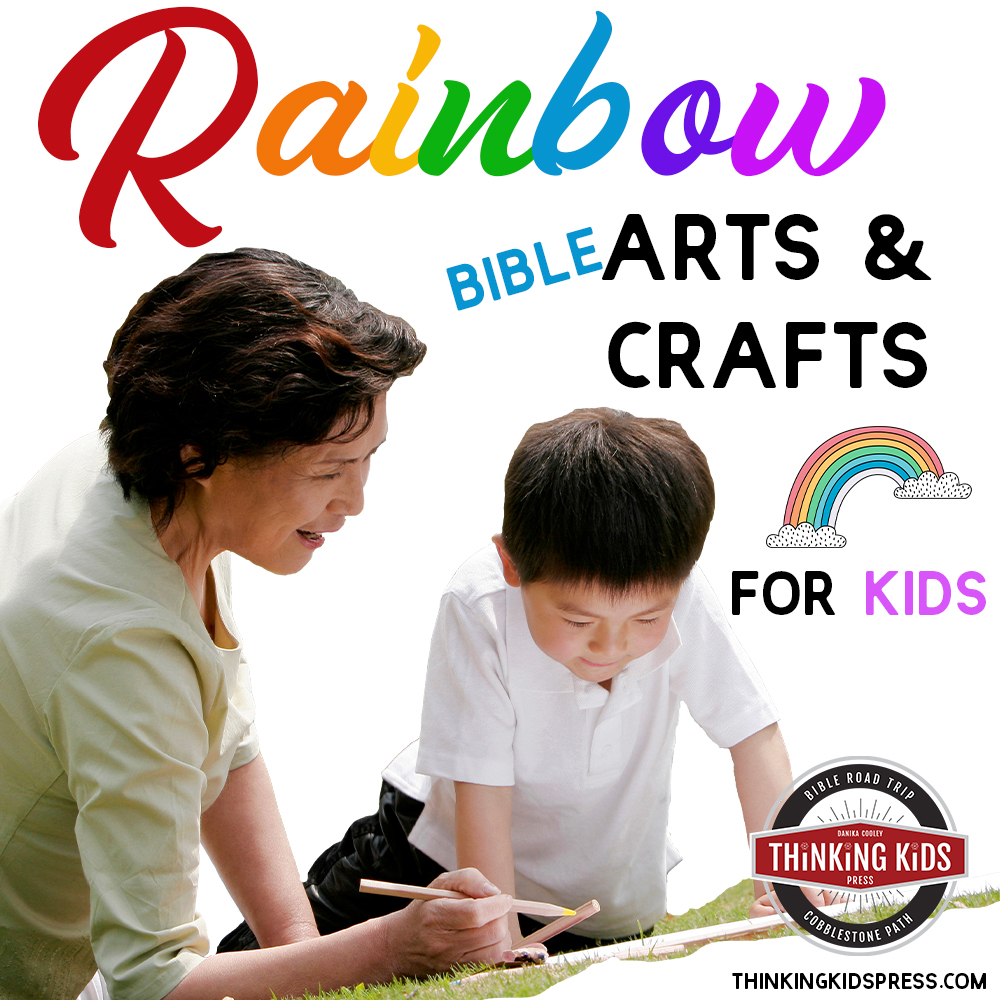
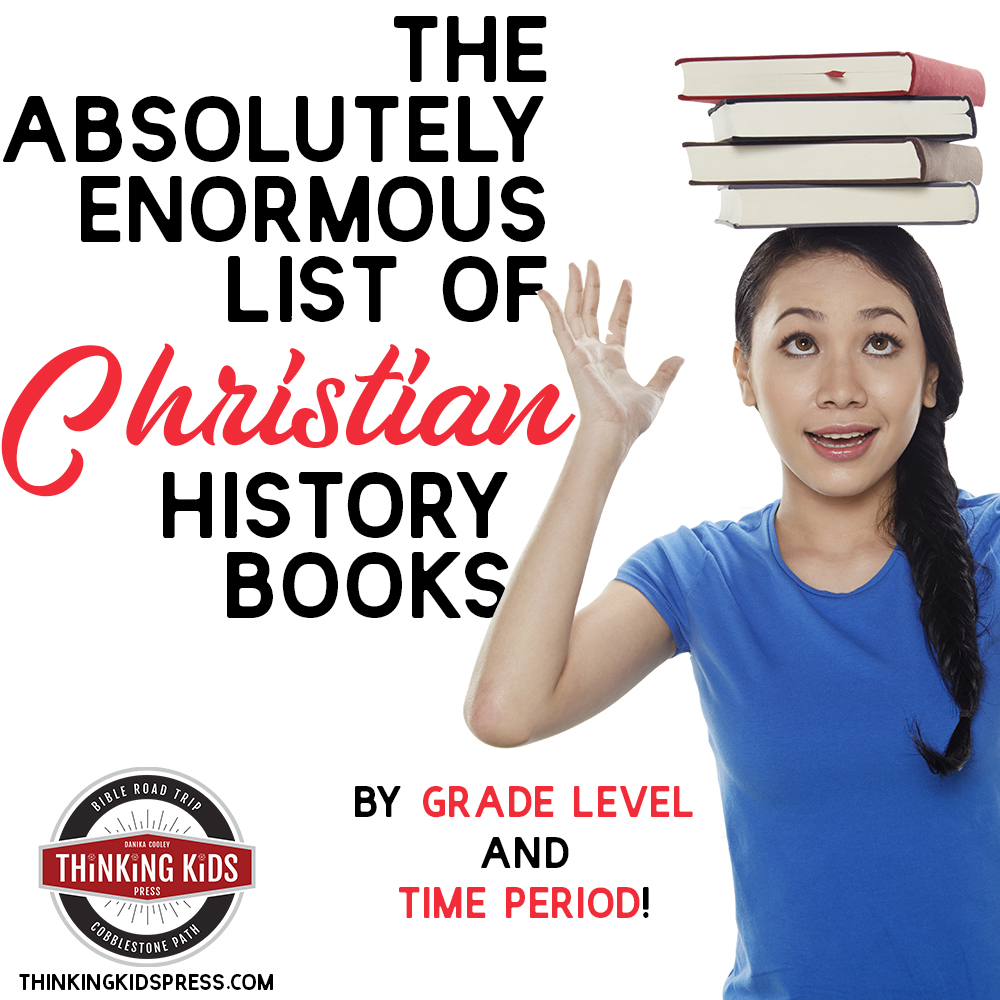
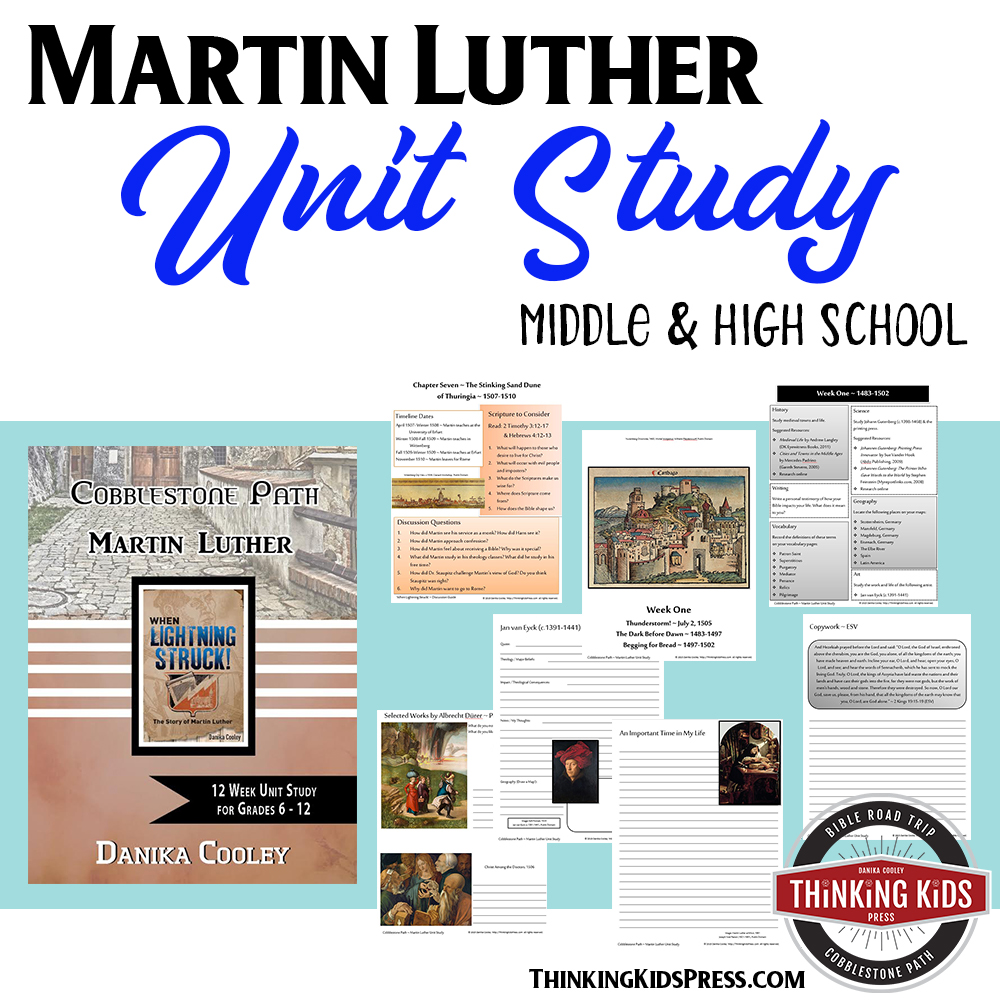
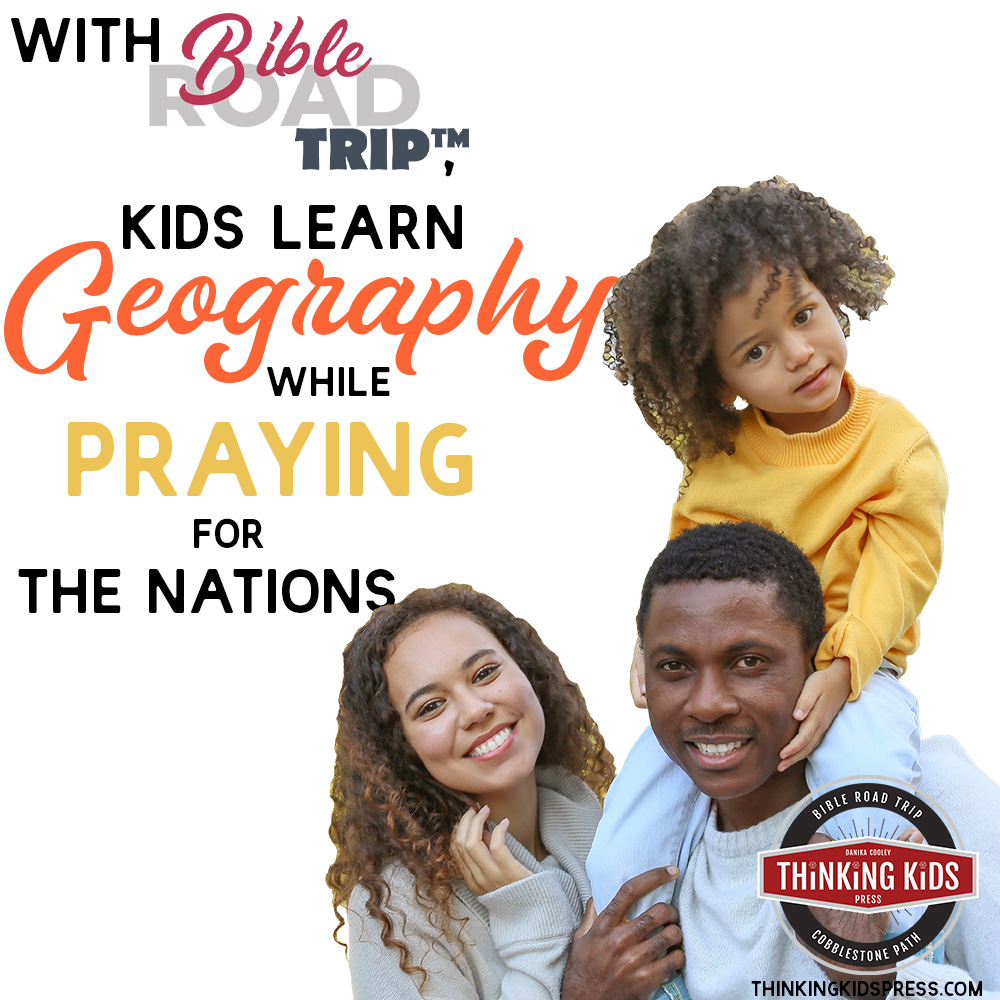
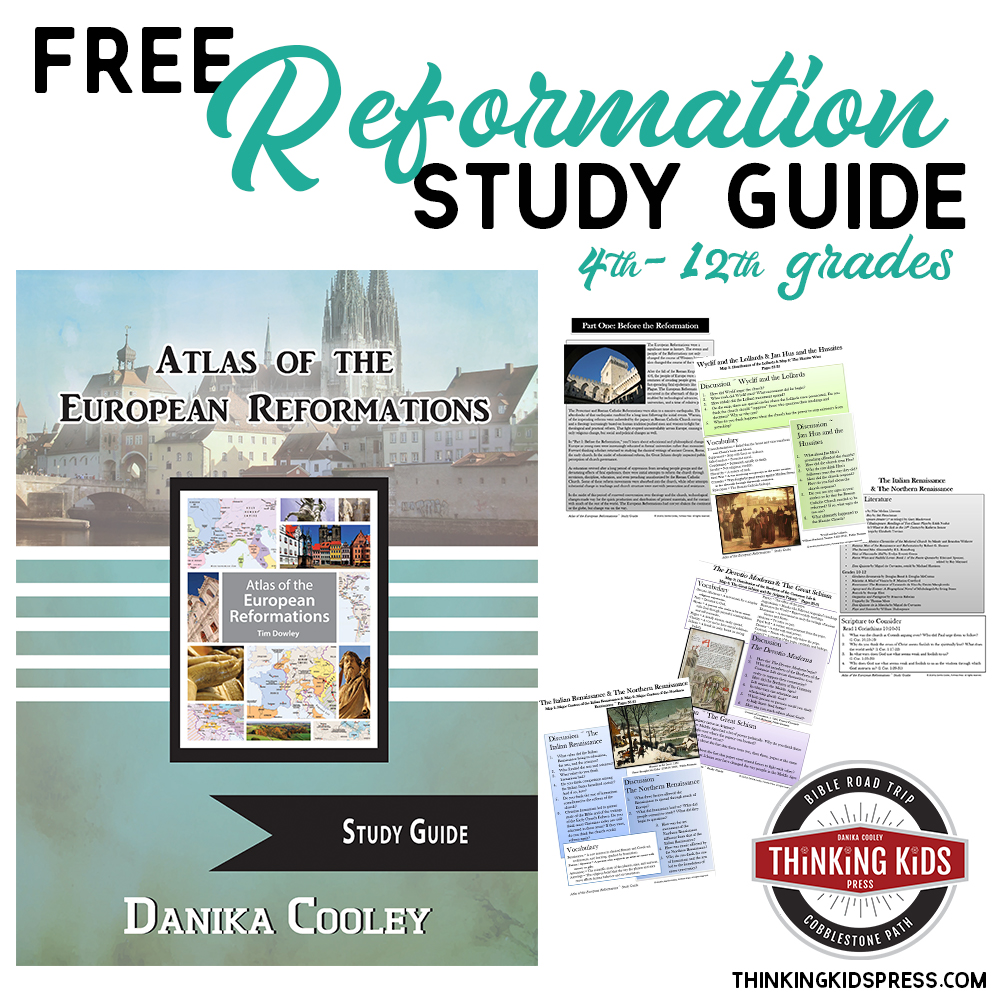
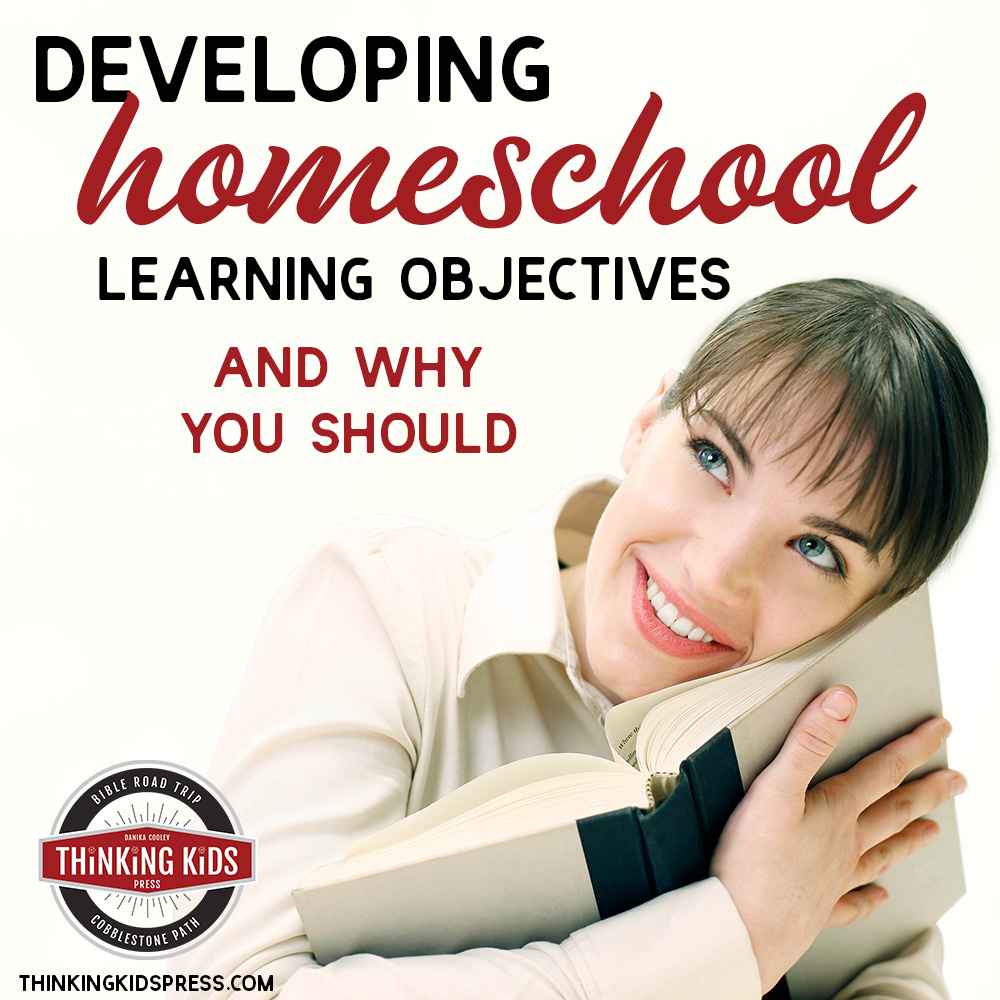
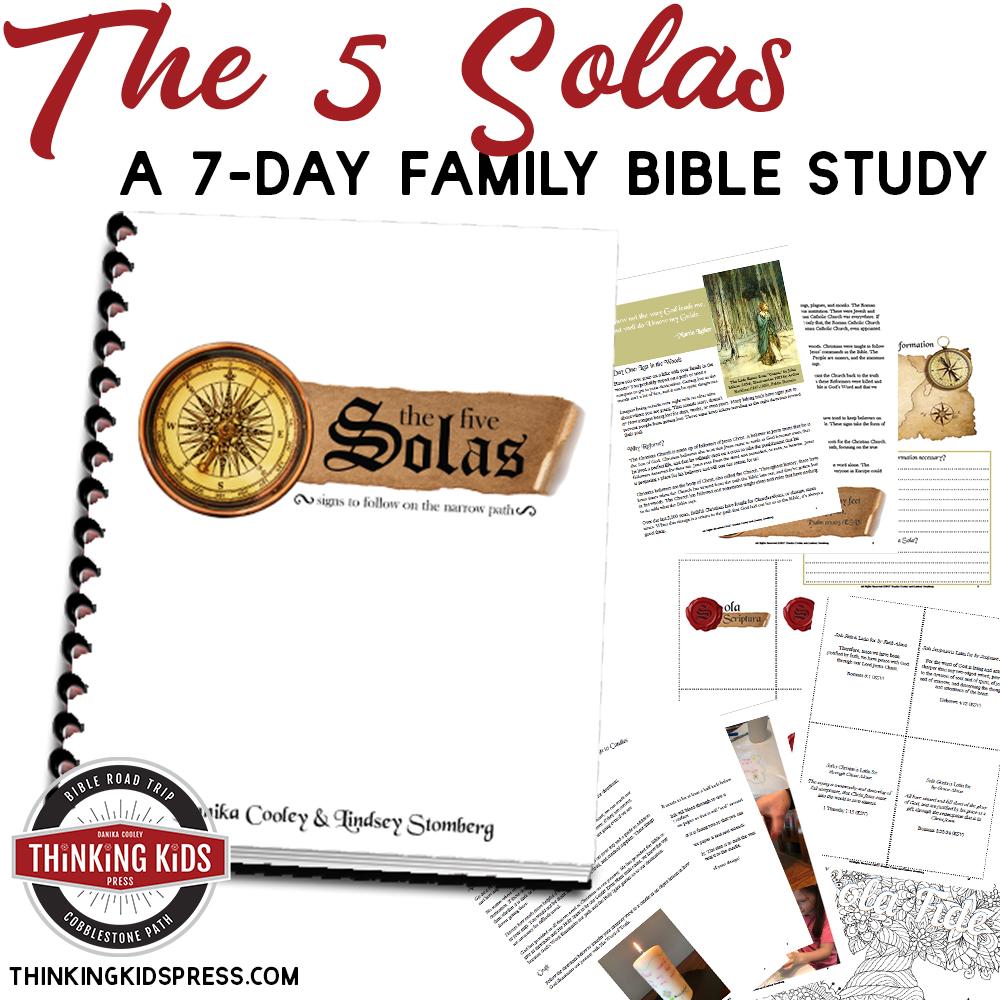
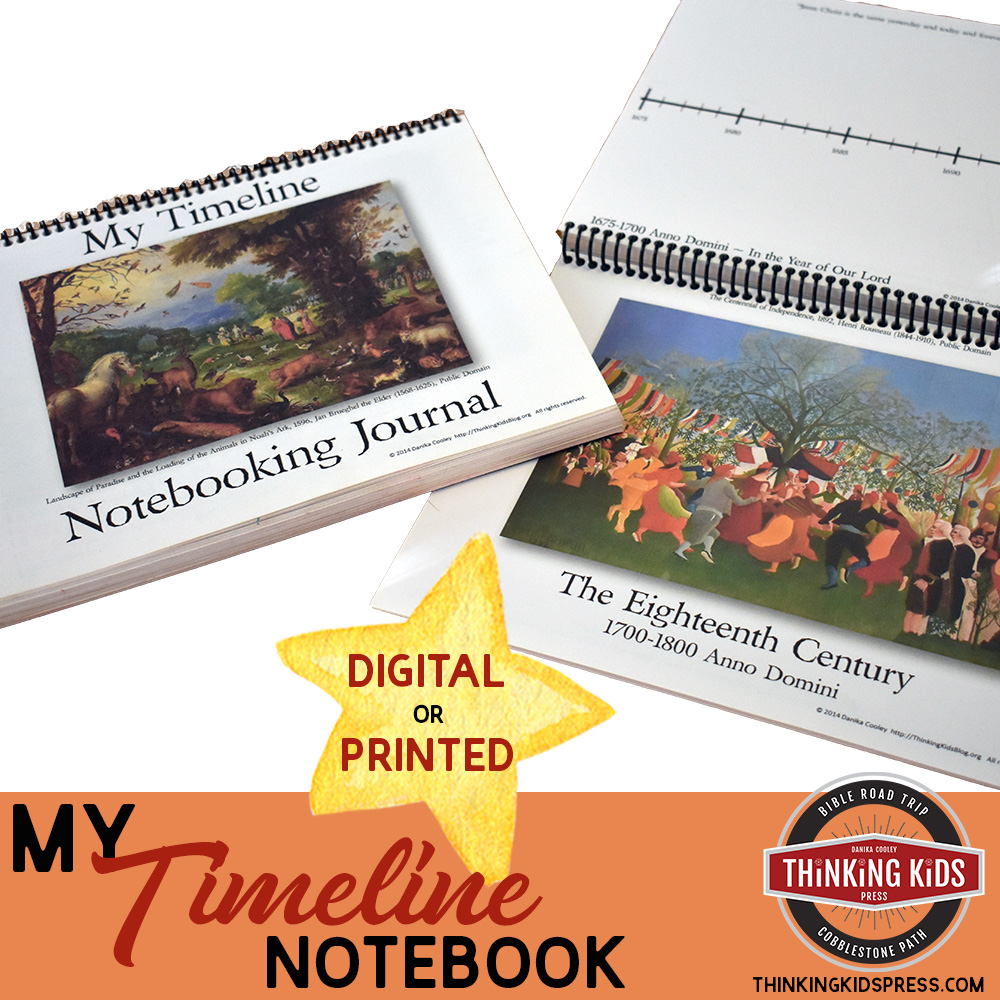
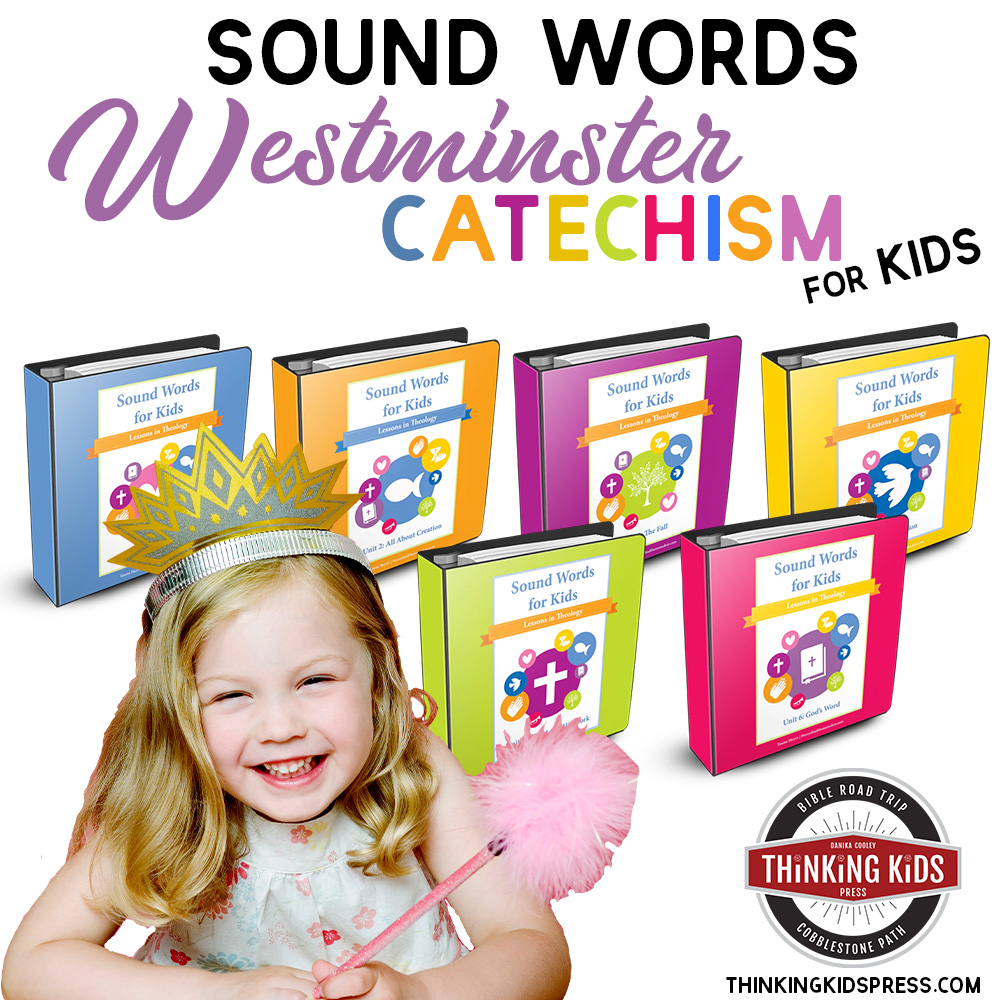
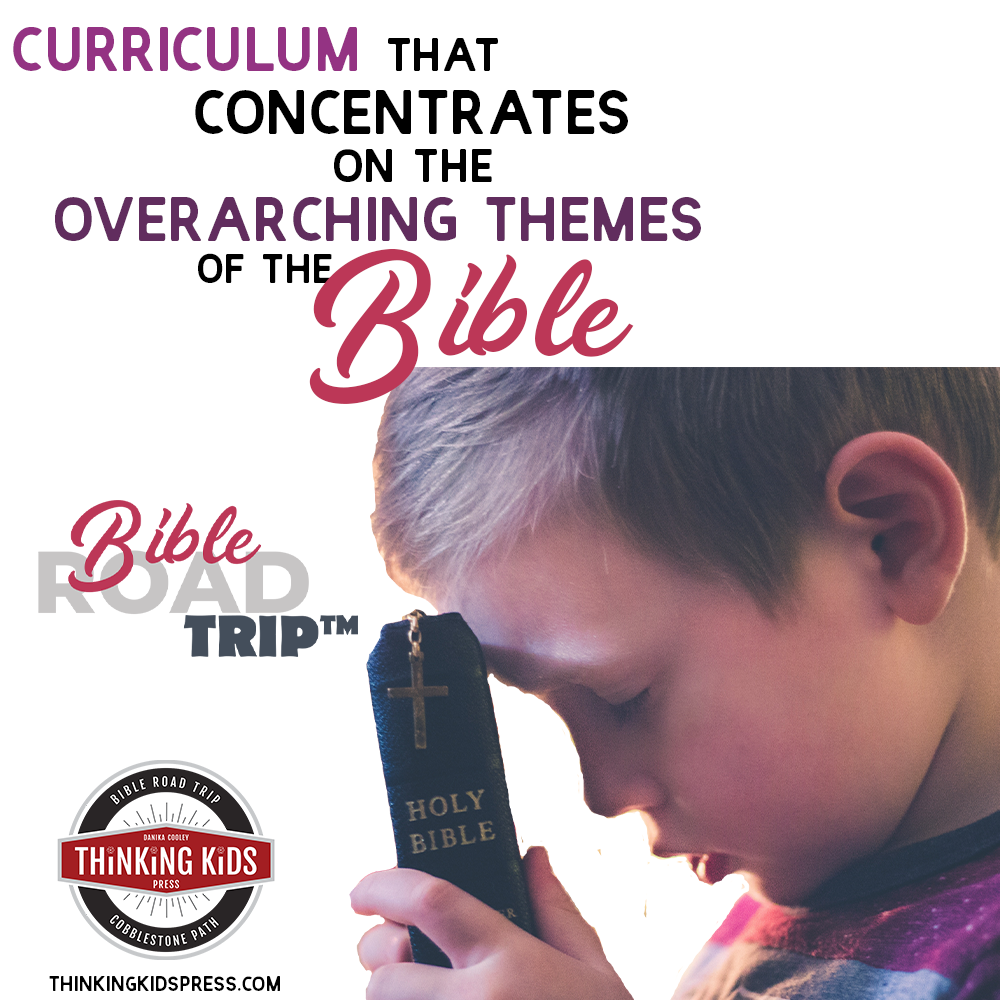

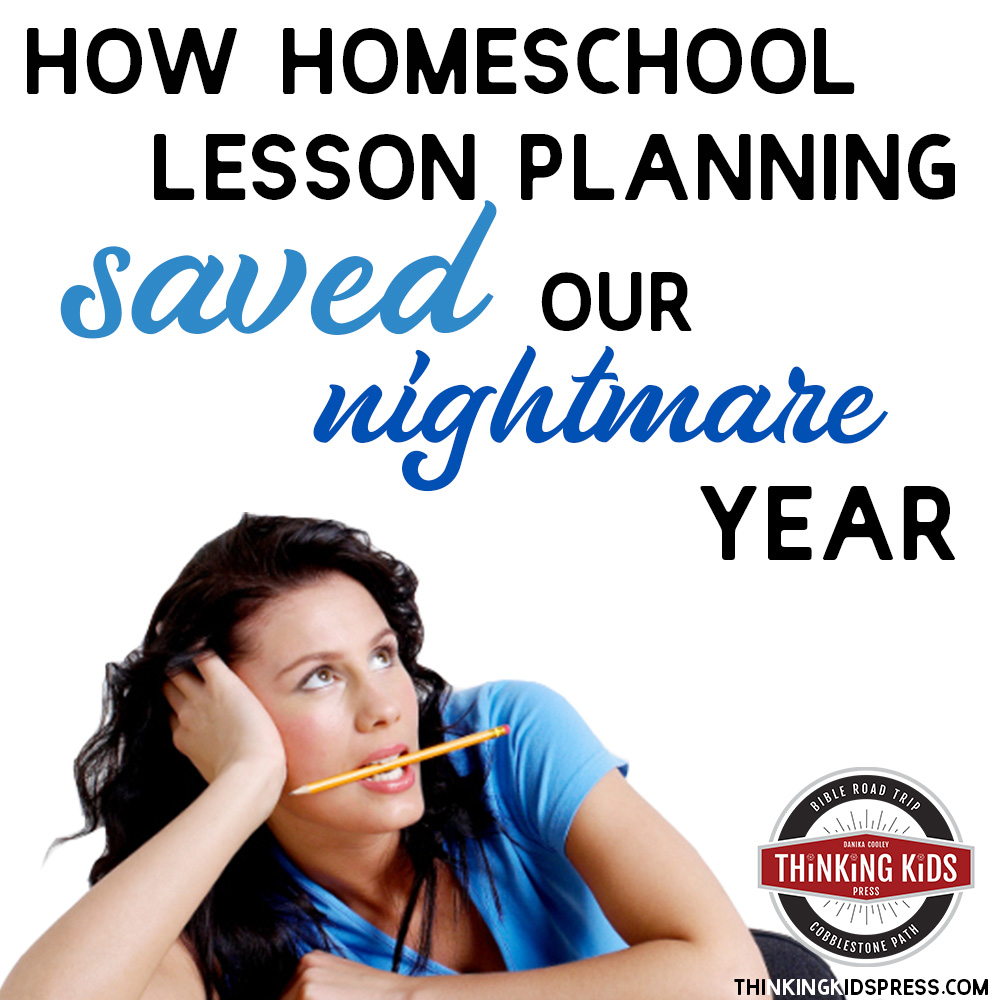
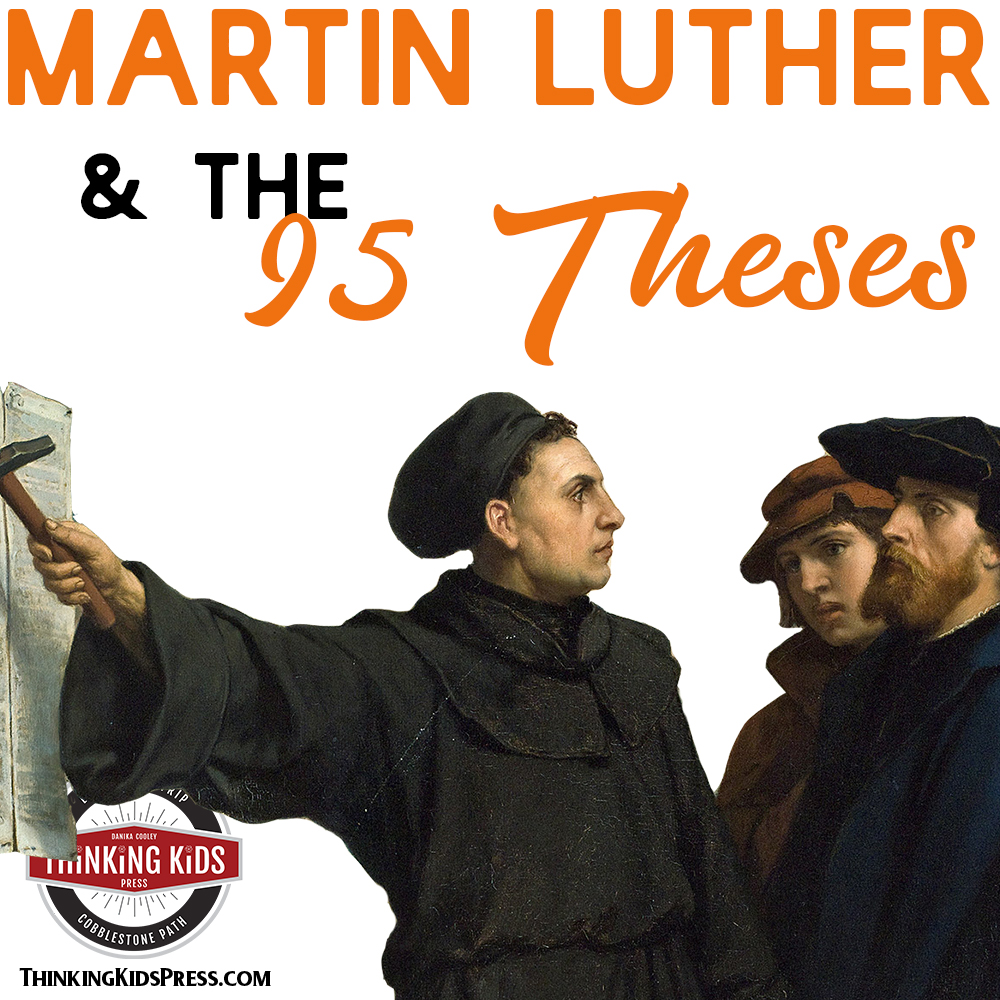
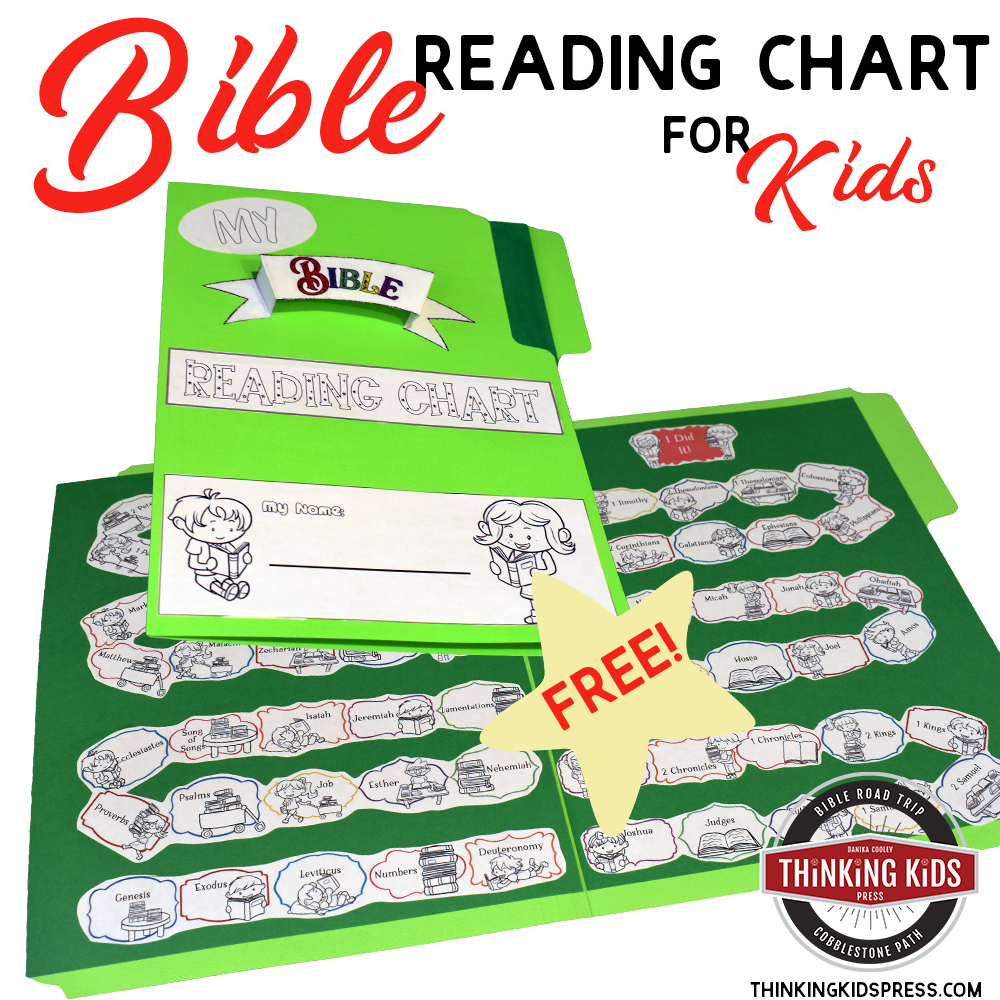
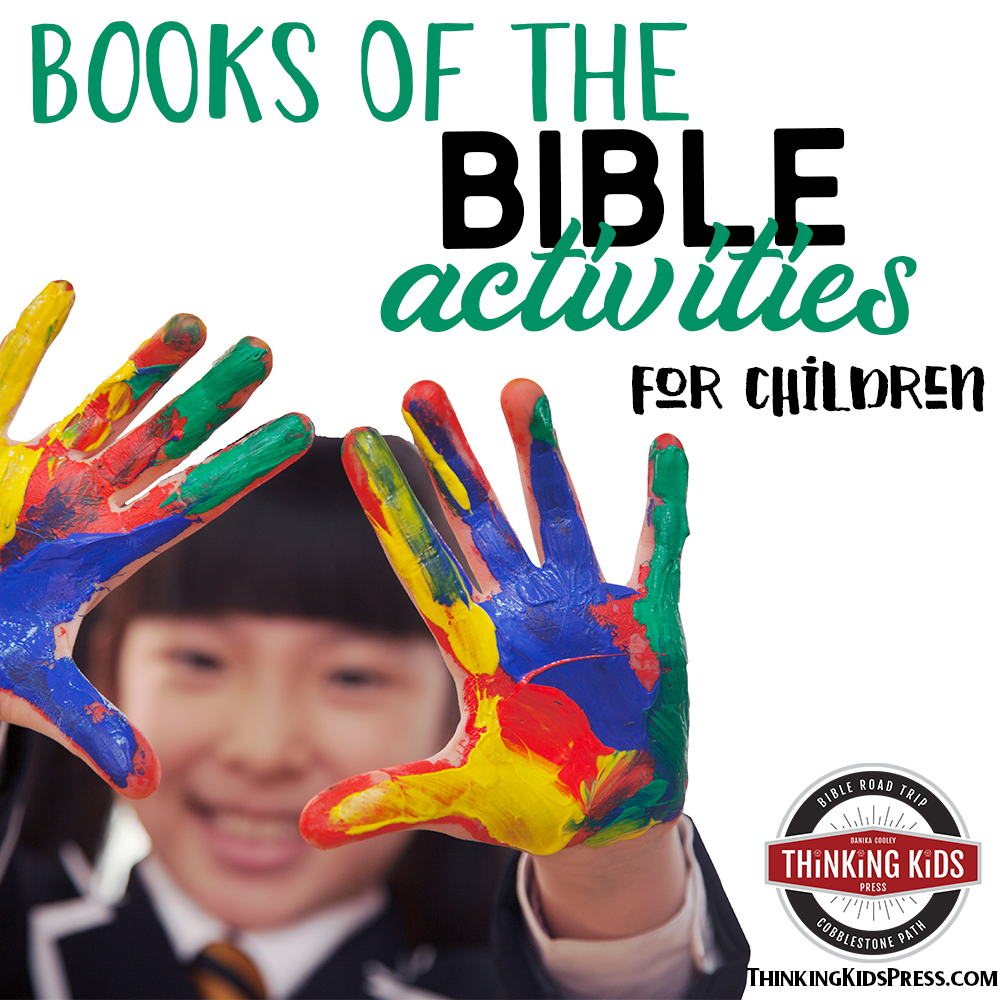
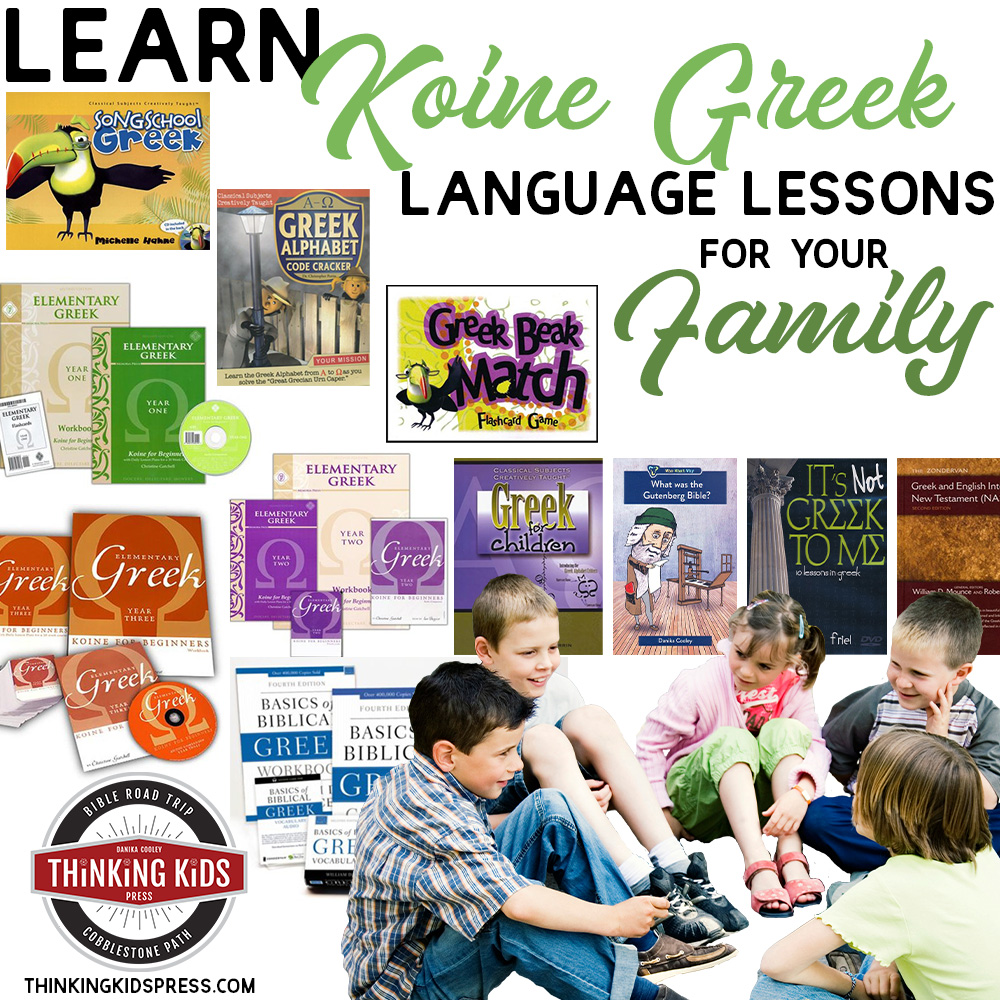
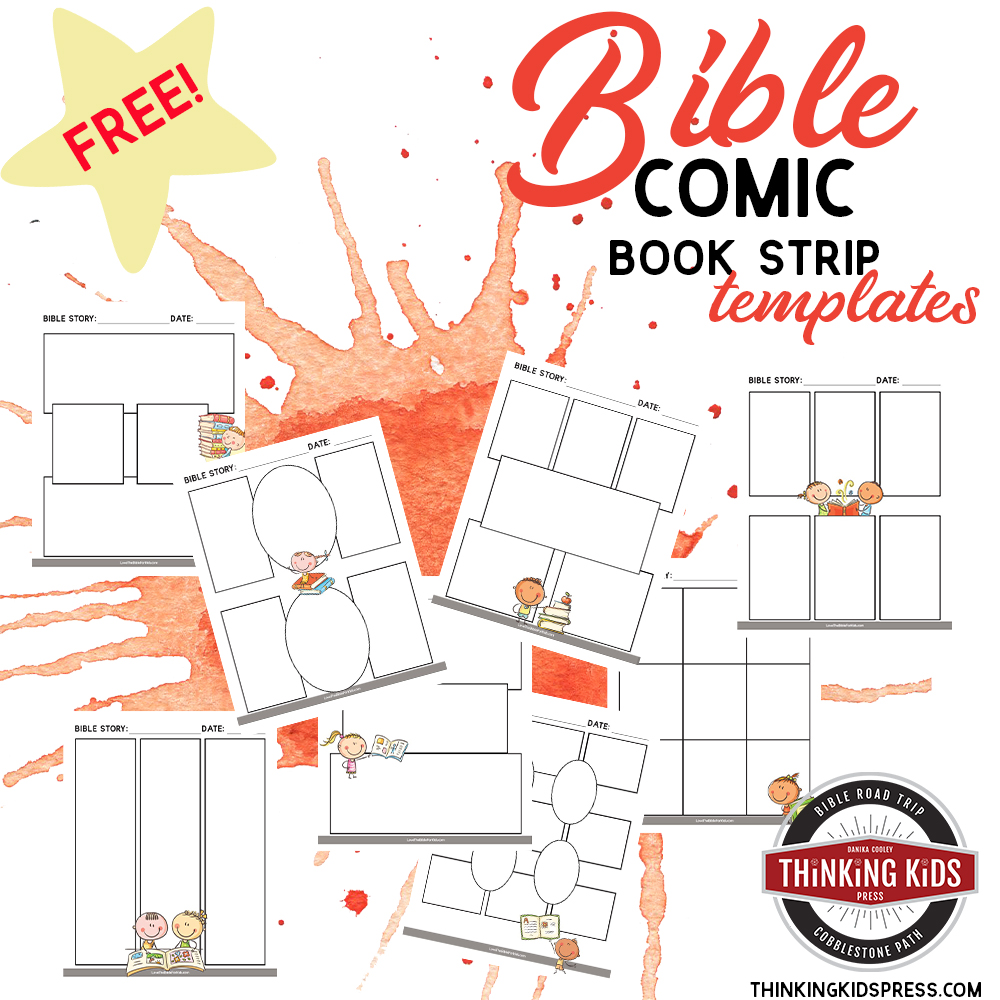
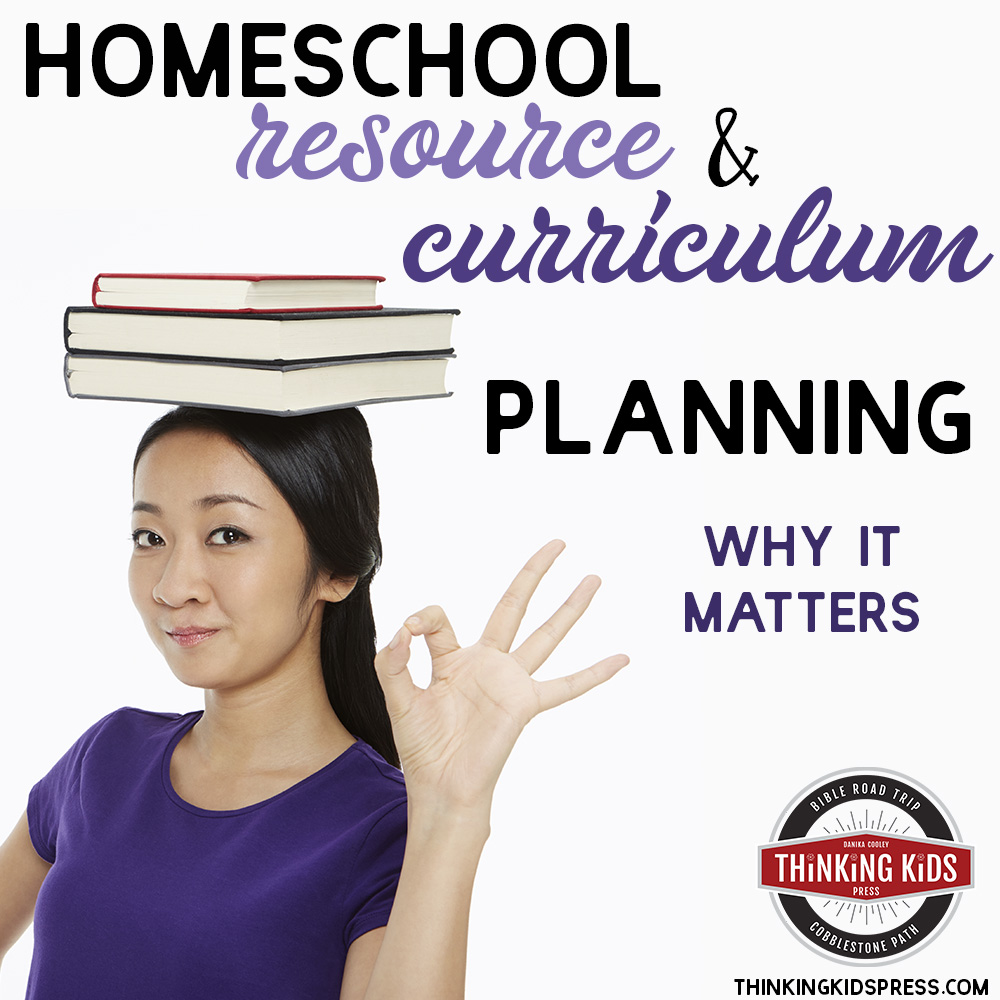

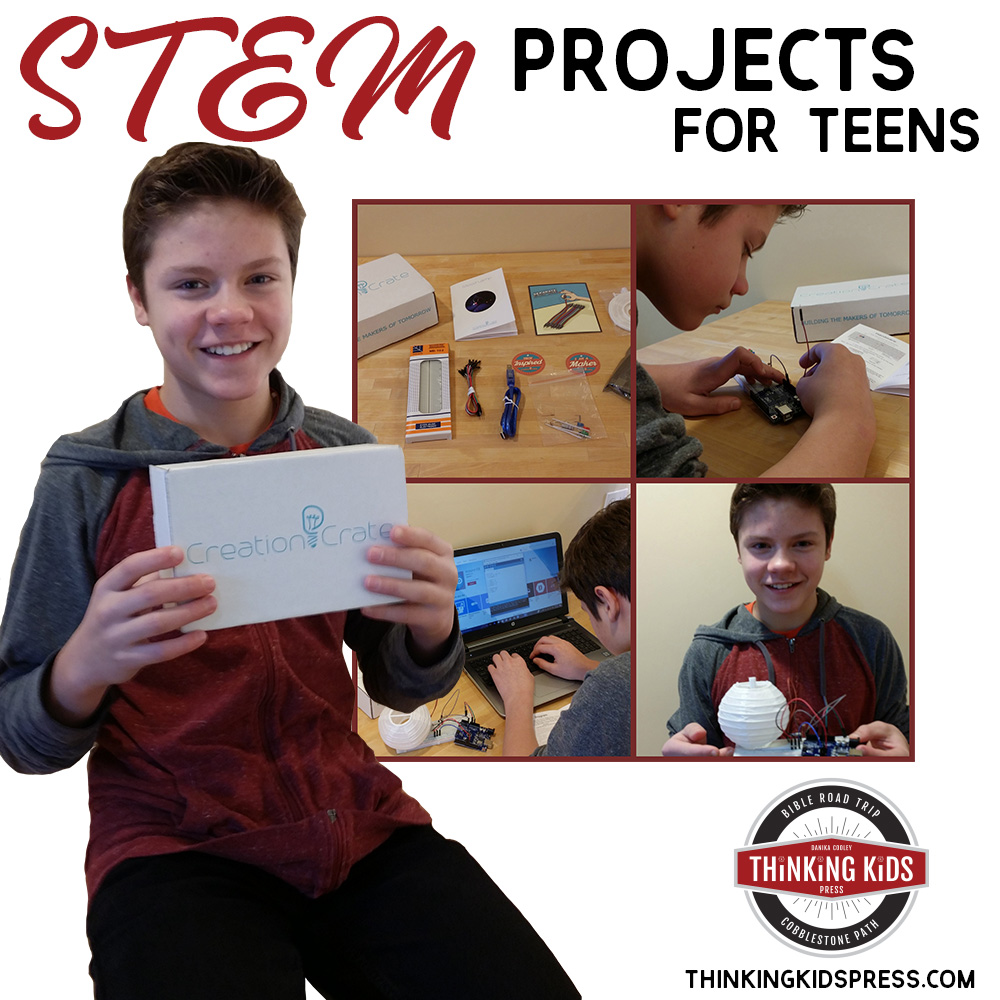
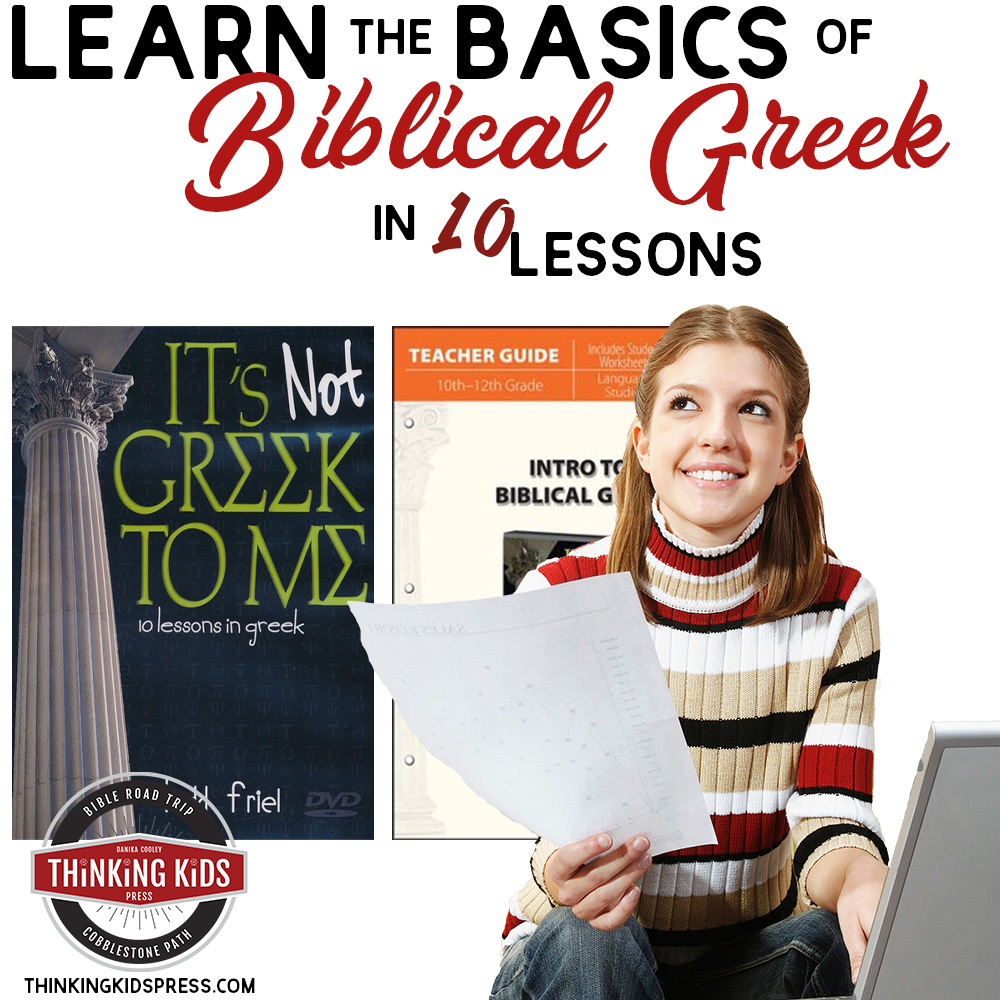
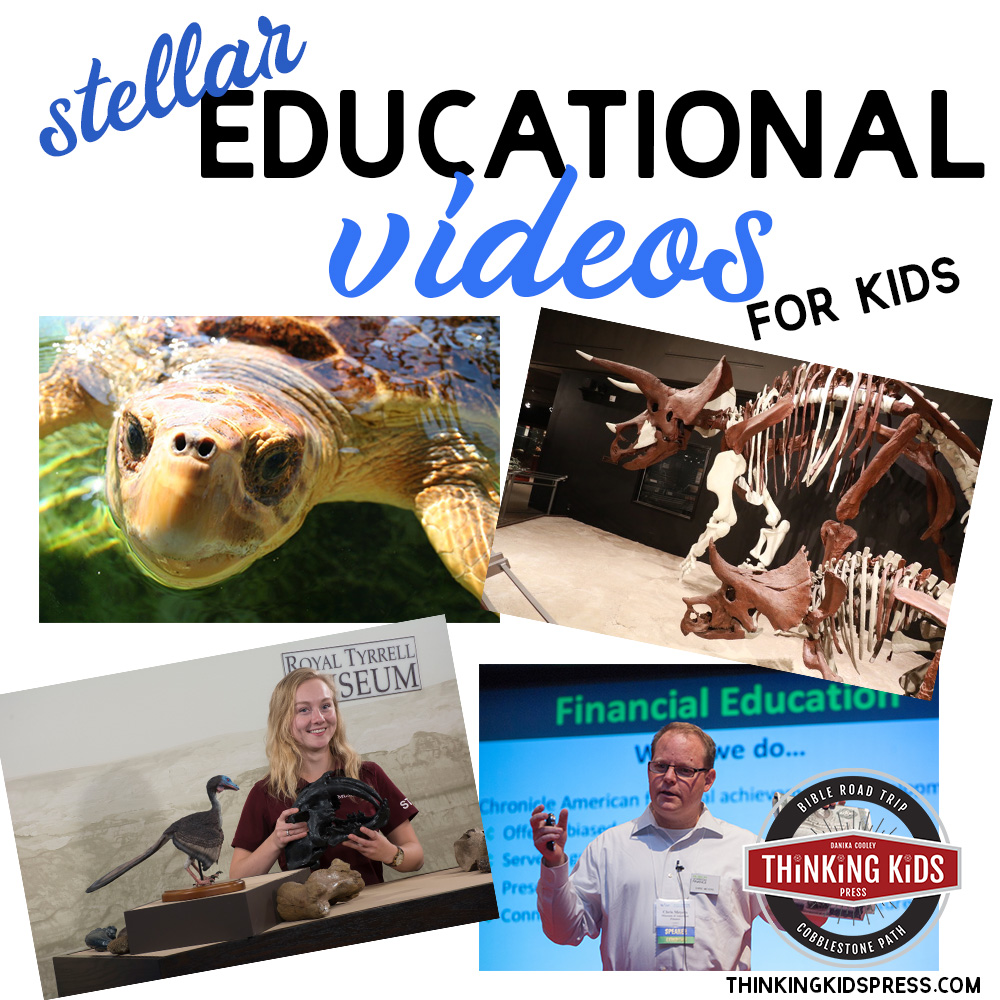
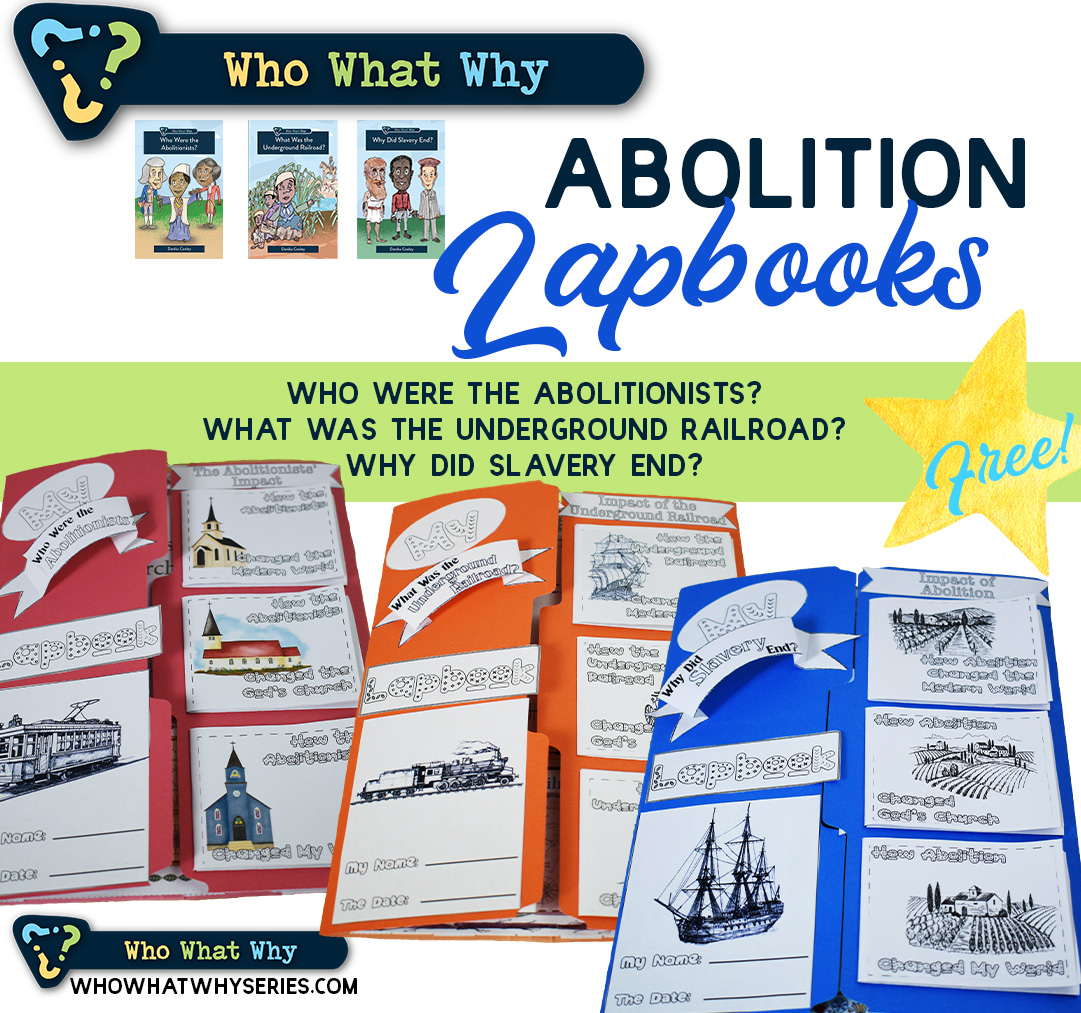
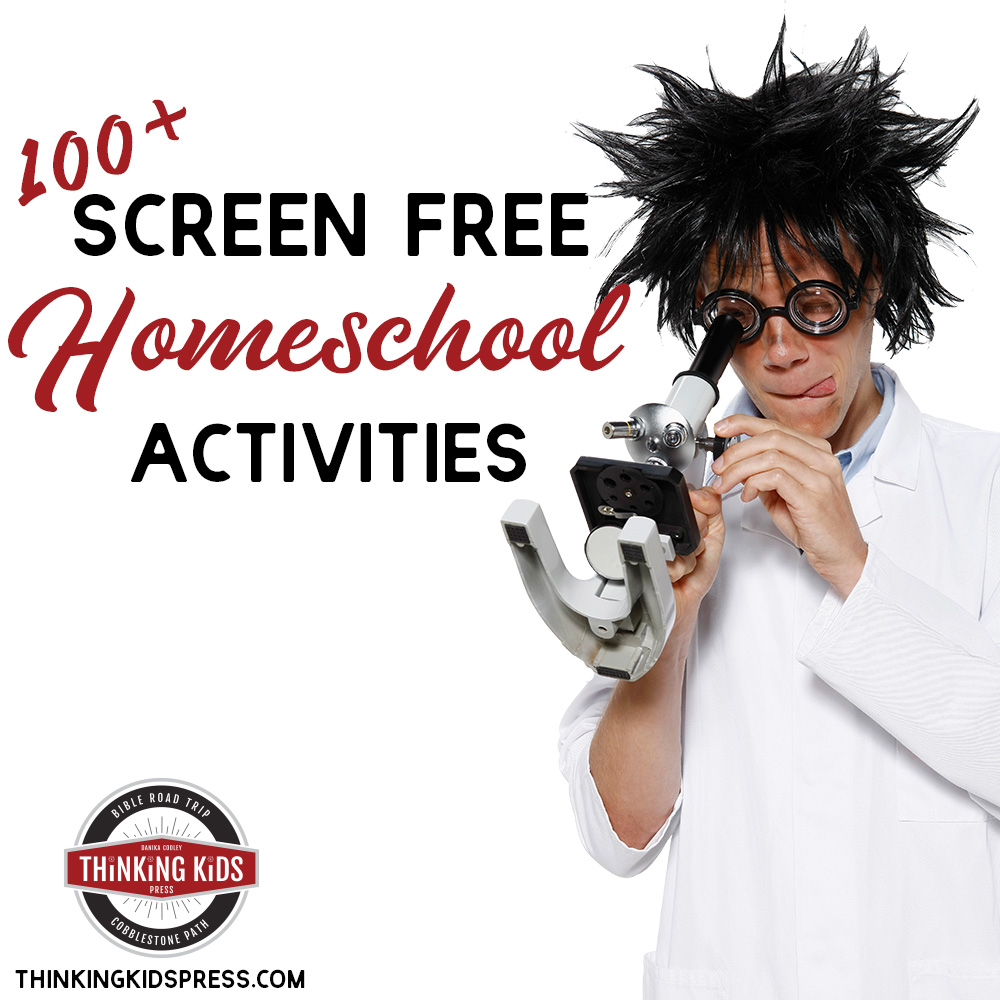
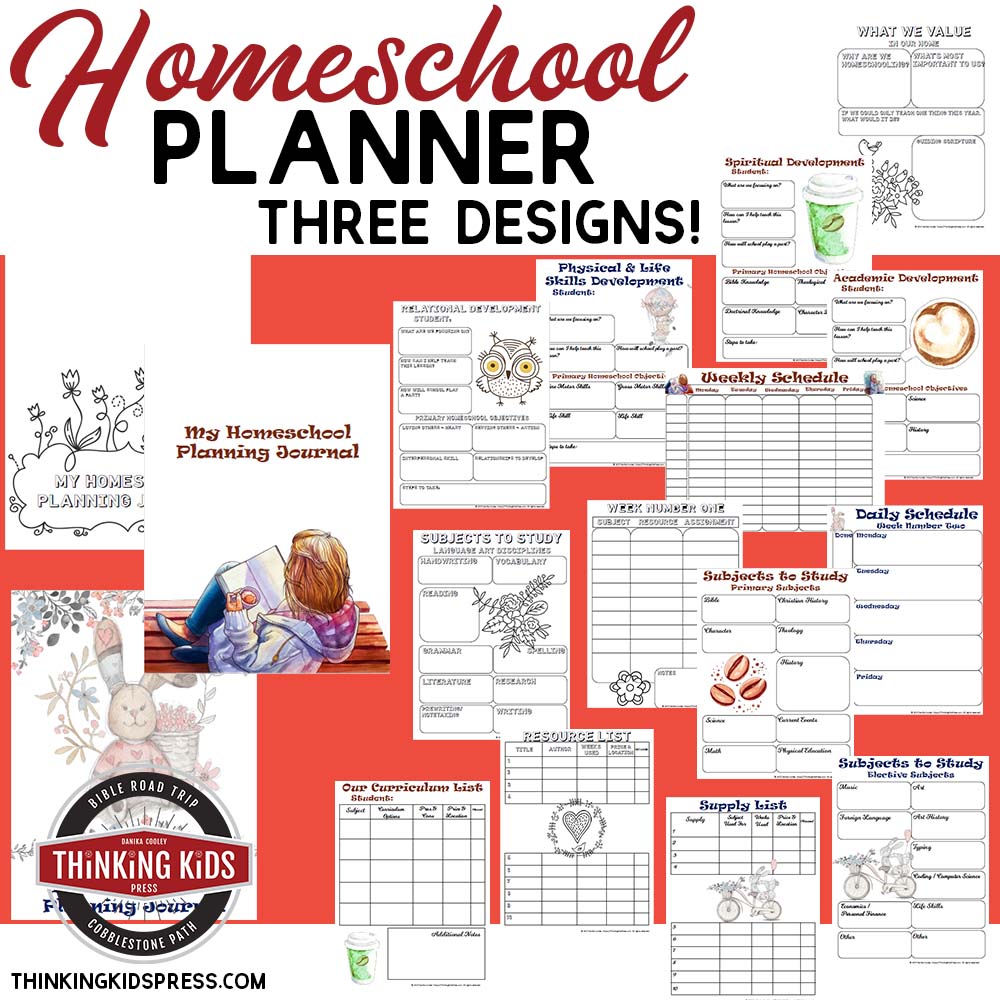


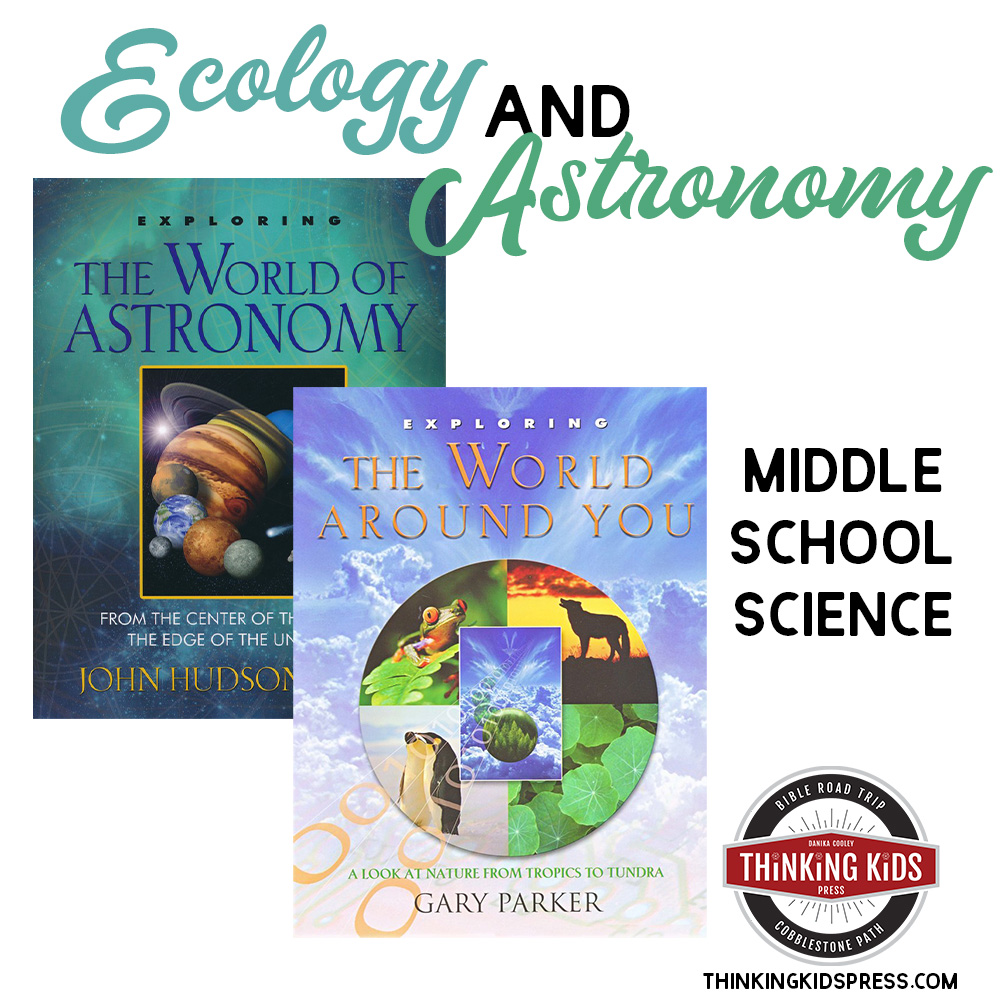
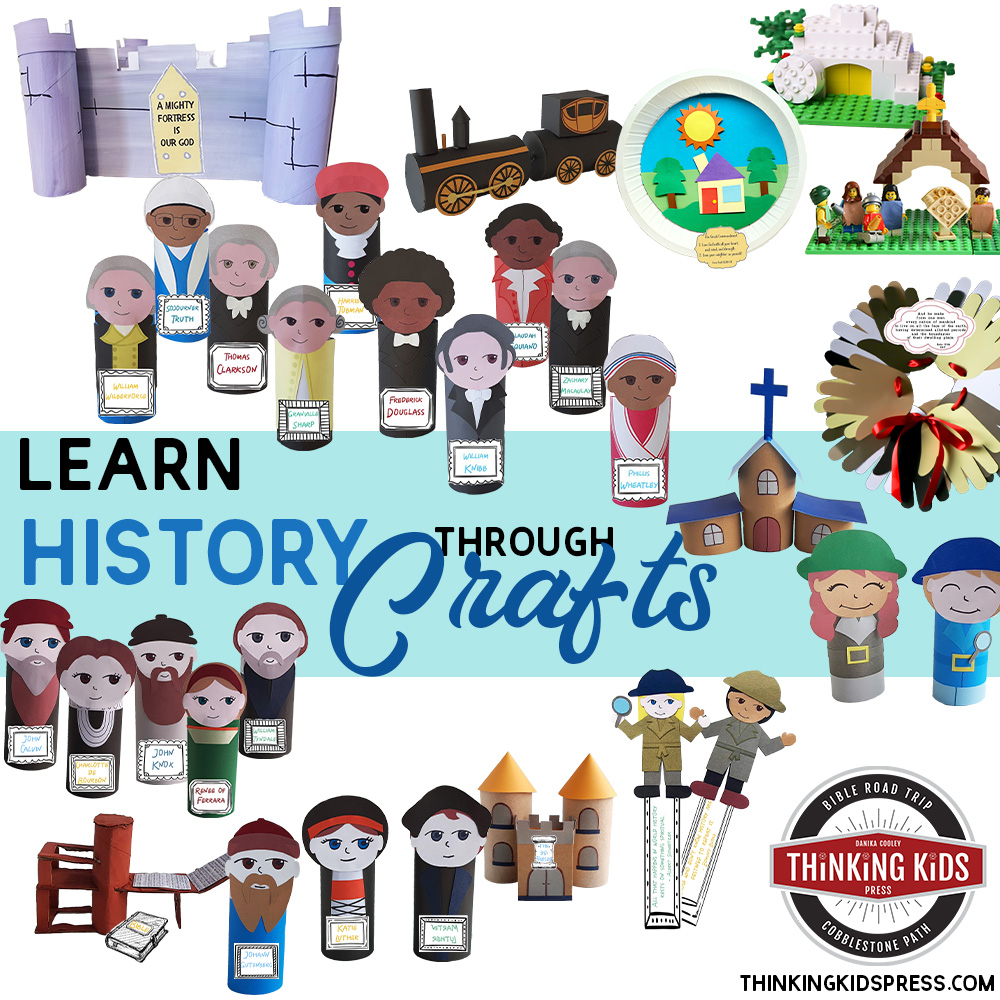
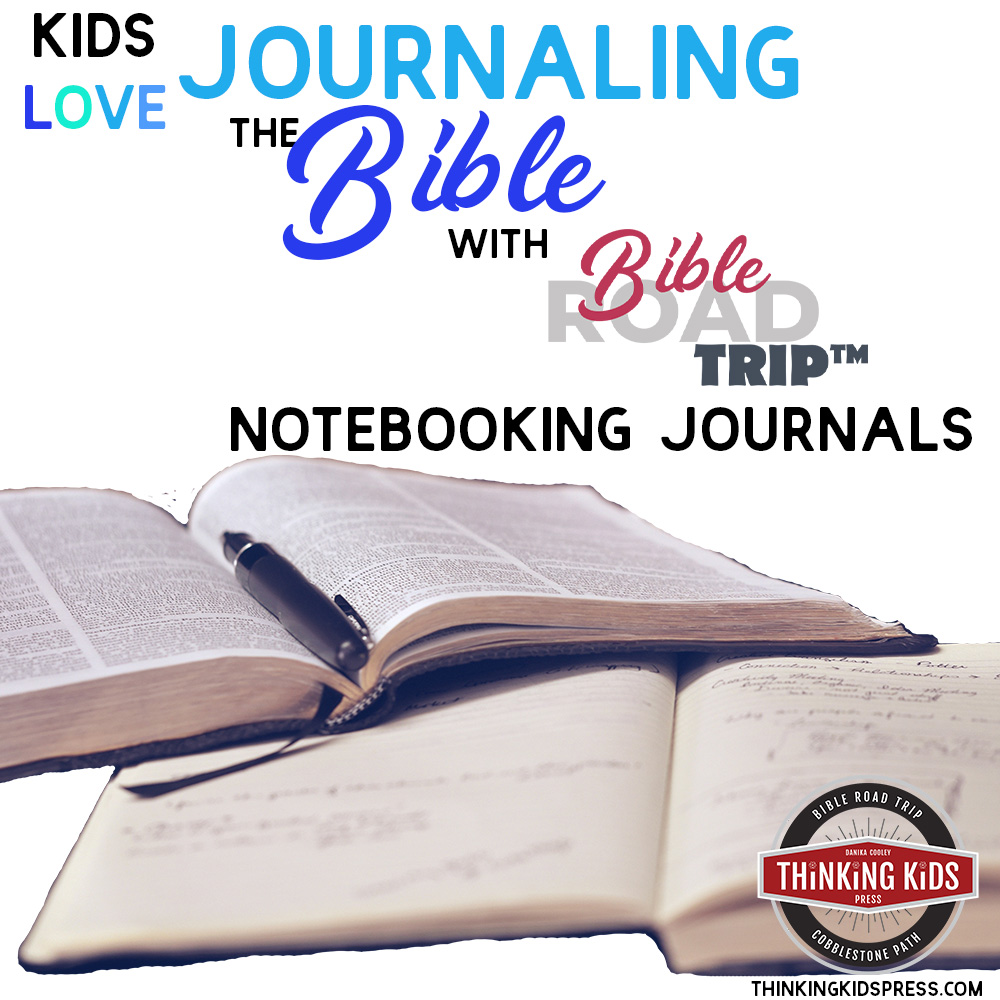
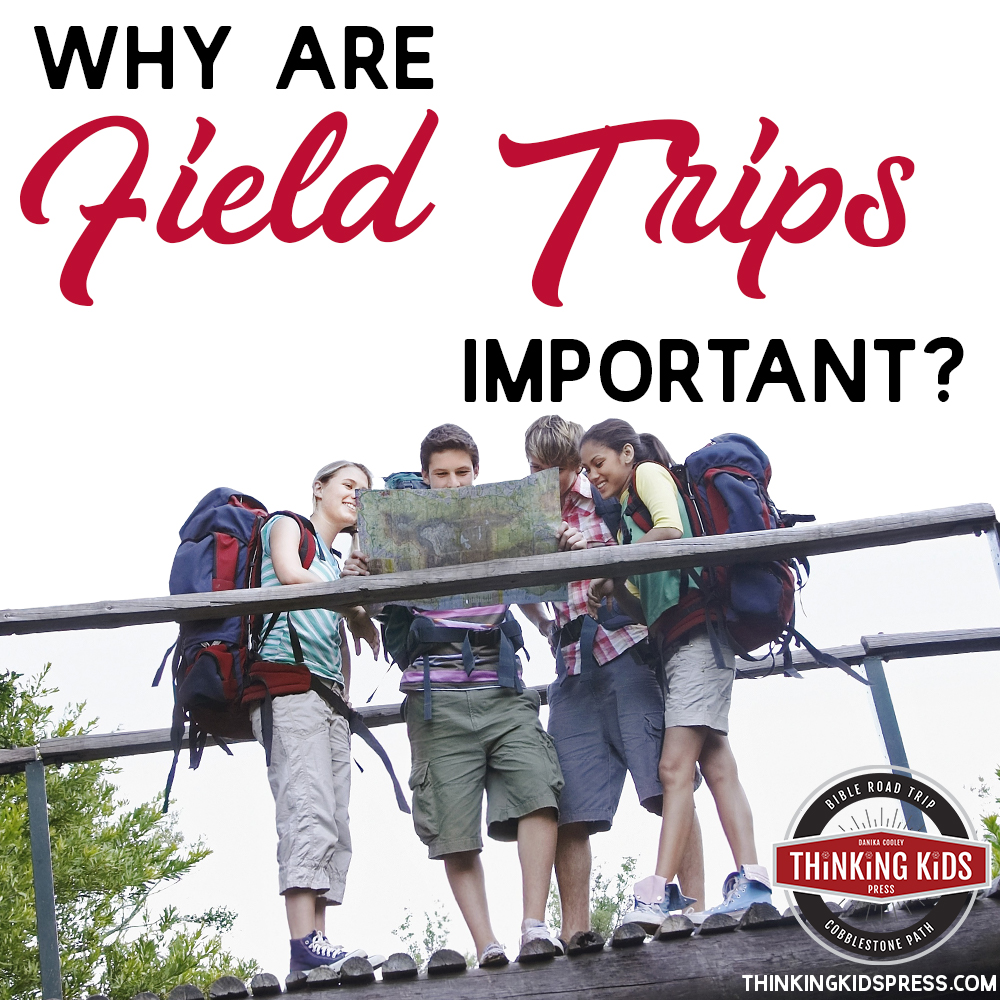
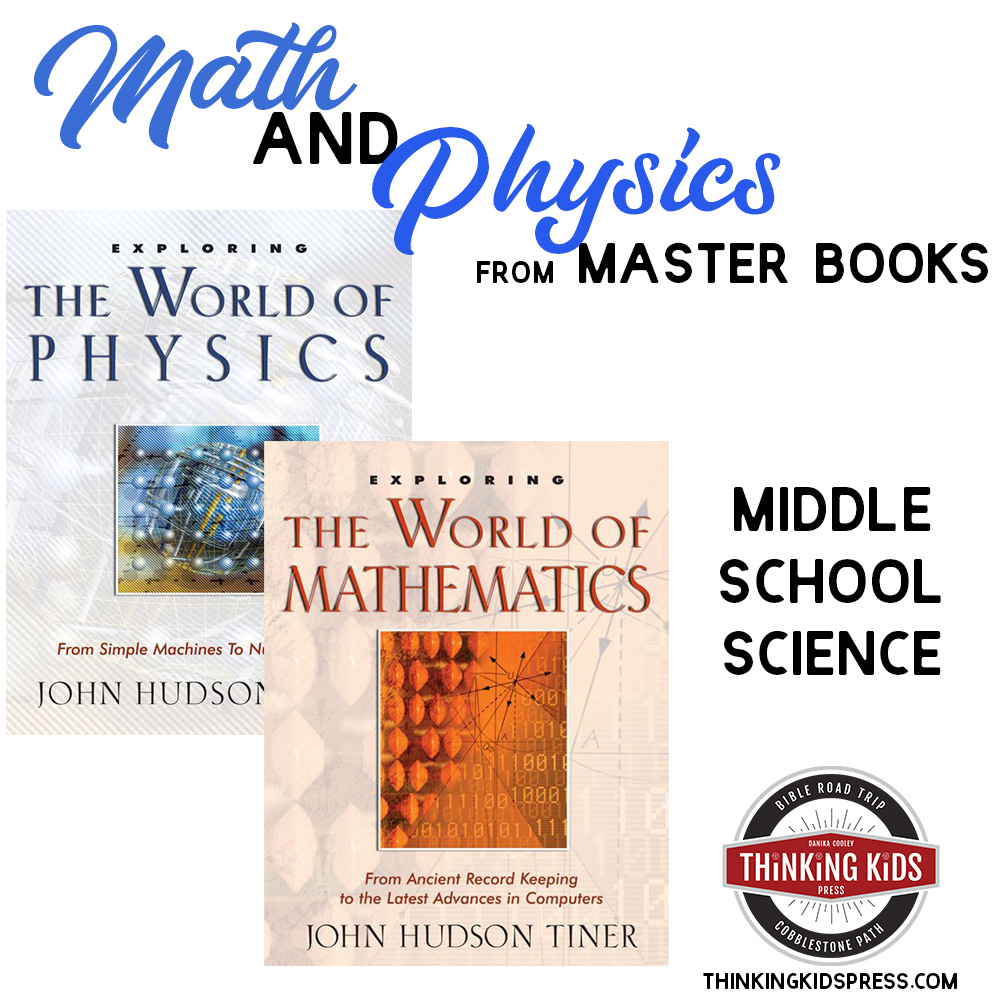
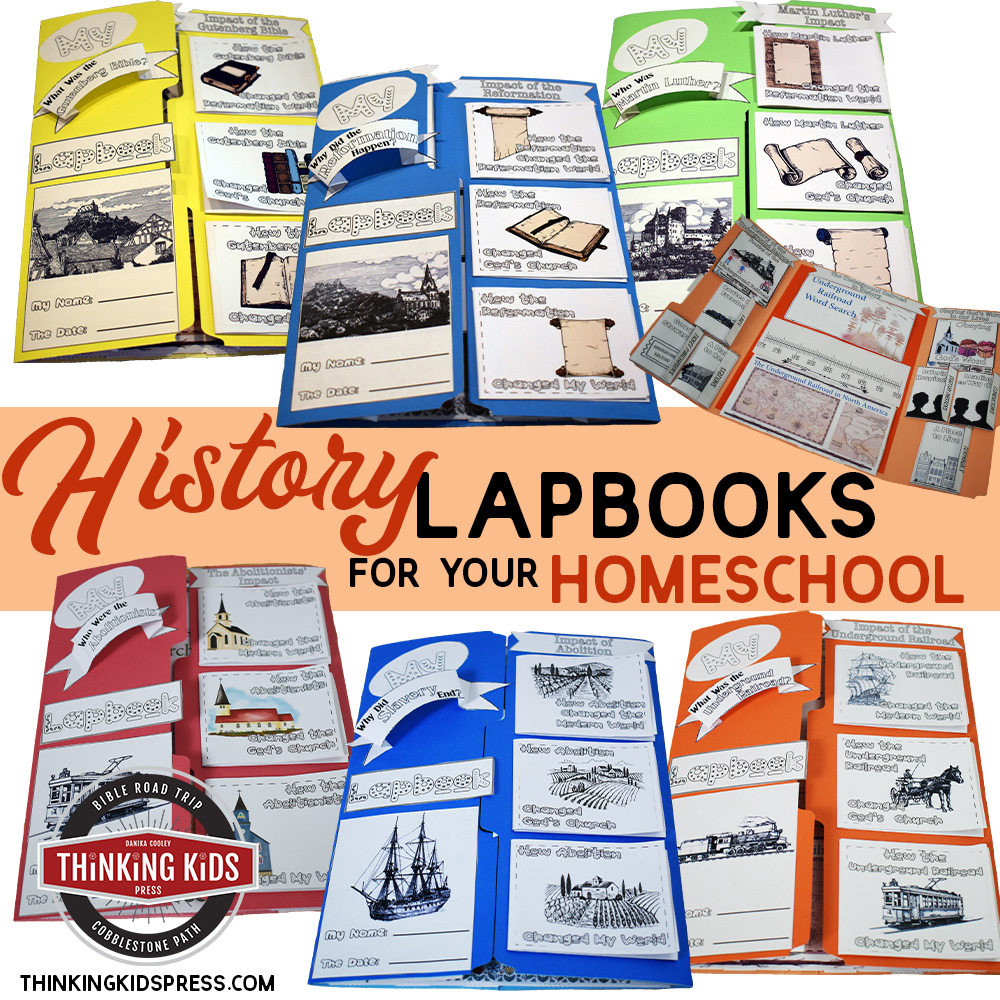
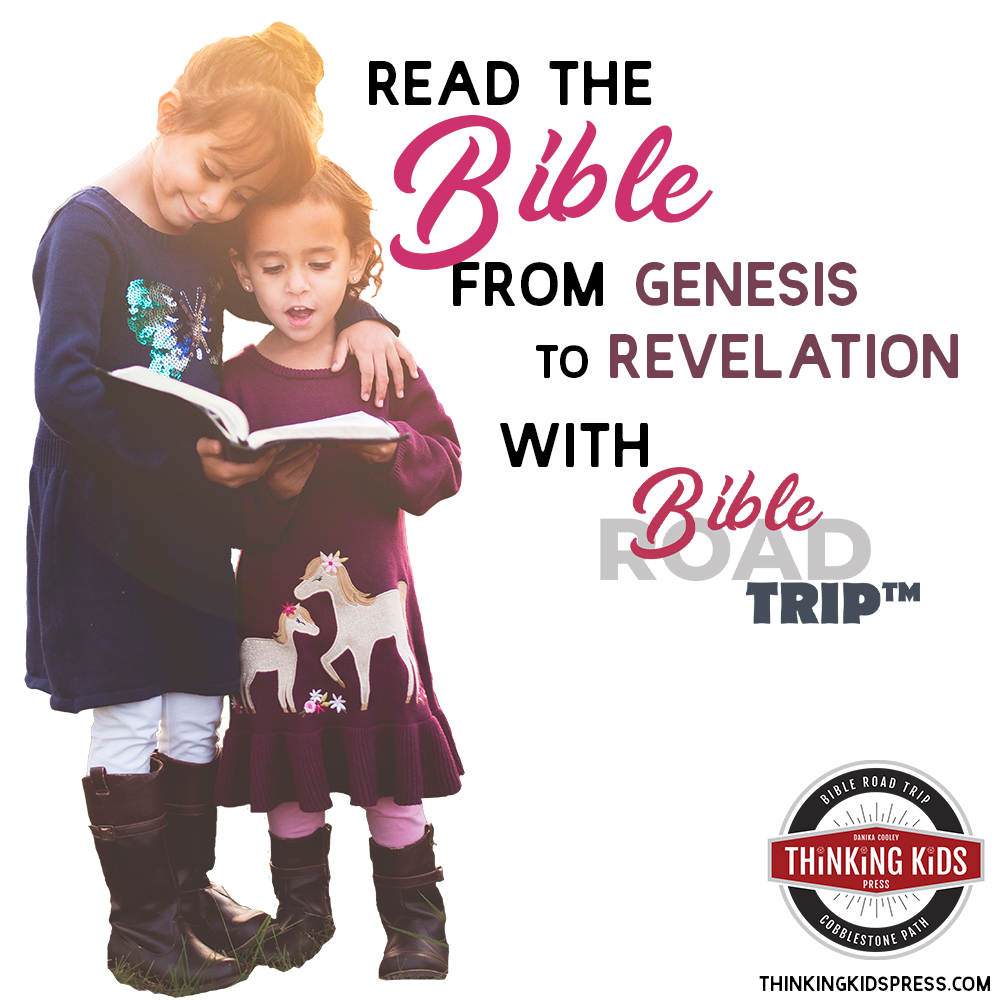
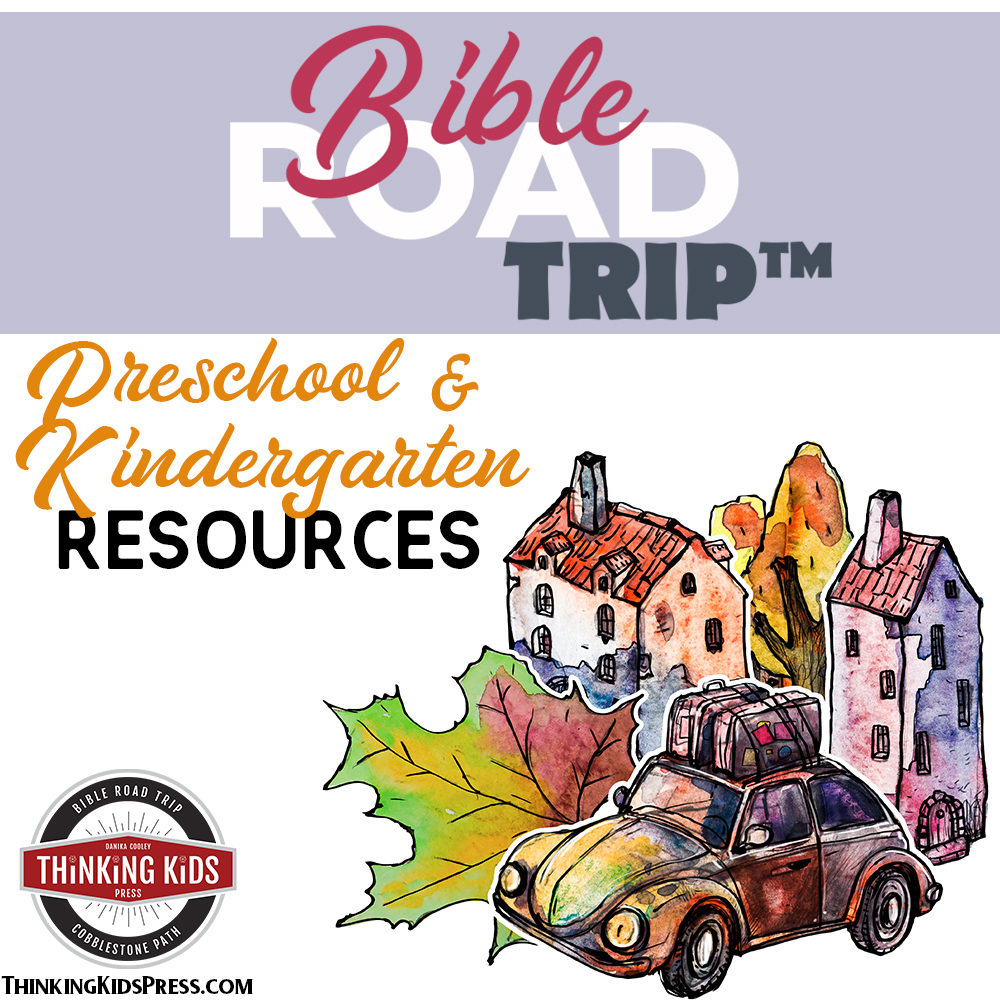
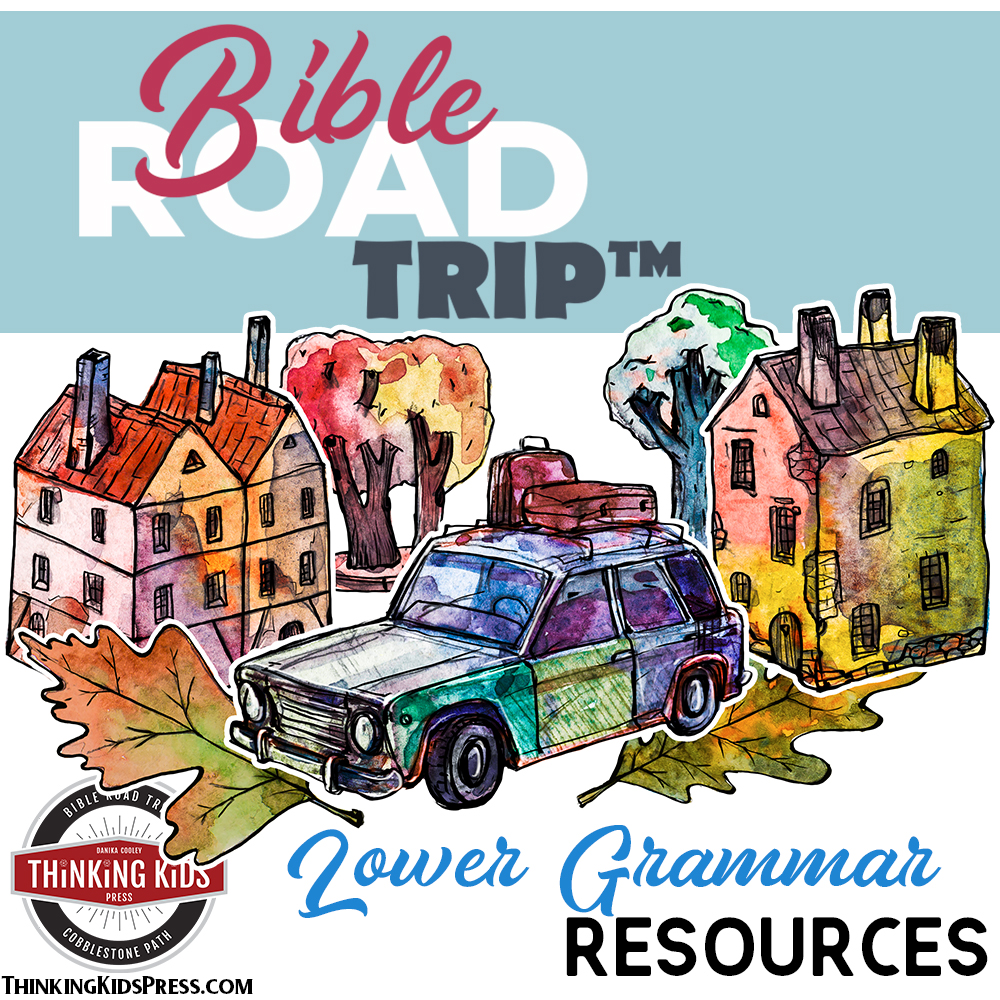
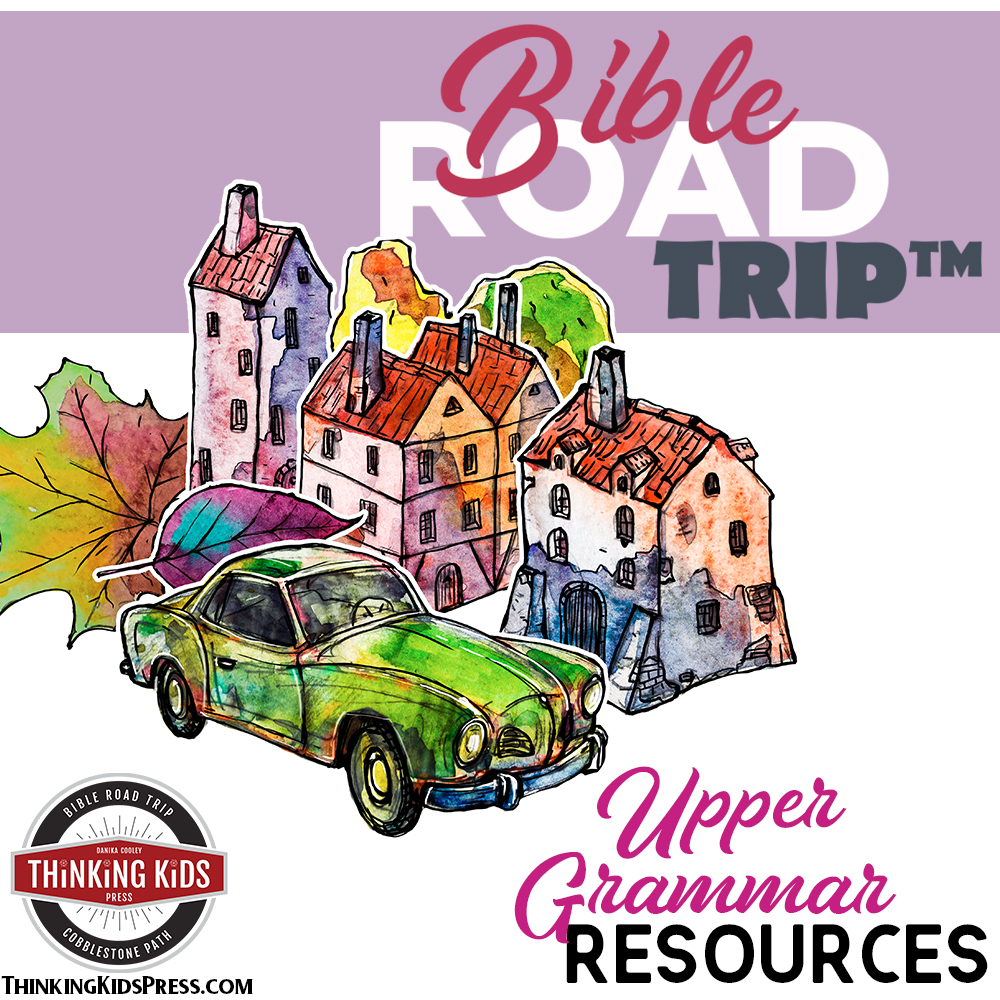

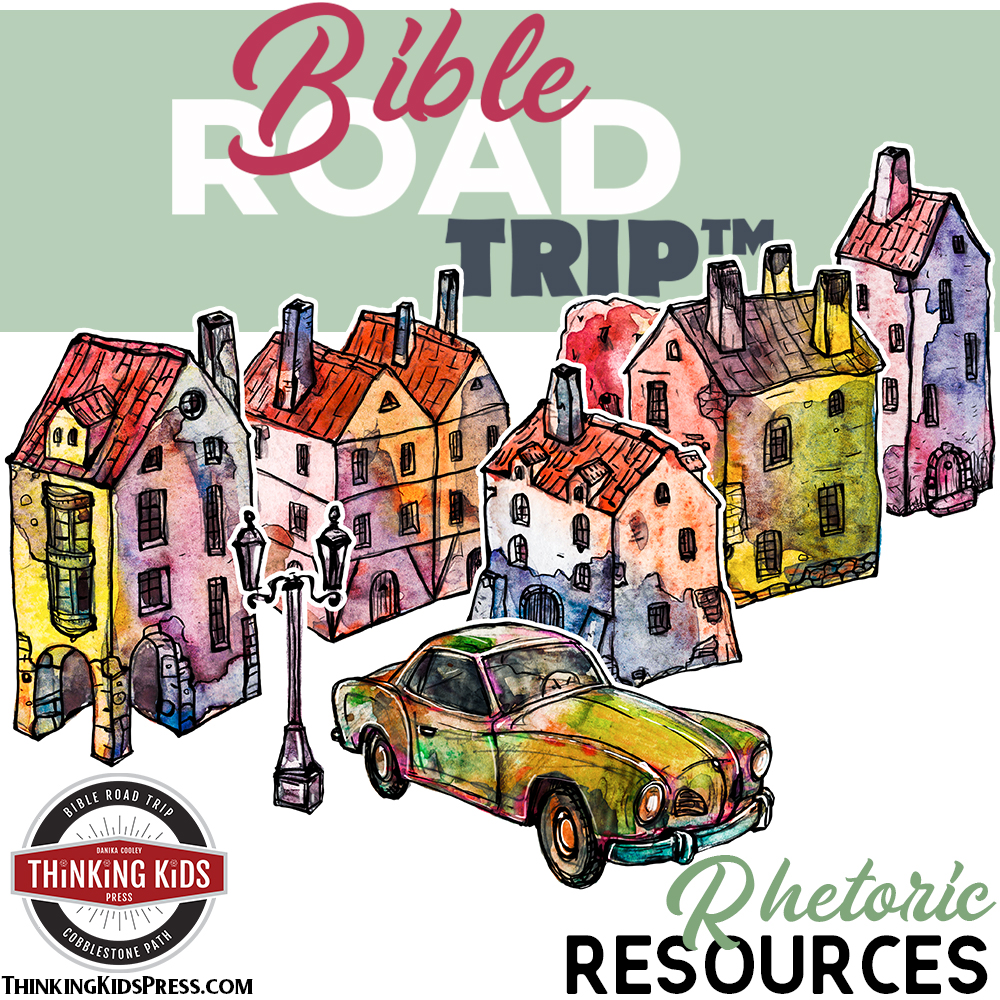



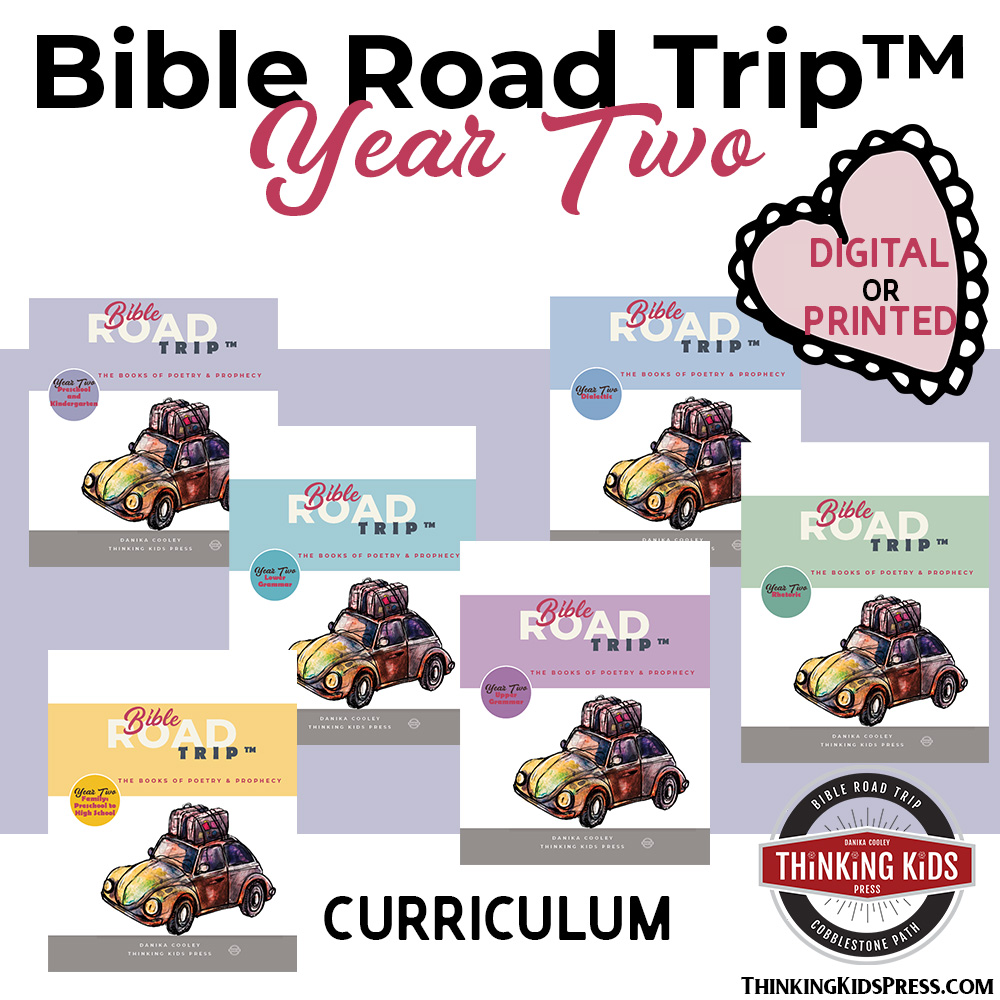
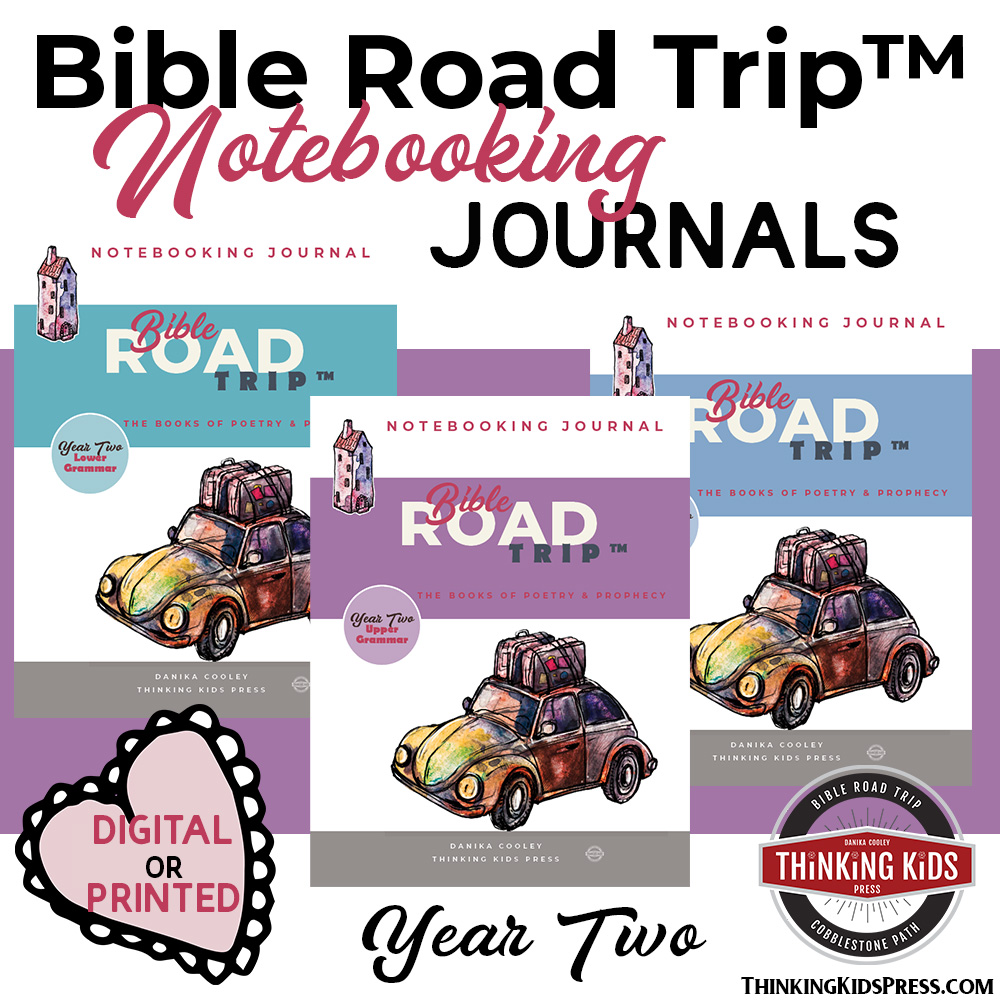
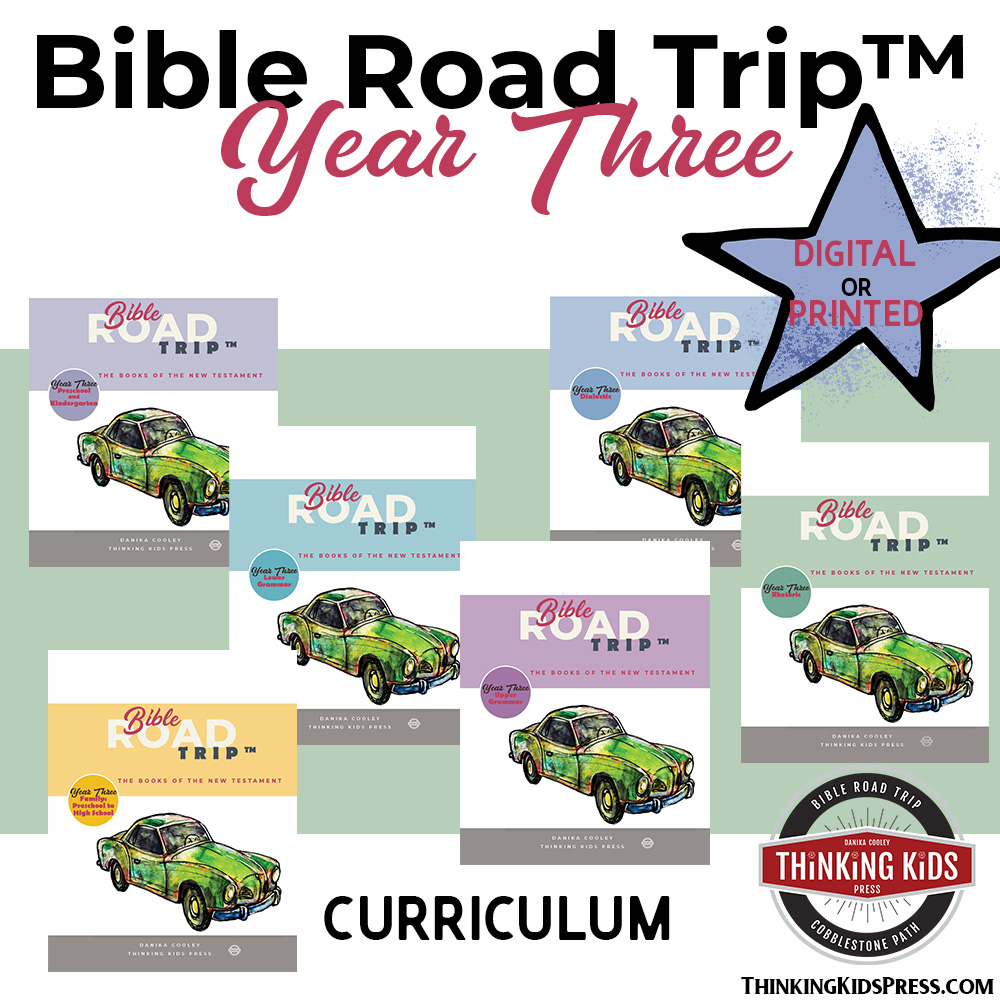
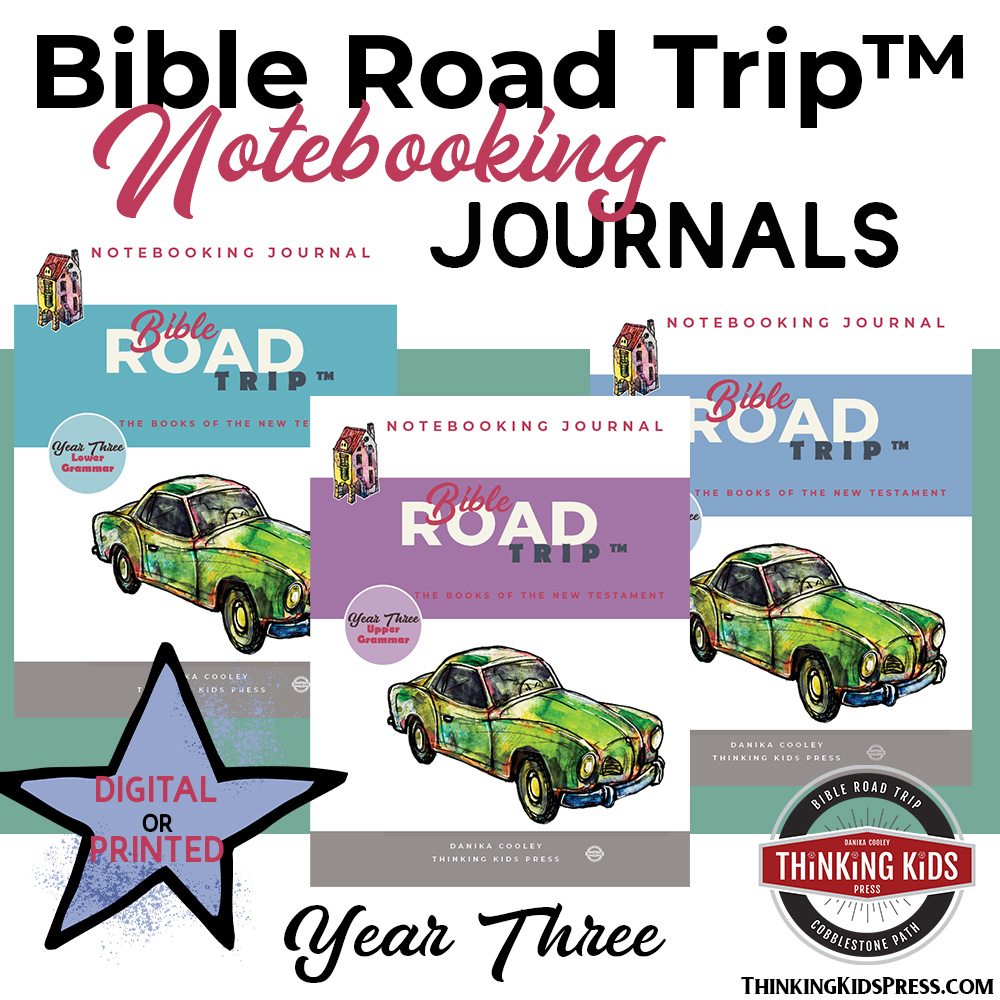
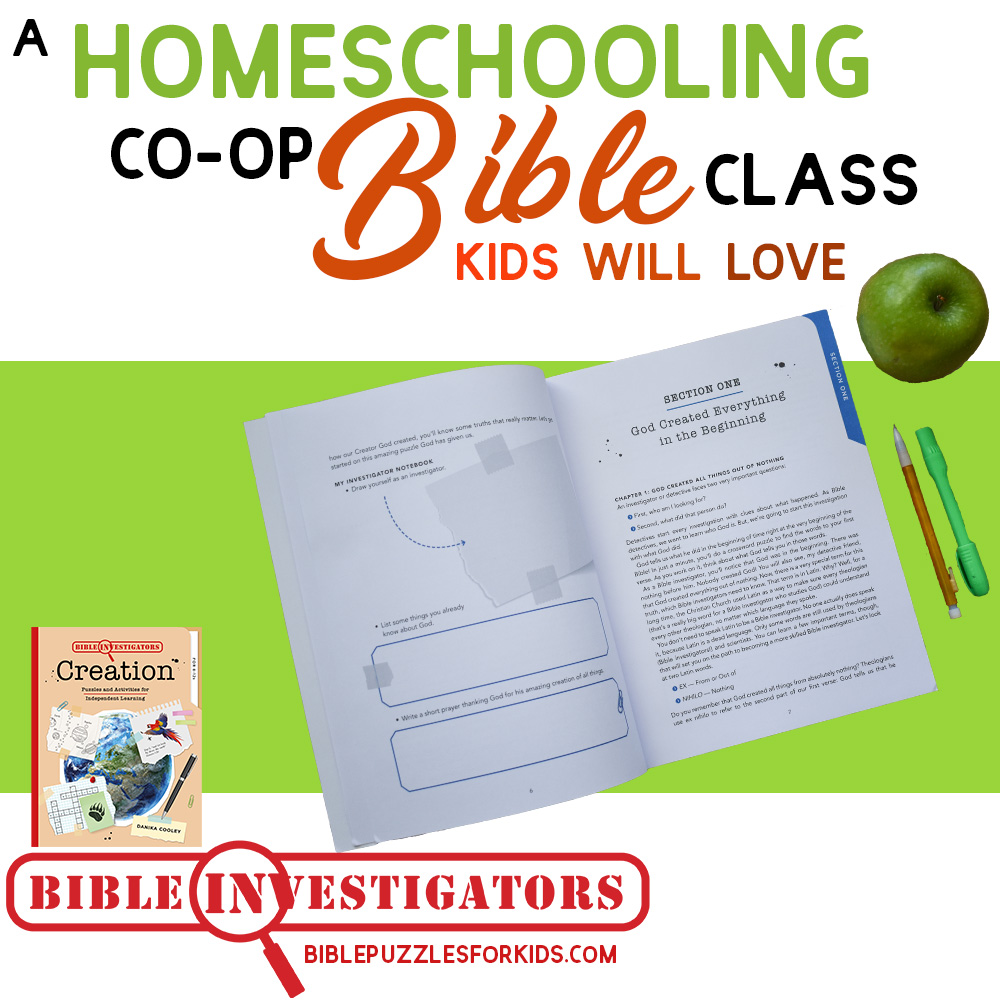
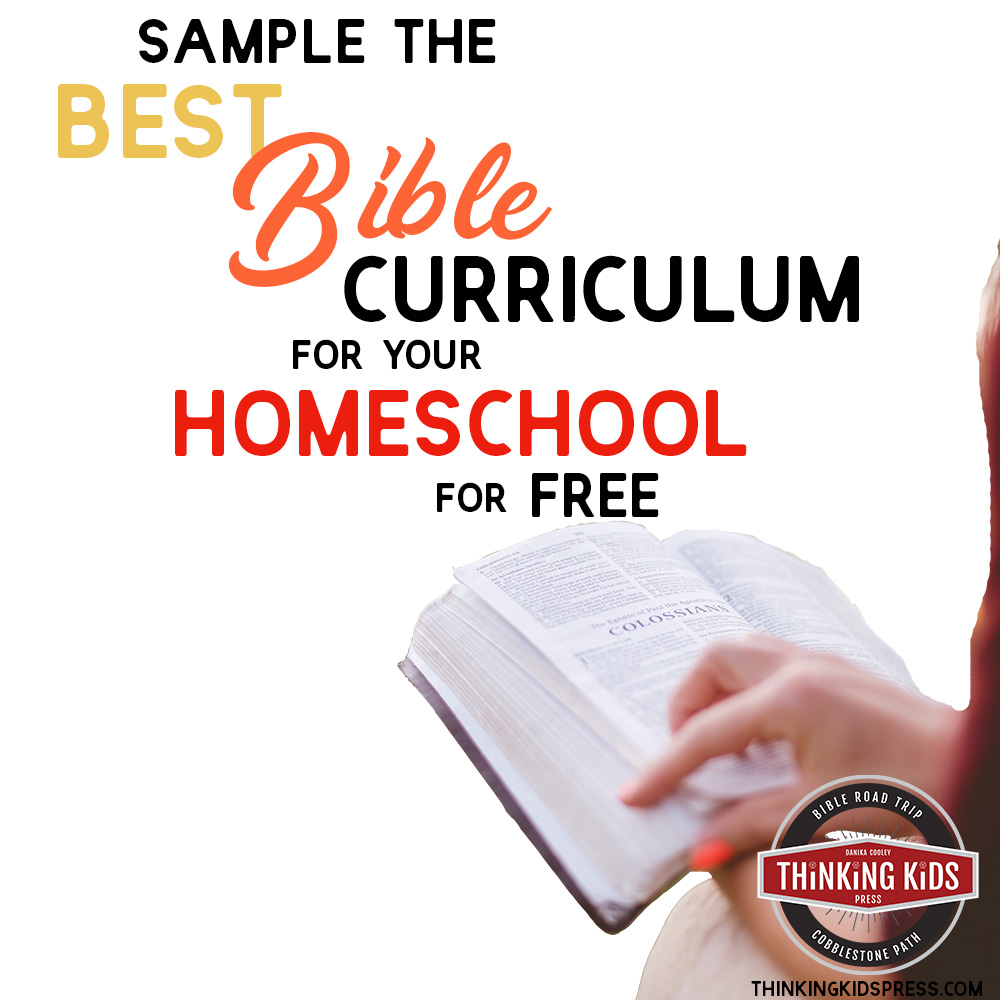

We have always used Sonlight Science. Starting a few weeks ago I scrapped their plans for the rest of the year and we are spending time on things that we want to do. Next year I plan on doing some of the books that Sonlight recommends in addition to using books recommended in The Well Trained Mind and then add in library books. We are excited that by doing this we can spend as long as we want to on the things that really interest us.
Thanks for sharing! That sounds interesting. I’ve often thought that elementary level science could be well-served by great book choices. 🙂
We LOVE Elementary Science from Apologia too! Your words clearly state how we feel too!
Denise
Denise,
It’s no wonder it’s such a popular program, is it? 🙂
~ Danika
We use Apologia although this year have started Exploring Creation with General Science which has proved a bit less successful-maybe 11 was a bit young?
We also enjoyed the Apologia Elementary about the human body-there are constant requests to repeat the cell demonstration.
Sarah,
I’ve seen that cell demonstration! It looks really neat.
I’m curious: what about General Science is less successful for you? Is it drier material, or more confusing, or more work? We’re thinking of skipping the elementary-level Anatomy and Physiology so that we can get started with the secondary-level courses, and I’m wondering if delaying a year would be a better choice…
~Danika
I love the enthusiasm for Science that you have been able to share with your boys. You really make it sound both fun and educational. We use the Bob Jones University program for grades 4,5 and 6. They are very comprehensive and while they may be less “fun” they are definitely informative. The 6th grade program is particularly good, covering all major areas of science, one chapter at a time. By the end of the school year our daughter, Athena, was well prepared for higher level science. Thanks for the great post on Apologia.
Allia
Allia,
I appreciate your comment; I appreciate your thoughts. BJU sounds good. What do you plan to use for secondary-level science? Will you continue with BJU?
~ Danika
We are currently using an online program through Johns Hopkins University Center for Talented Youth. We have used their middle school trimester programs. These are very comprehensive and require high level reading, note-taking skills and testing skills. My daughter is now taking a high school level Honors Biology program. This is a very difficult class. I would recommend it for the very focused high school student. Allia
Thanks, Allia. I appreciate the information!
~ Danika
Getting ready to start Anatomy and Physiology with my 10 yr old and Physical Science with my 14 yr old. Excited for the Physical Science Notebook to be available! First year hosoichoelmng both of our boys, and first year with Apologia. Looking forward to it!
We’ll be using General Science this year. We’re really loving Apologia! Welcome to homeschooling. 🙂
I’m using the same thing you are this year with two girls and we are having a great time! We are no longer afraid of bats (although I didn’t enjoy encountering them in my house several years ago!), and our favorite experiment was “finding our bat baby” from a tray full of cotton balls marked with various fragrances. We made everyone in the household select a “baby scent” and find his or her baby.
Cyndi,
That sounds like fun! 🙂 We have a bat display at the zoo here that we love! We haven’t quite gotten to bats, but I know we’re almost there. The kids are SO excited about the bug displays we’ll be building later. They spent all summer collecting dead, winged bugs. We actually found some spectacular samples (or corpses… your choice). I admit to feeling squeamish over the project – and we haven’t even put an pins into little bodies yet!
~Danika
Have you visited the Tualatin River National Wildlife Refuge near Sherwood? Over 200 varieties of birds visit annually. Sunday afternoon a nice gentleman with a scope let us view an Osprey on a snag. He also pointed out a Bufflehead and a Northern Shoveler – two ducks I’d never heard of before. Be sure to take binoculars! And watch out for the silly lizard that thought Chris’s shoe would provide great shelter!
Carol,
Thank you for the tip! I’ve never heard of the Wildlife Refuge. I’ll have to talk Ed into a field trip. I’m sure my boys would be happy to help any stray lizards find shelter! 🙂
~Danika
I like Apologia also. We’re using General Science this year. What I love is that the books are written in a conversational, easy-to-understand way. I think the Astronomy was one of the boys’ favorites. They still talk about things they learned that year, which was 4 years ago!
Thanks for the comment, Michelle! I like the conversational tone as well. How is General Science going?
~ Danika
We’ve enjoyed it. Some of the information is tough, but having the boys keep a journal helps. The experiments really are easy and really help to drive key points home.
Wonderful. Thanks, Michelle!
It was our first visit. Robb discovered it online when looking for new places to hike. Some of the trails are not open now. The Interpretive Center was also not open when we went, which was late Sunday afternoon. However, it was a good time to interact with other bird watchers, esp the guy who generously shared his scope and answered our questions. Be sure to pick up the “Watchable Wildlife” guide and the trail guides, available any time near the trail entrance.
Carol,
That sounds like fun. We love to hike. I’m glad to hear there are trail guides available.
~ Danika
We use Apologia too! I love it and so do the kids! We started the year with BJU and although I like that too, my little one was a in need of something more. So we sort of do both. Apologia is awesome! 🙂
That’s great! 🙂 Thanks for sharing! Do you do both all the way through, or pick and choose your activities?
~ Danika
I’m so loving this post. I’ve had friends say they love Apologia science but I’ve never seen such an in-depth review of it before. We started the old Sonlight science and history published by Usborne briefly this year before scrapping it because it was just atrocious and counter-biblical. Since then, we’ve been doing a lot of books from the library which has been more interesting and free!
I have great plans to do an Apologia unit next year but now I have the bug to start this year. Thanks for a fun, great article, Danika.
Wonderful, Lalia! We really do enjoy it. I’ve had some degree of difficulty finding good supplemental books that aren’t counter-biblical. It’s a challenge. We love doing Apologia, and we listen to Jonathan Park (I think I’ll review that next week). I find then that the boys have a decent understanding of the basis of our scientific disagreement with evolution, and we can selectively read some things that may make unproven assumptions – because they’ve been trained to look for the difference between truth and lies. I hope you love Apologia as much as we do!
~ Danika
Hi Danika, This is Roxie (Bekah’s mom, from Sunday School). What is the age range for the elementary set? Do you think it would go straight over a 5-year-old’s head? Thanks!
Hi, Roxie! The age range is from 6-12. We started in 1st grade with a 6 year old – I read and they listened, then we worked on the notebooks. I think they would have done fine in Kindergarten. However, if I were to use Apologia in Kindergarten, I would definitely choose to go with the Junior Notebook and take enough time to do all the activities. In 1st grade, the primary frustration was the writing – I think the Junior Notebook would have been helpful. I probably would have started with Astronomy as well, as it seemed to me to be significantly easier than, say, Botany or Zoology. However, you have one precocious little girl, and I’m guessing she could handle it.
You are welcome to come over some time and take a look at the courses we have!
~ Danika
Thanks, Danika. I was actually looking at the Astronomy one, because she loves anything to do with space. (The apple doesn’t fall far from the tree!) I might just get that one for her, for her upcoming birthday. If that works out, I might order more.
I’m really enjoying your blog. It was highly recommended by Barbie at our MOMs Bible study! 🙂
I hope you love Apologia as much as we do! Our 3rd kiddo is an astronomy fanatic.
I’m so glad you like the blog. Thank you for checking it out!
I love these Apologia science books too! First it was for their content. But as I stepped away from this year, I’ve discovered how I love that they’re all inclusive. In one book you have all the content; Curriculum and experiments. And the experiments are simple enough I probably just need to pull things out, not go shopping. I’m tired of chasing websites with broken links and hunting down the right book at the library to correspond to the latest free online lapbook. I have figured out that the adventure of DIY is best kept to my hobbies, not part of my homeschool. PS with that, I’m really excited that you’ve bundled your road trip into books!
Lalia, I agree that one of the *wonderful* aspects of designed full-year curriculum is that it’s complete! In my opinion, it’s totally worth the money. 🙂
~ Danika
Did any of you use this with a 5-6 year old? What age did you start with? Thanks! 🙂